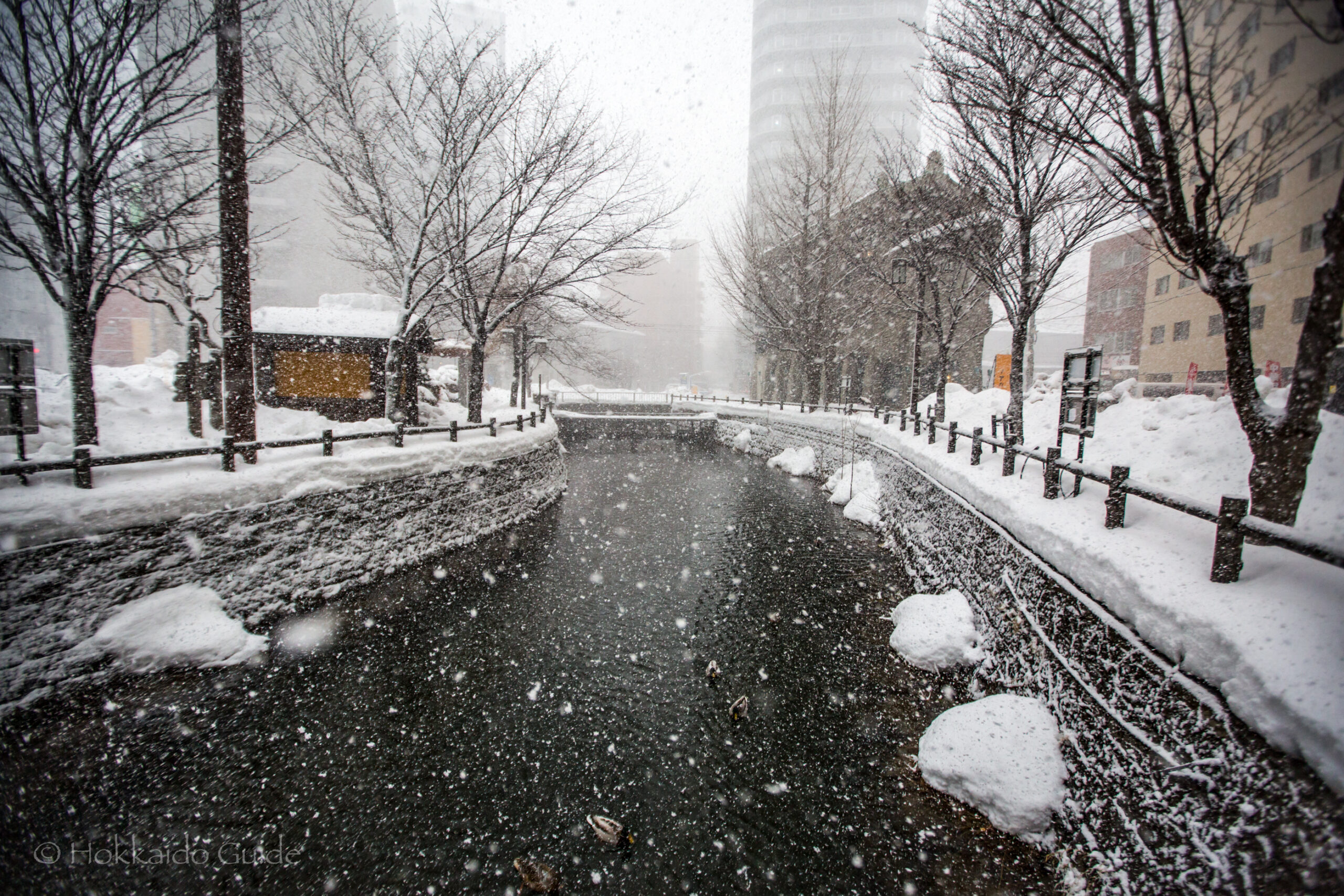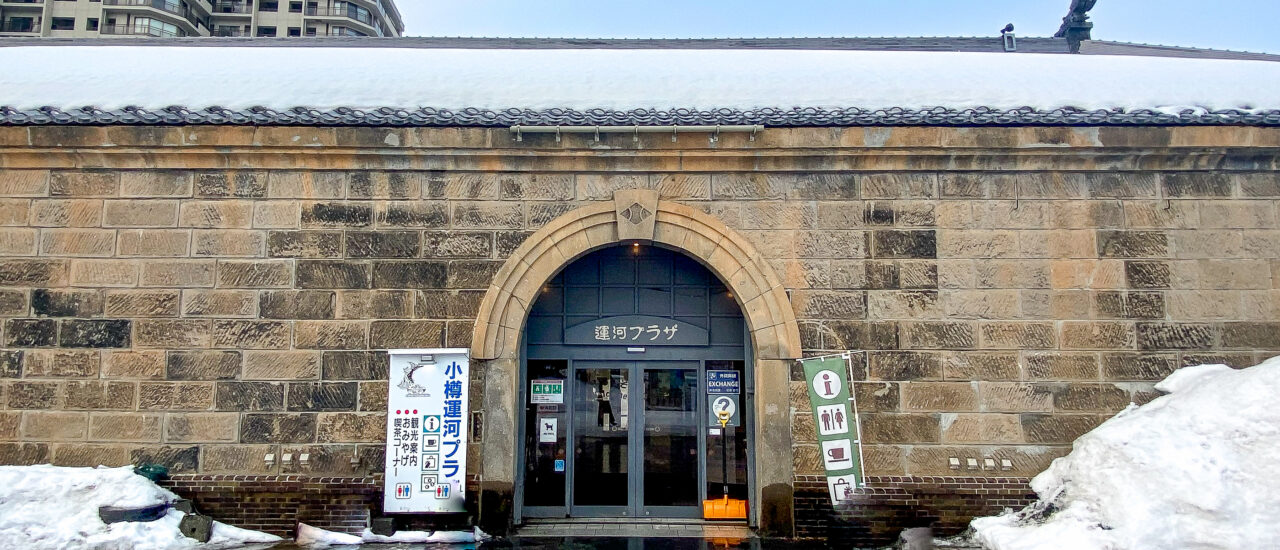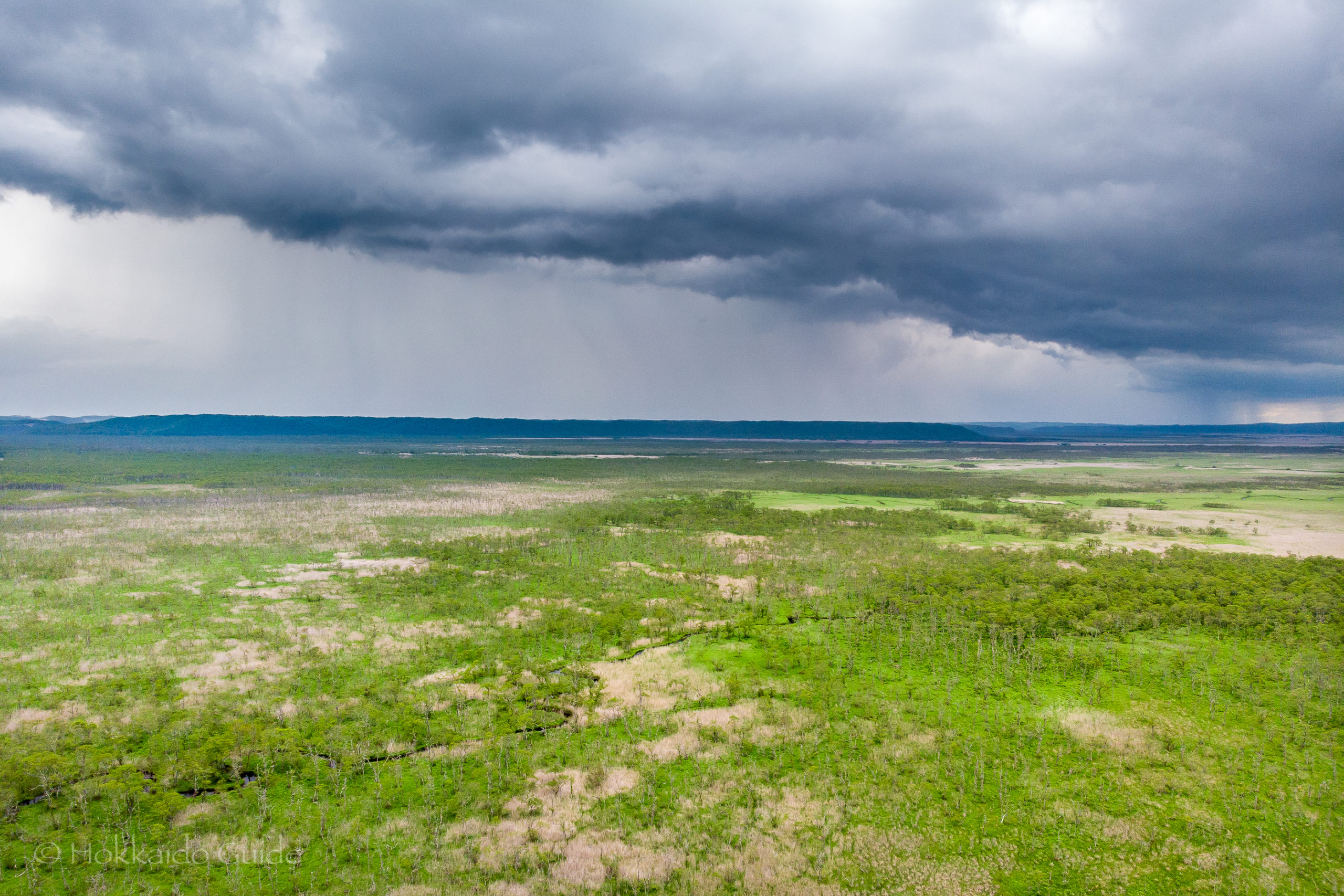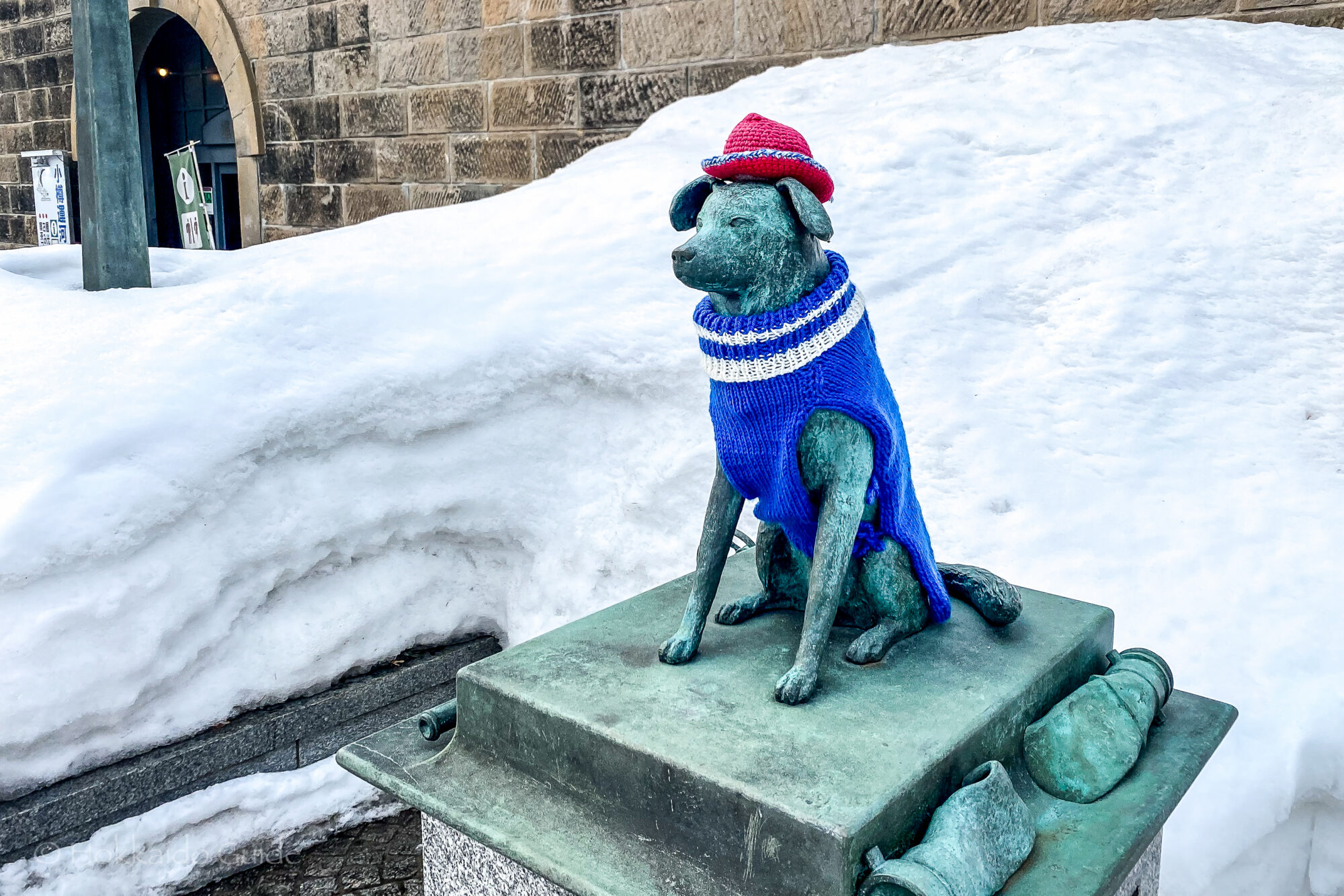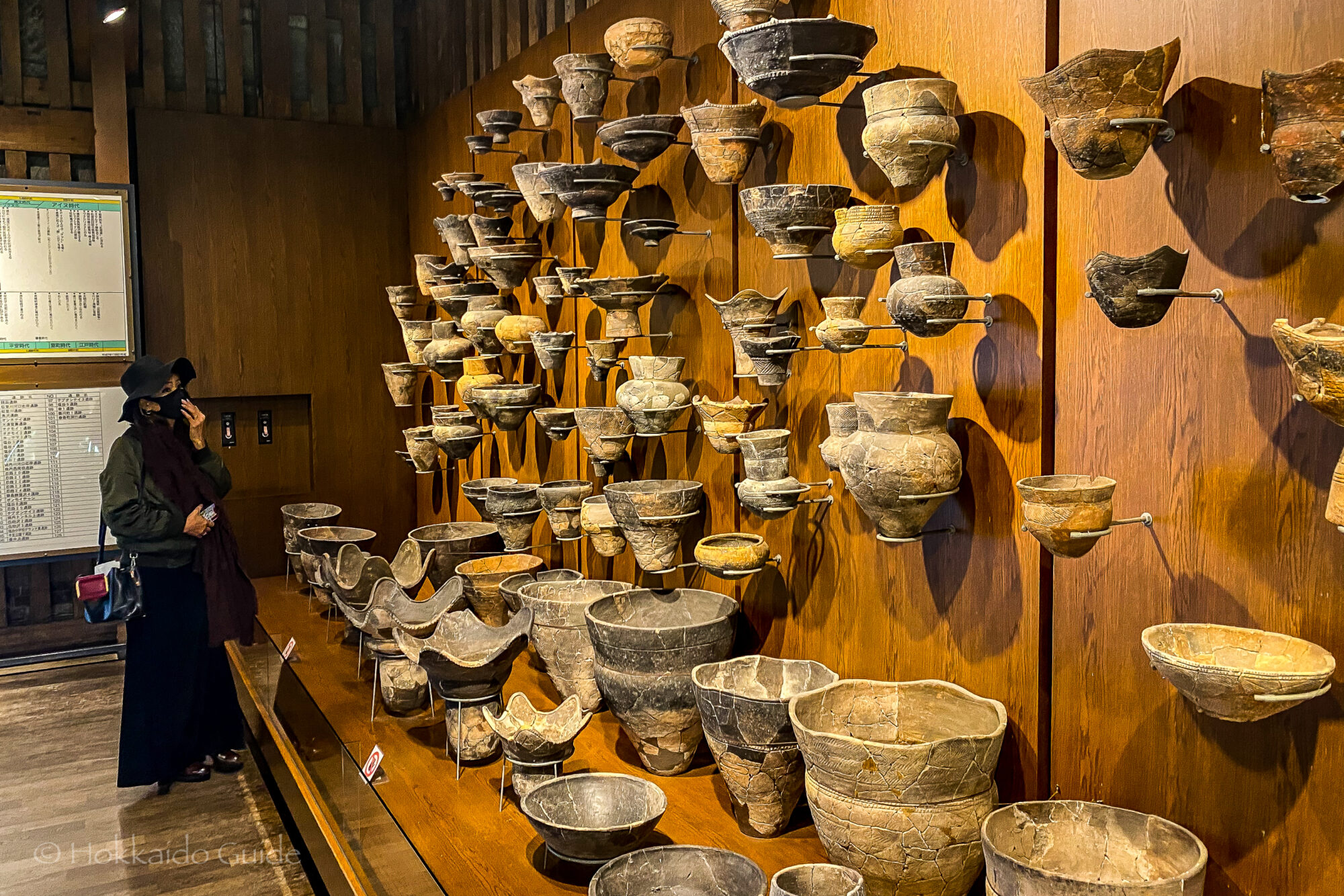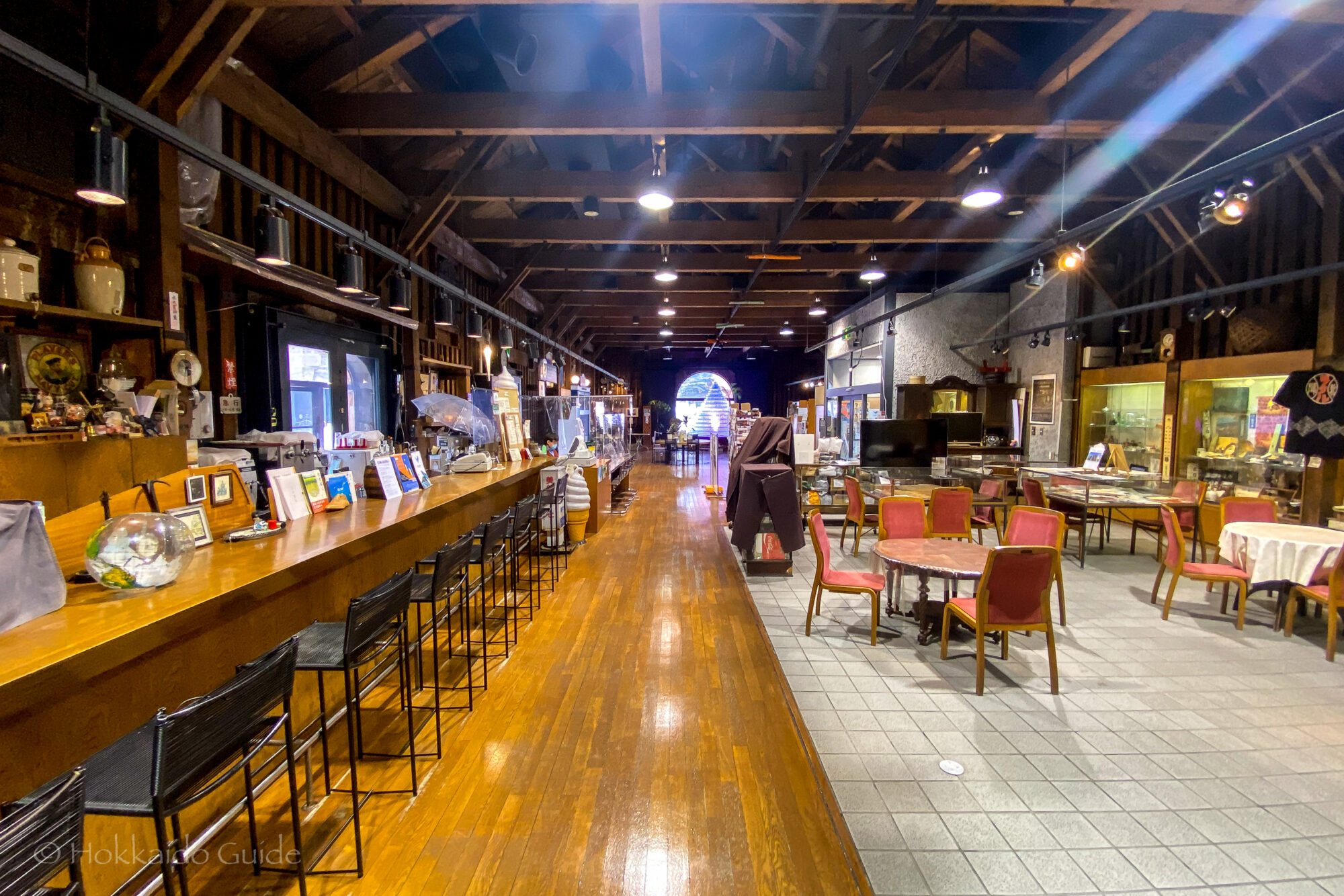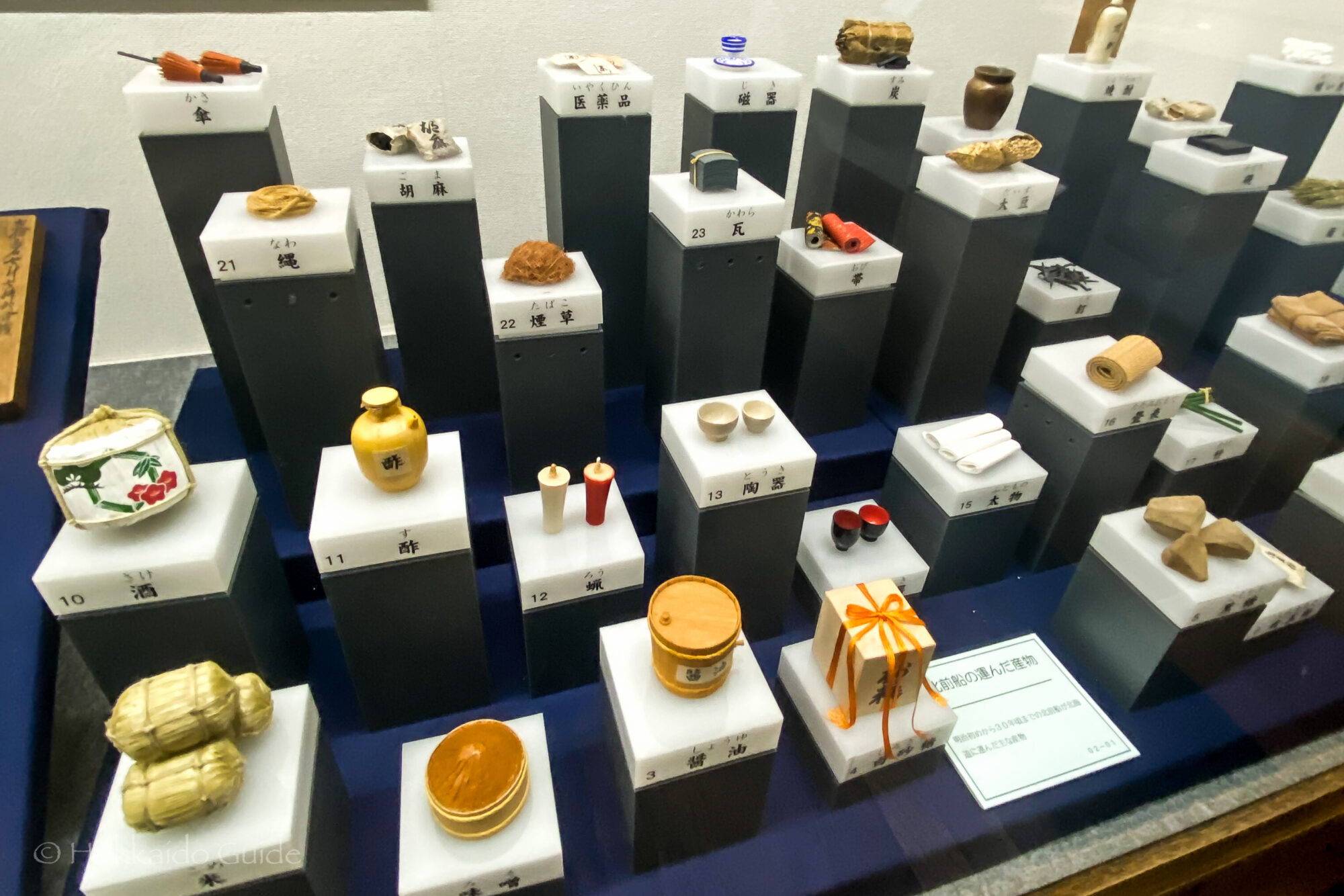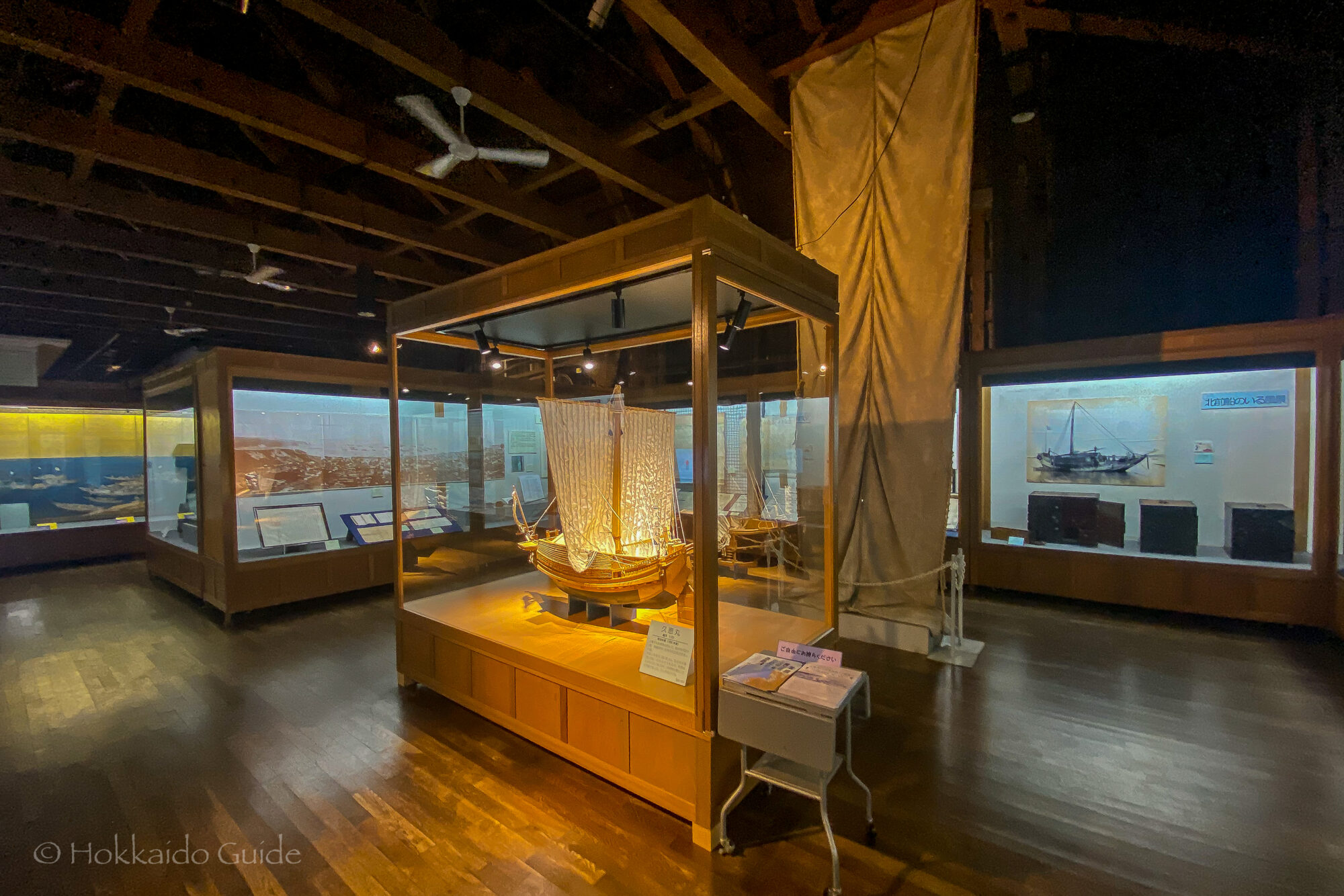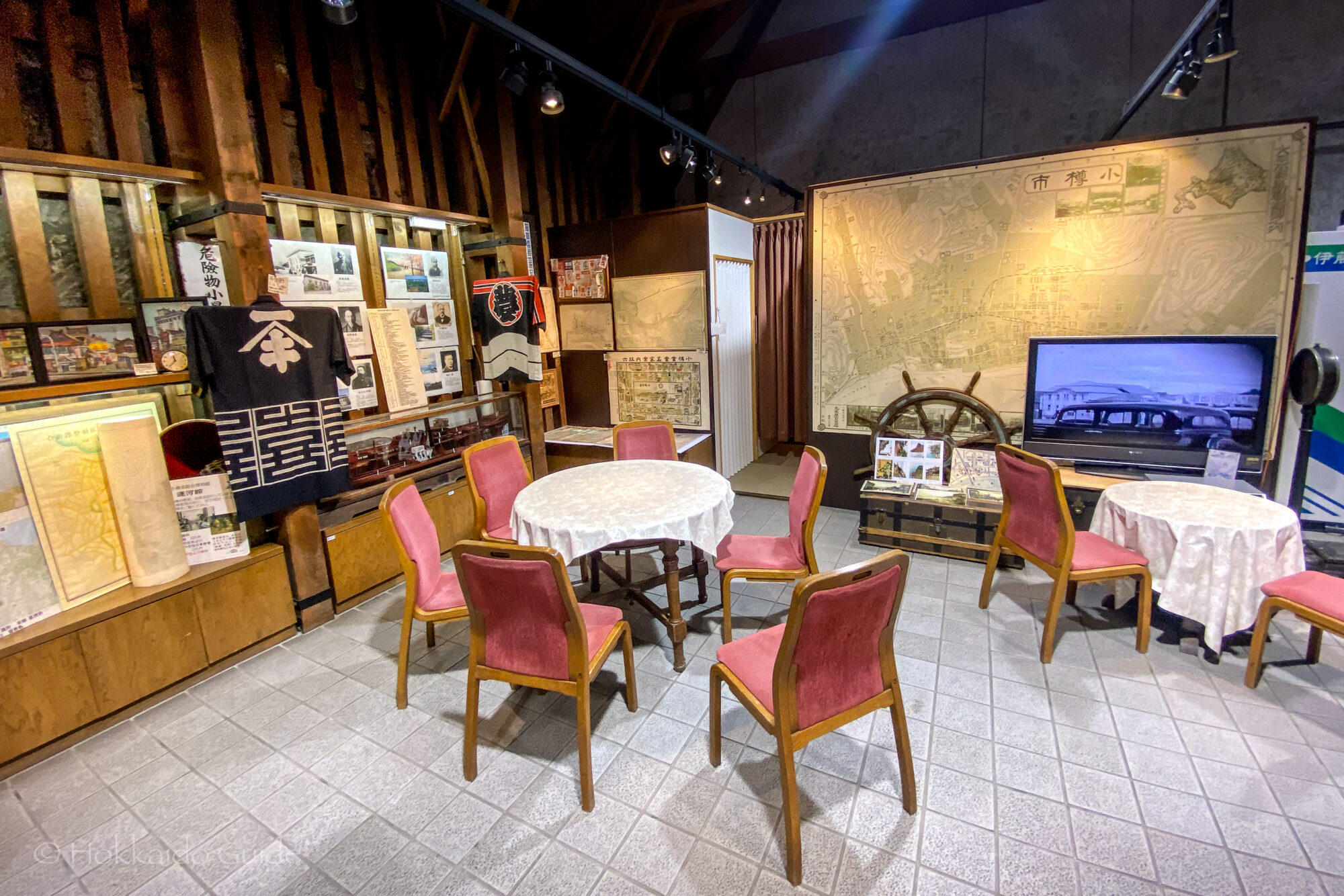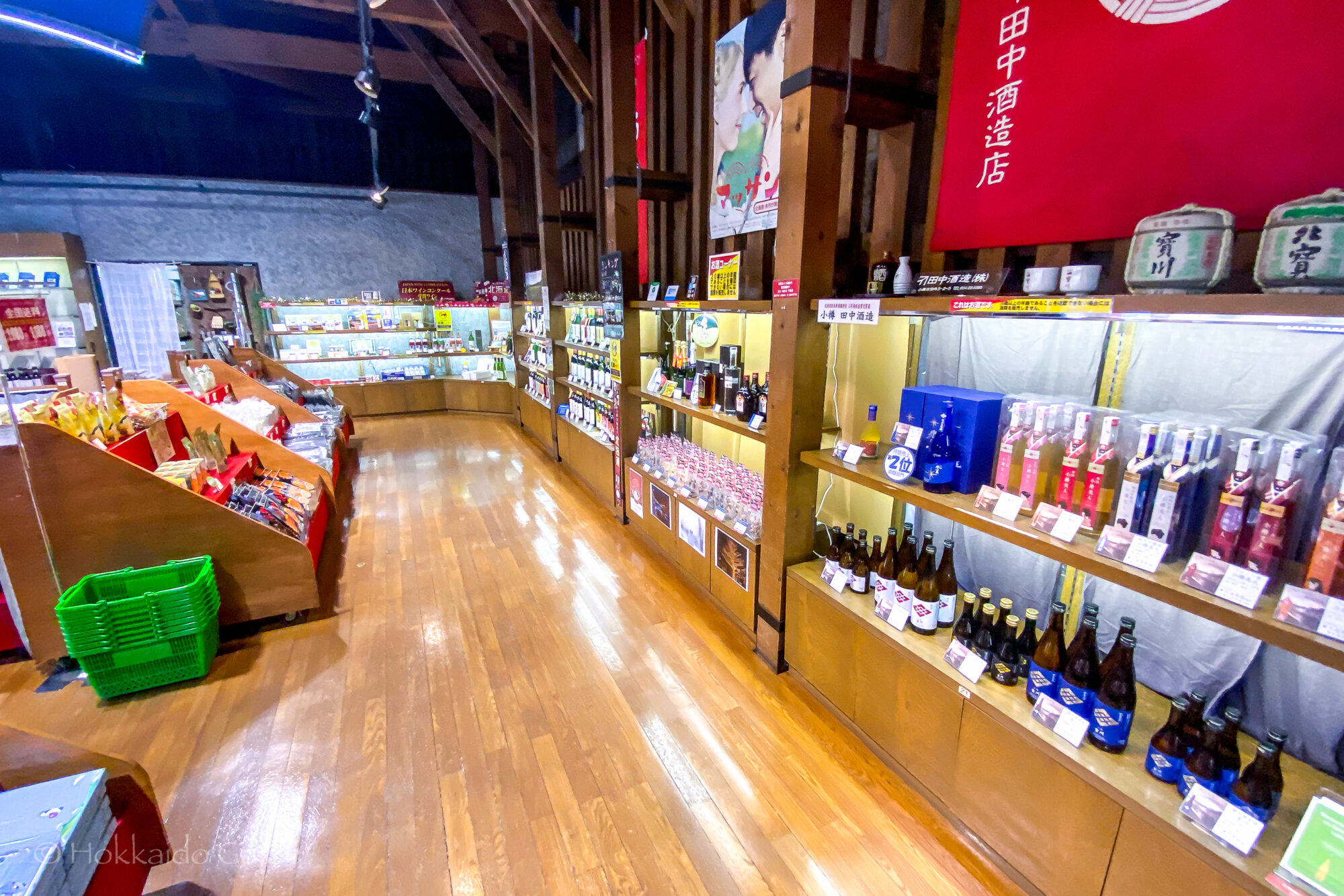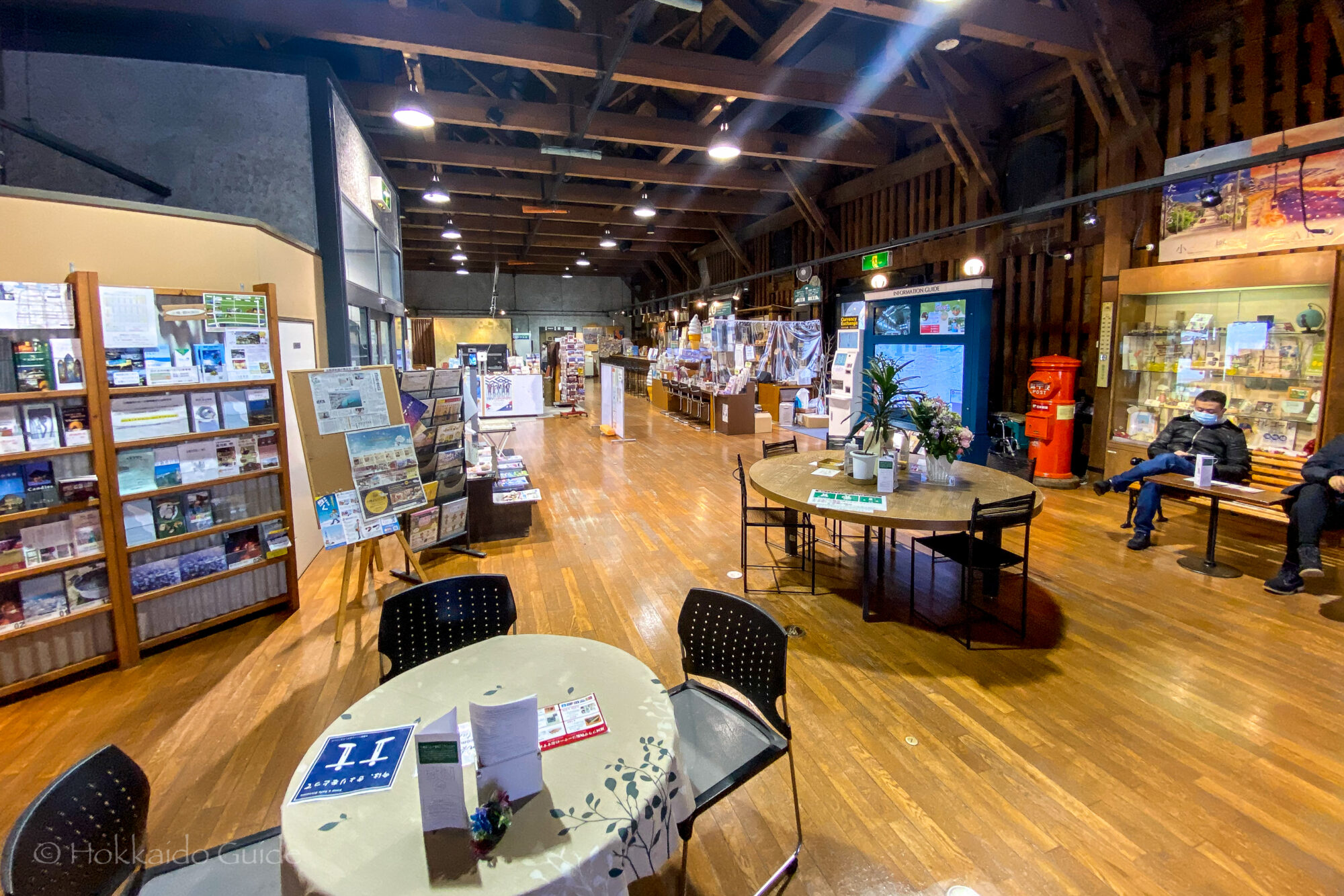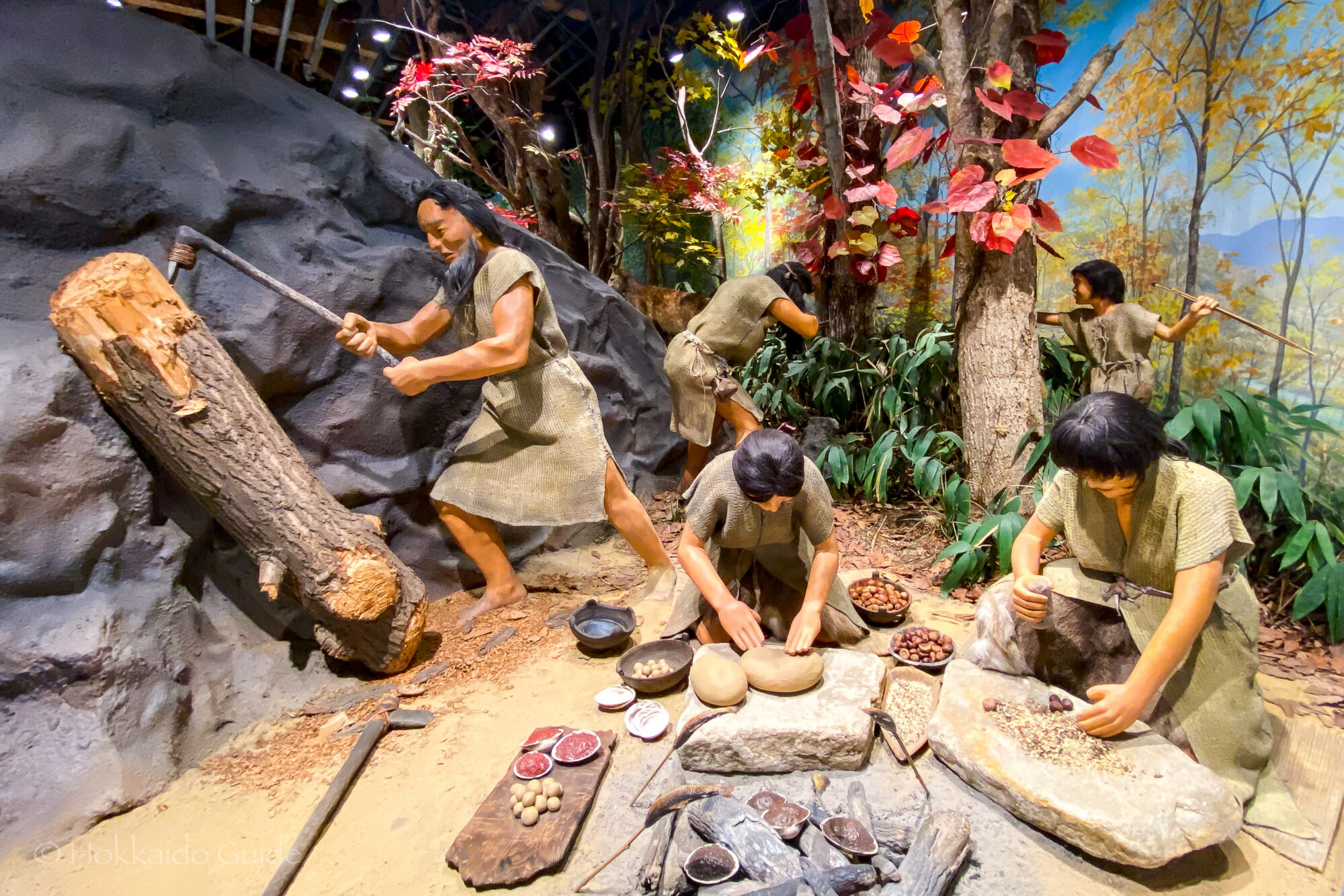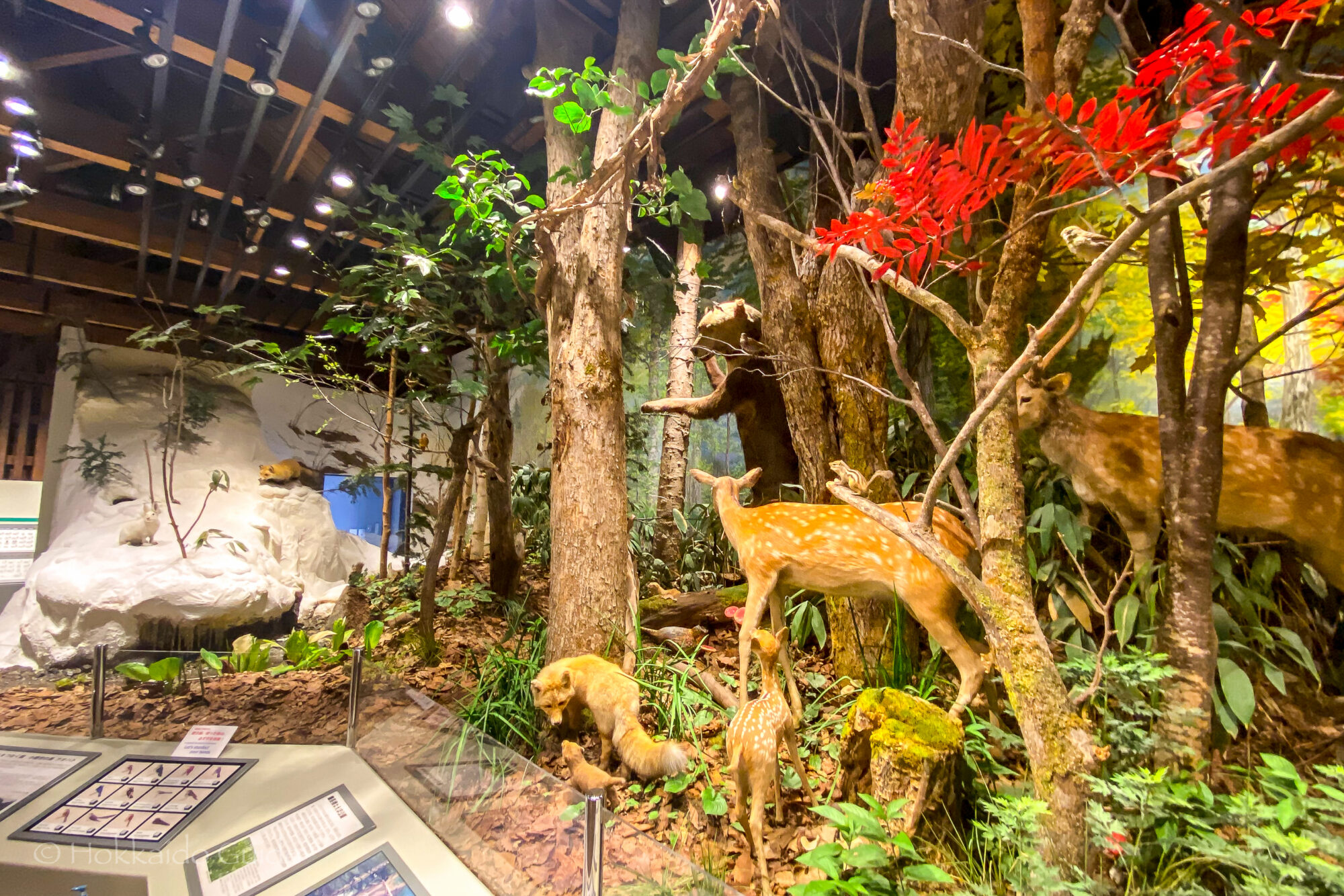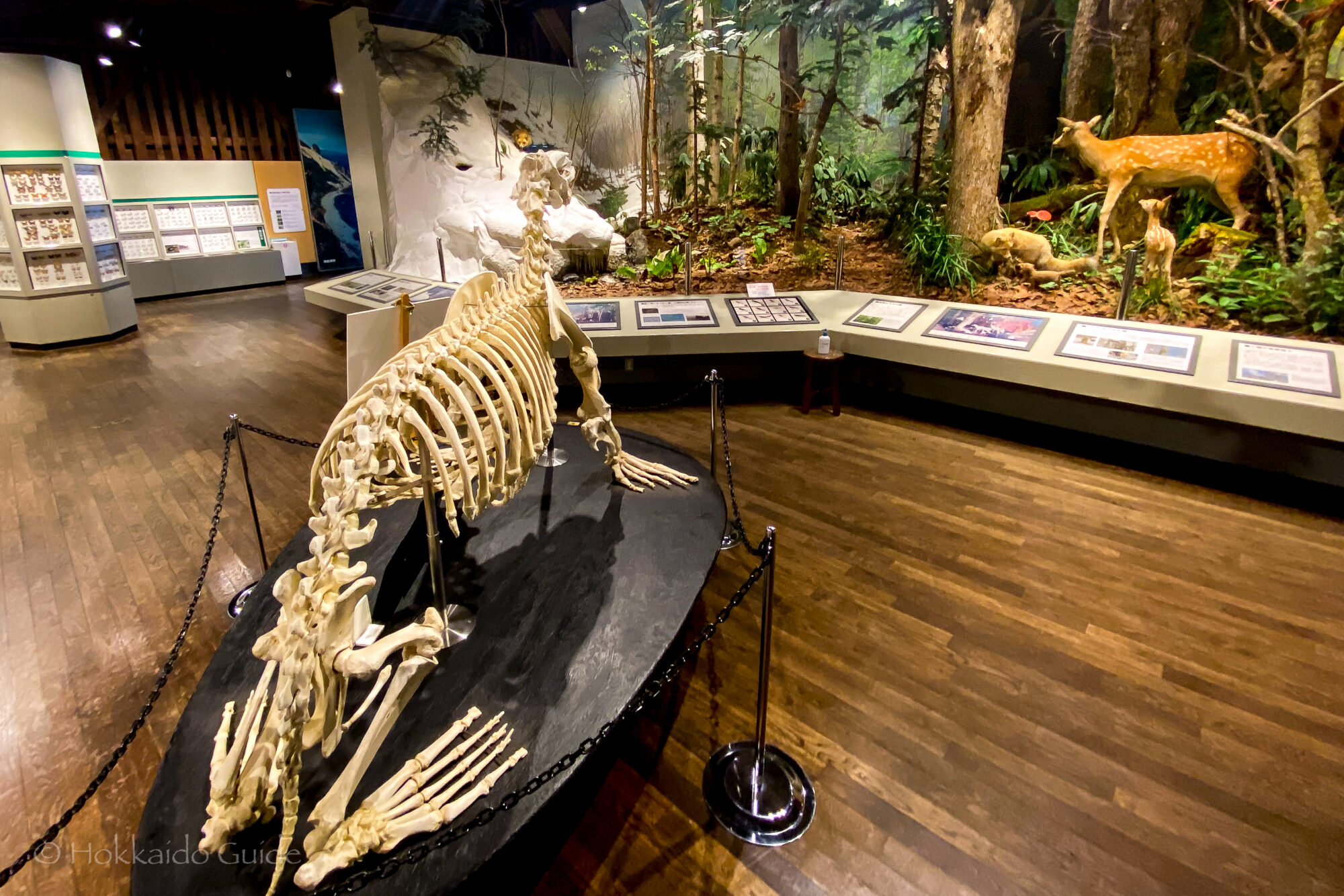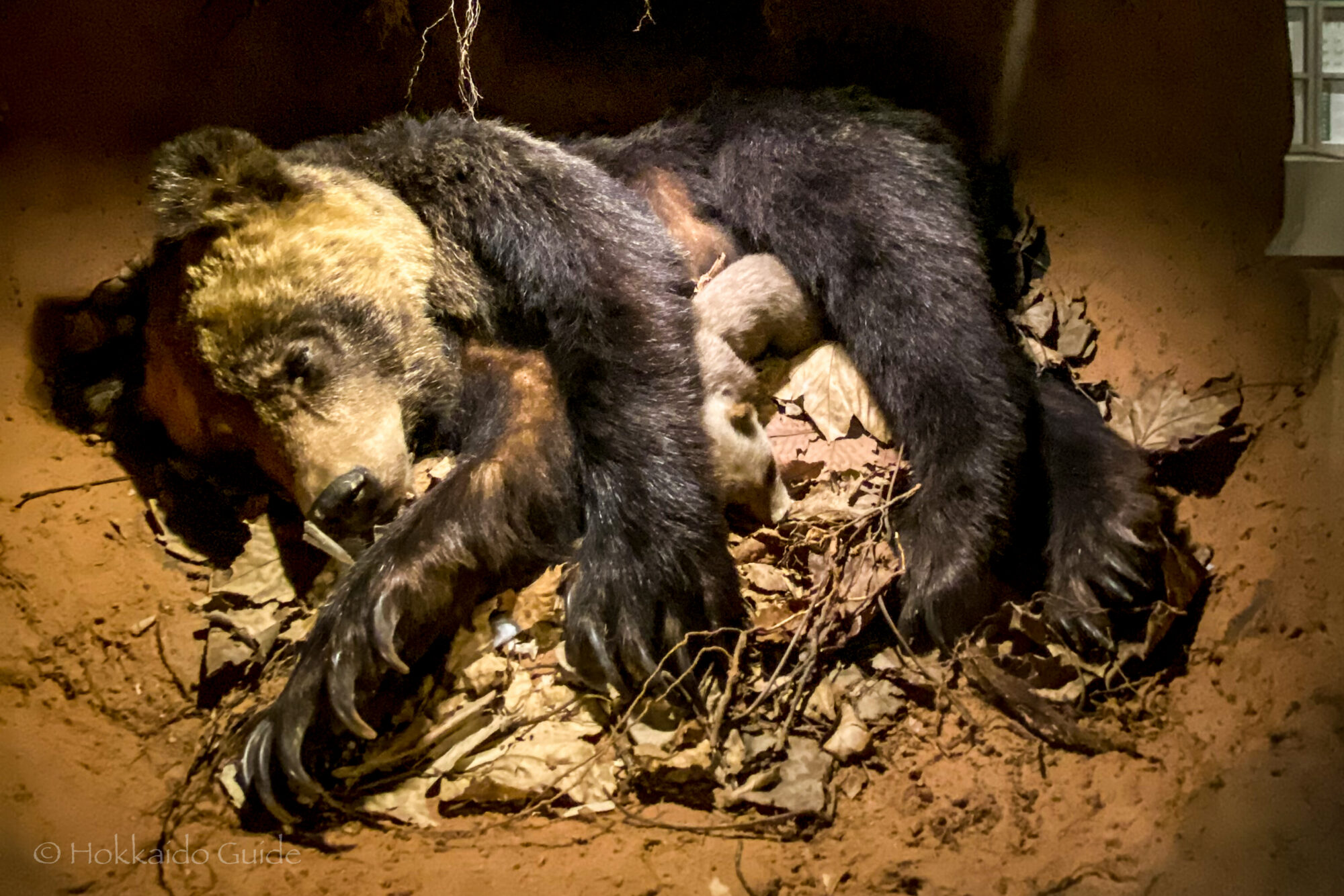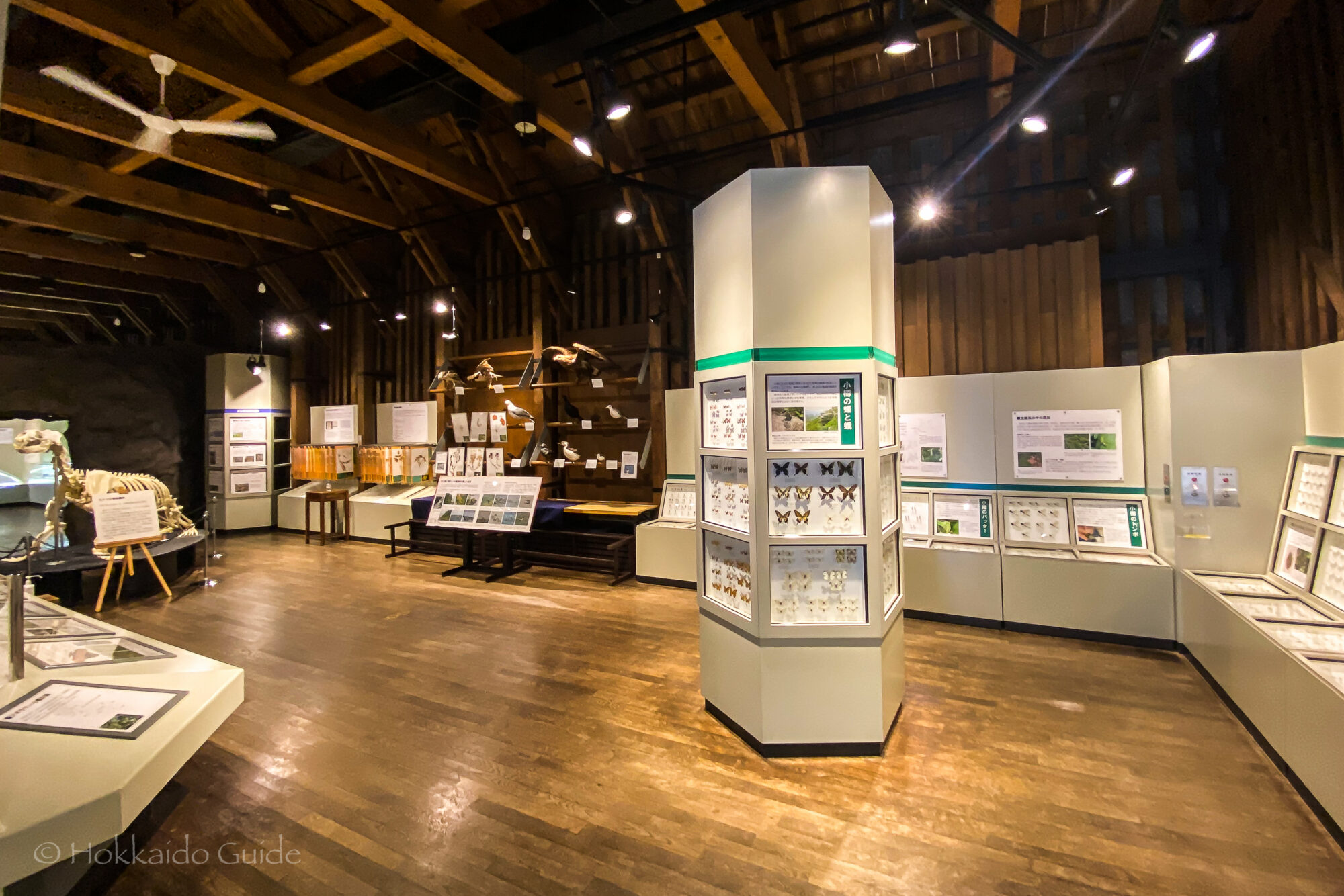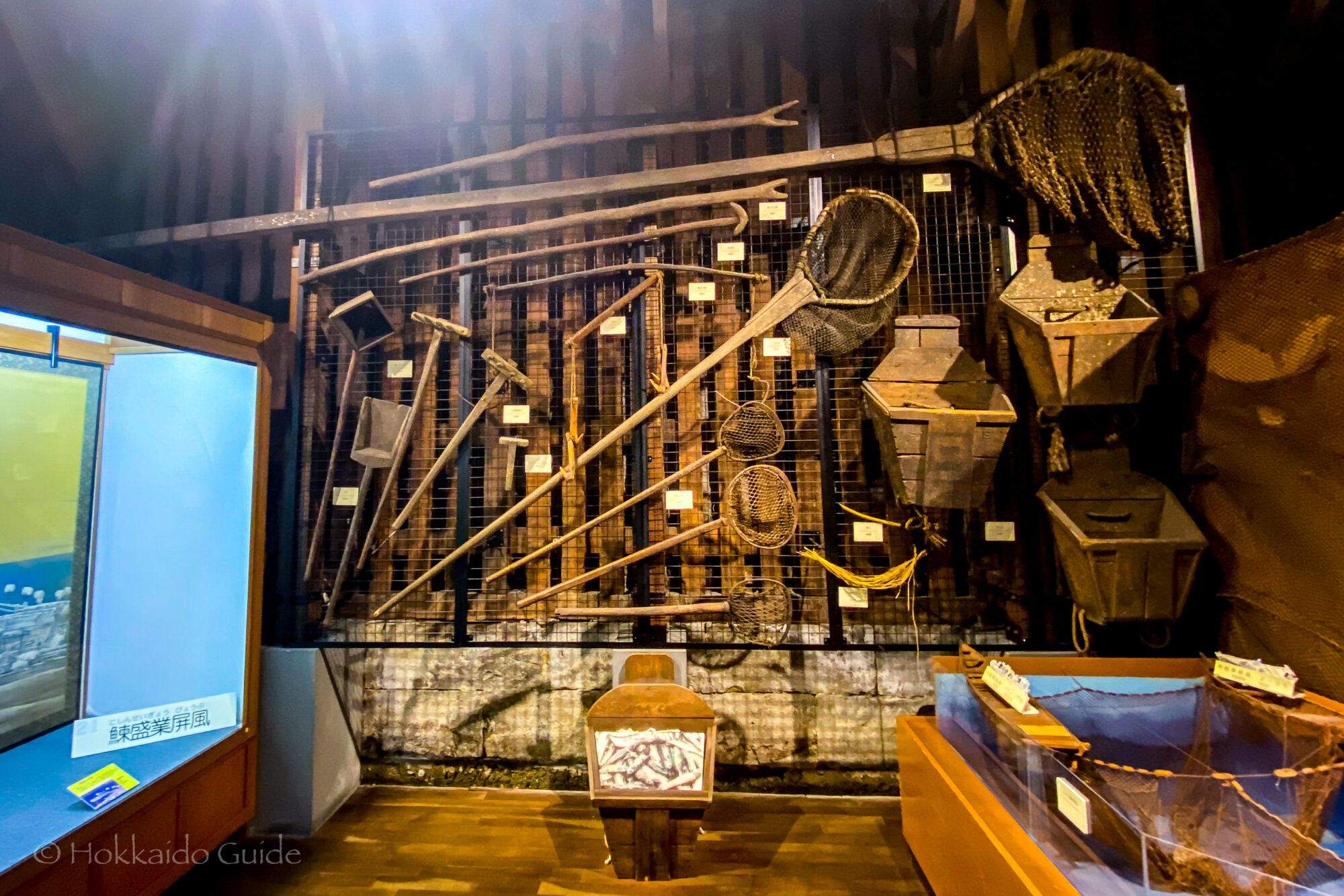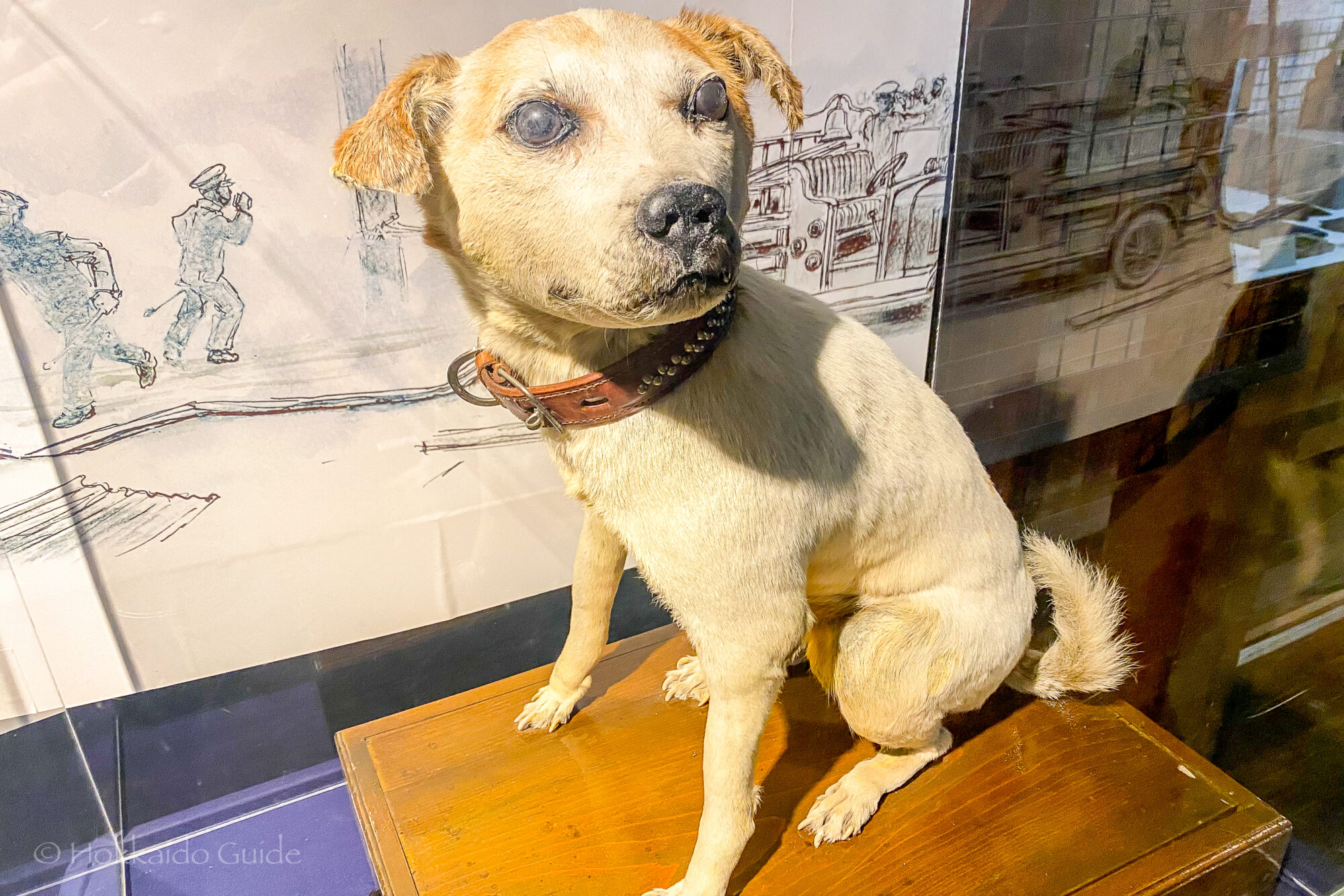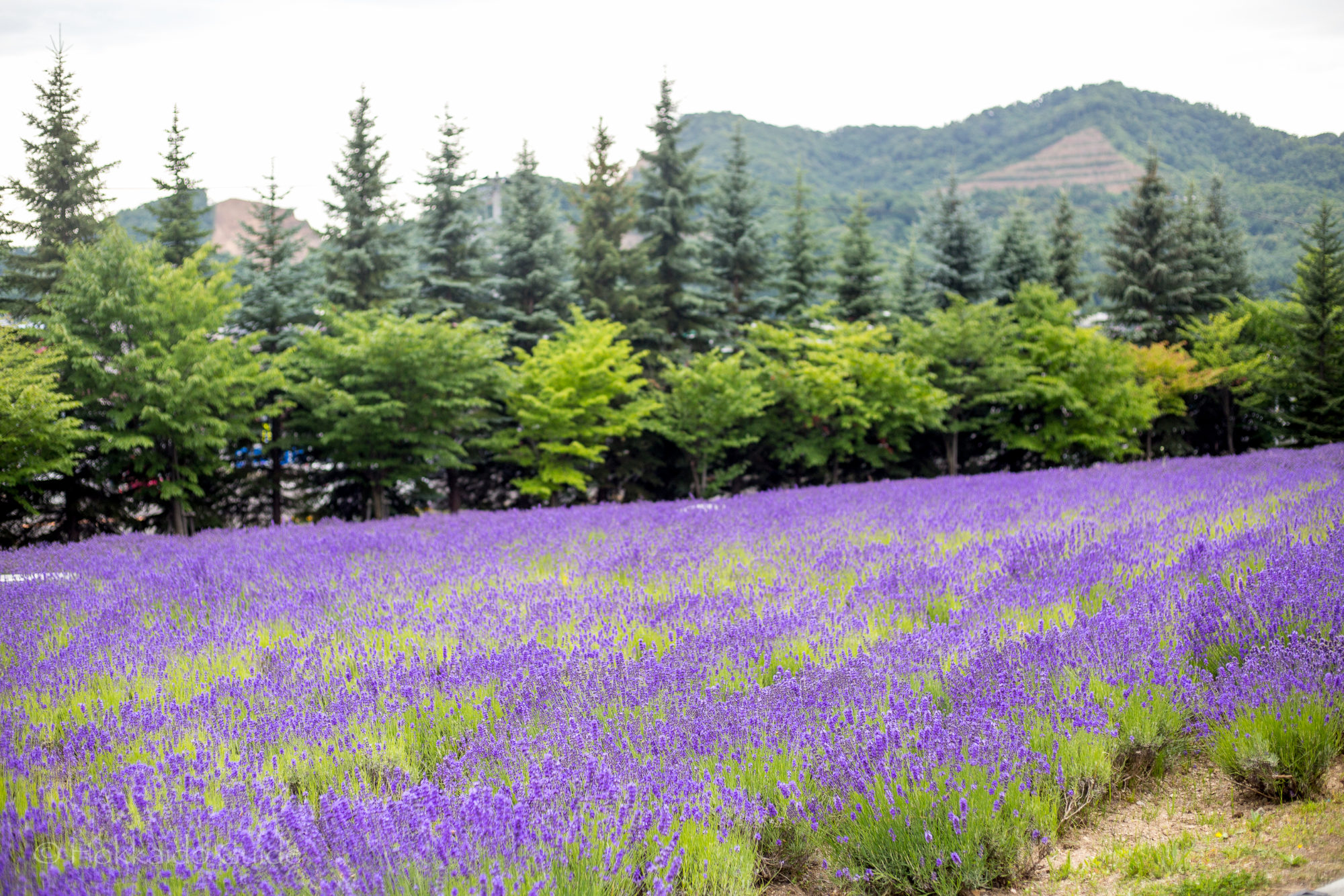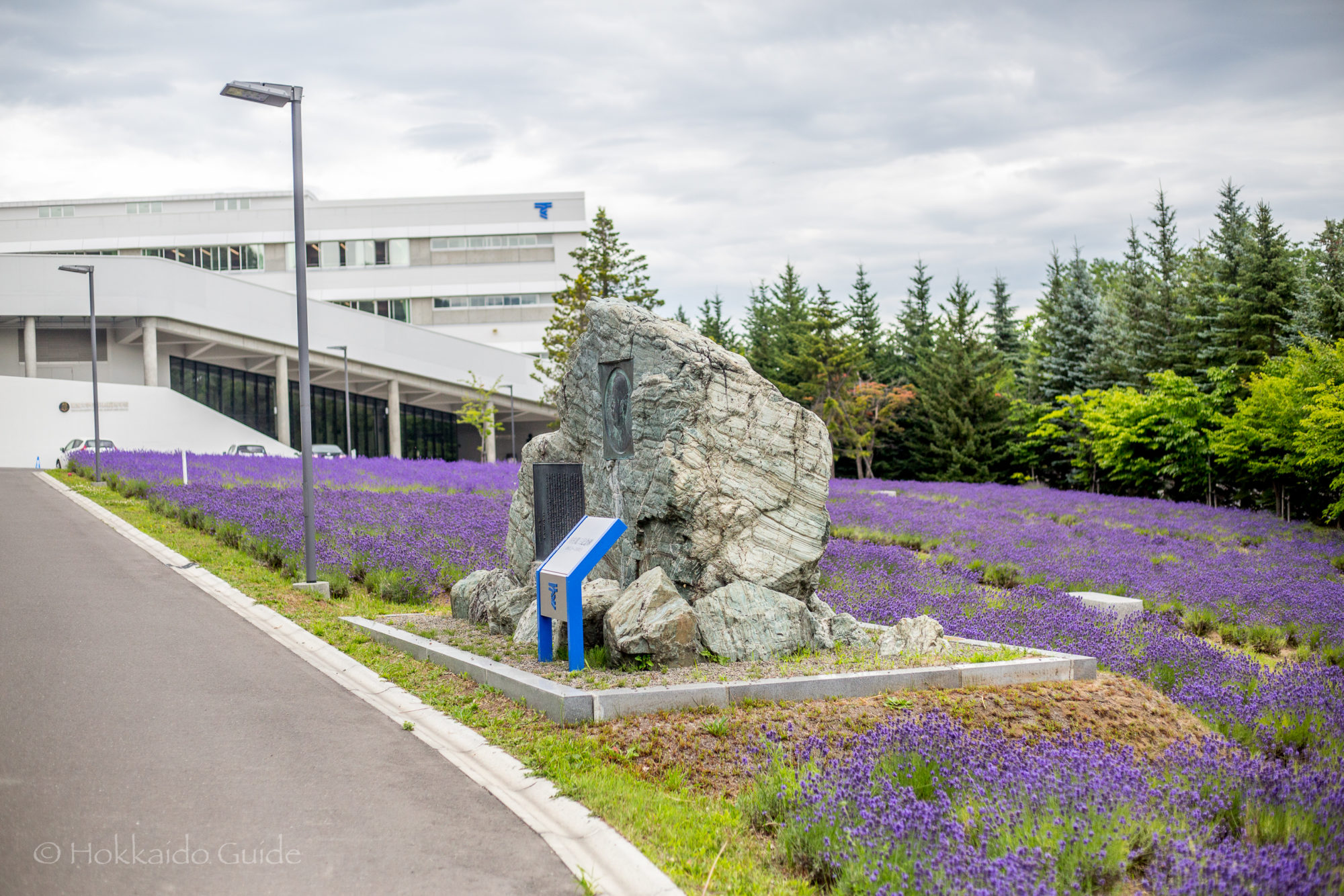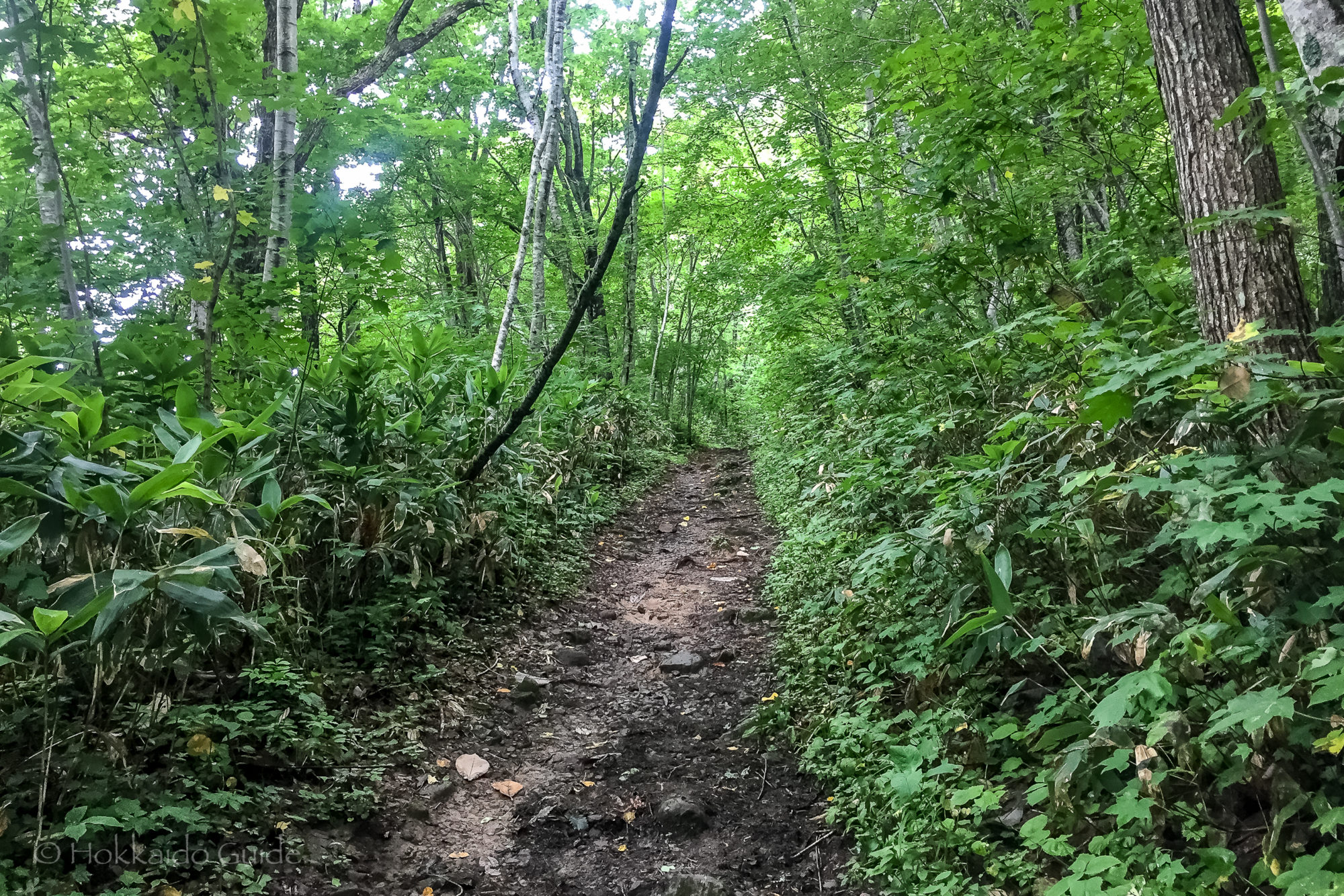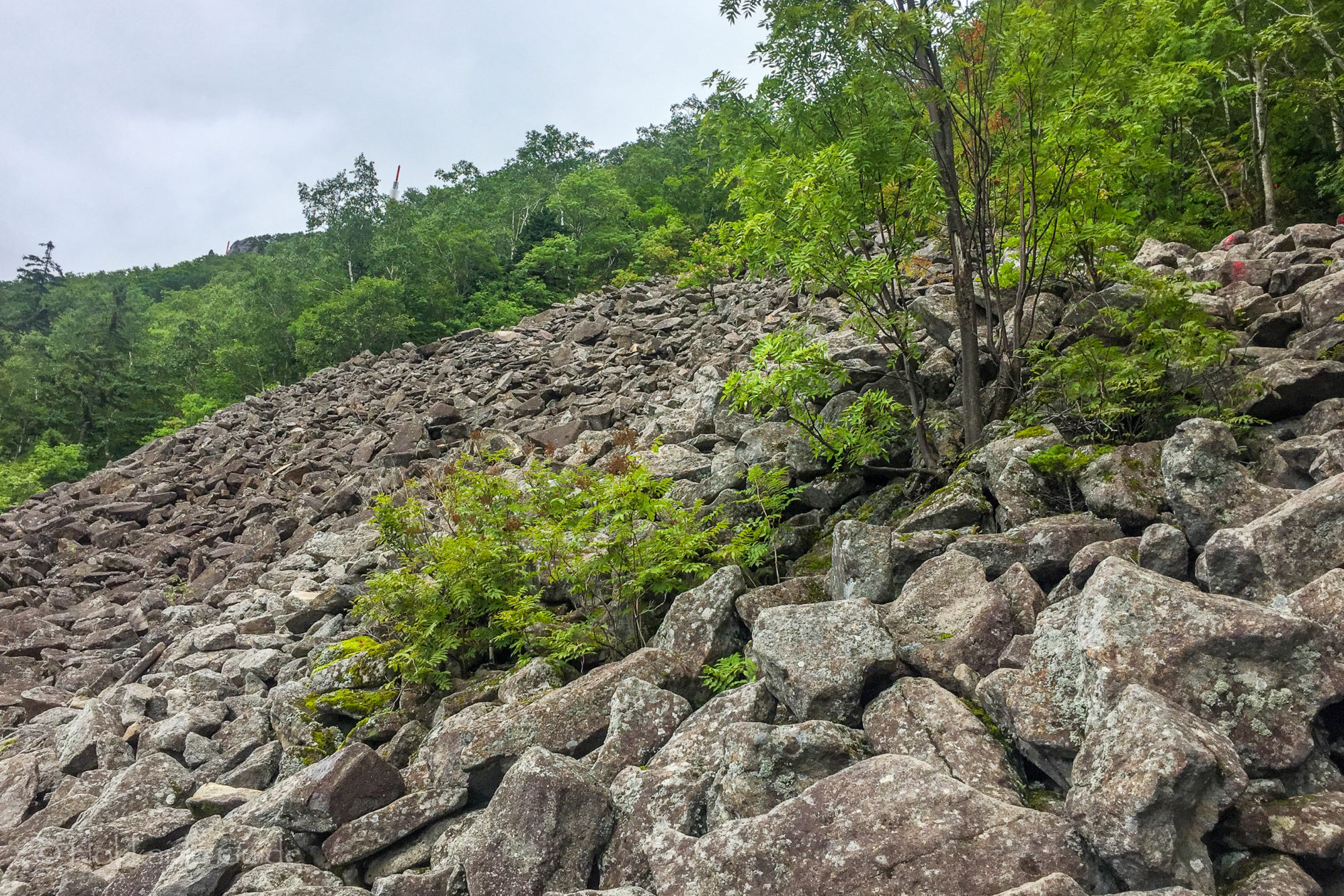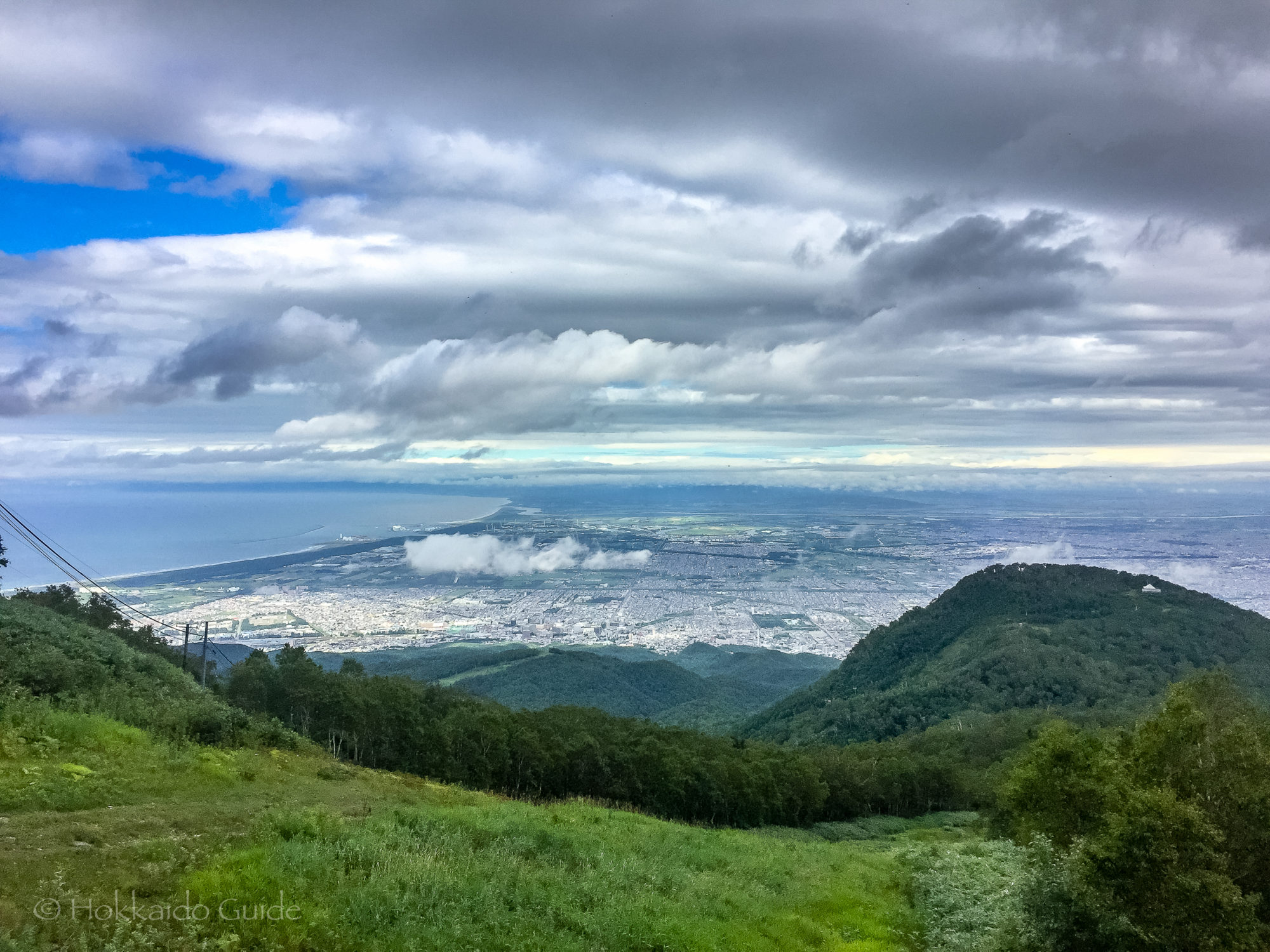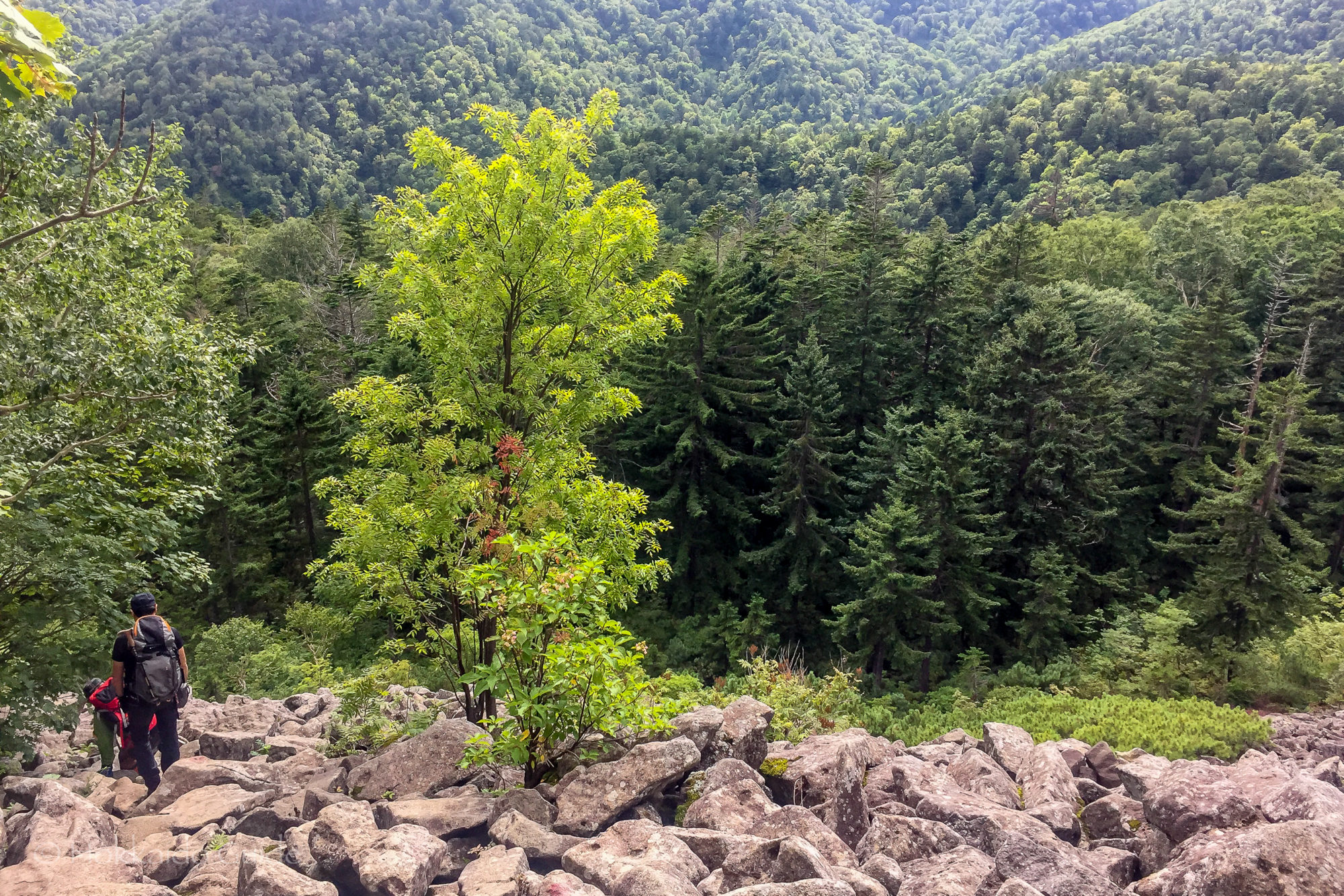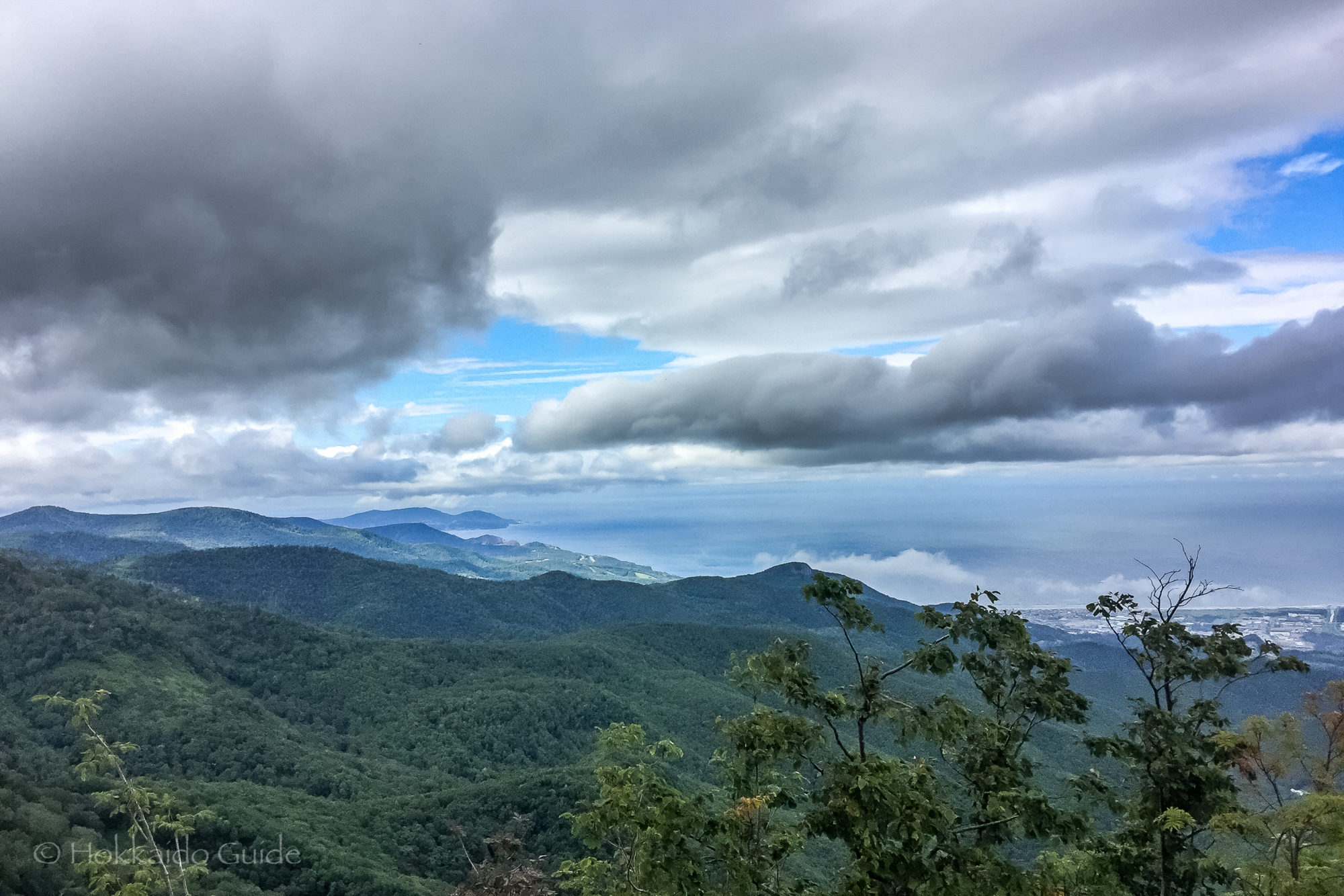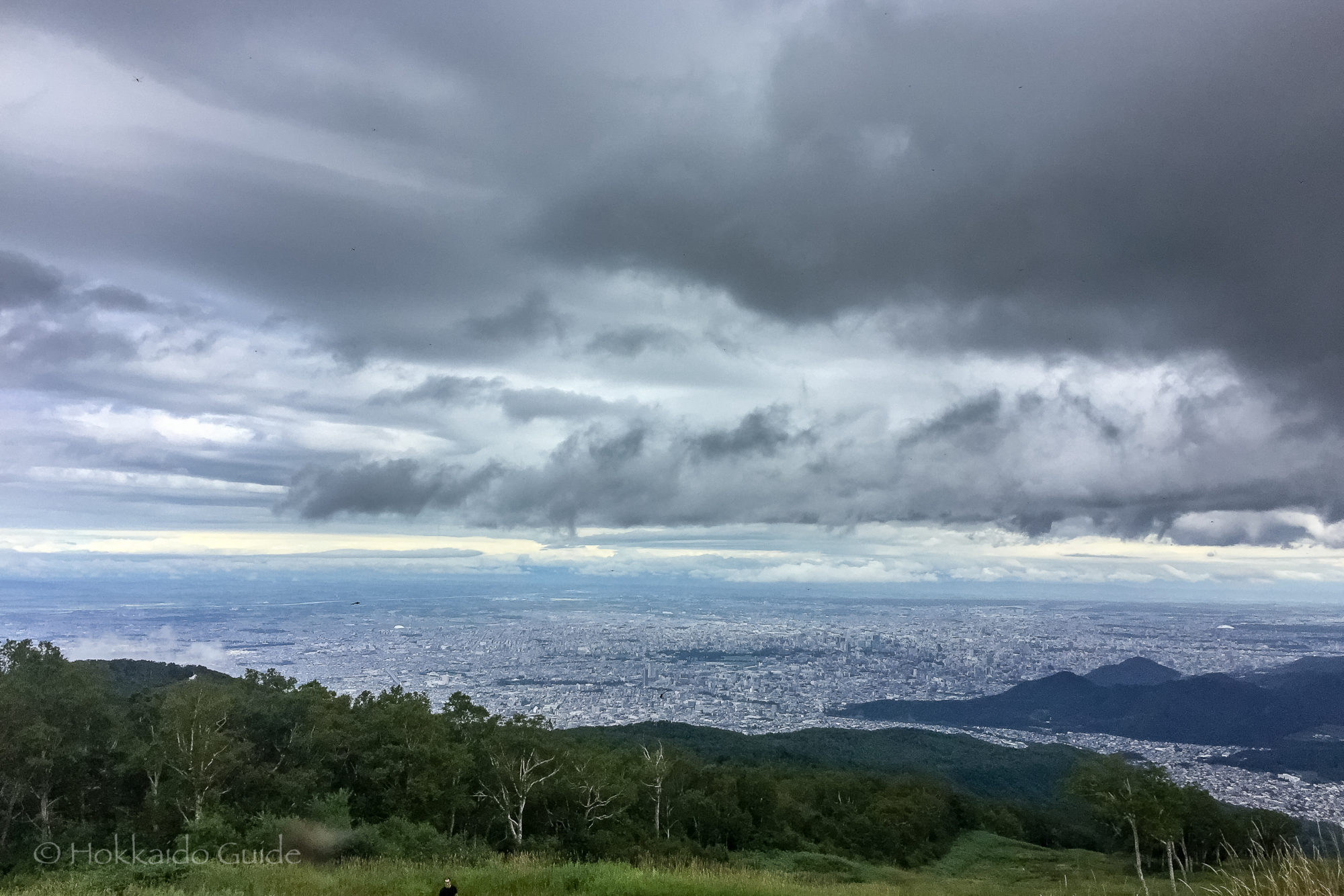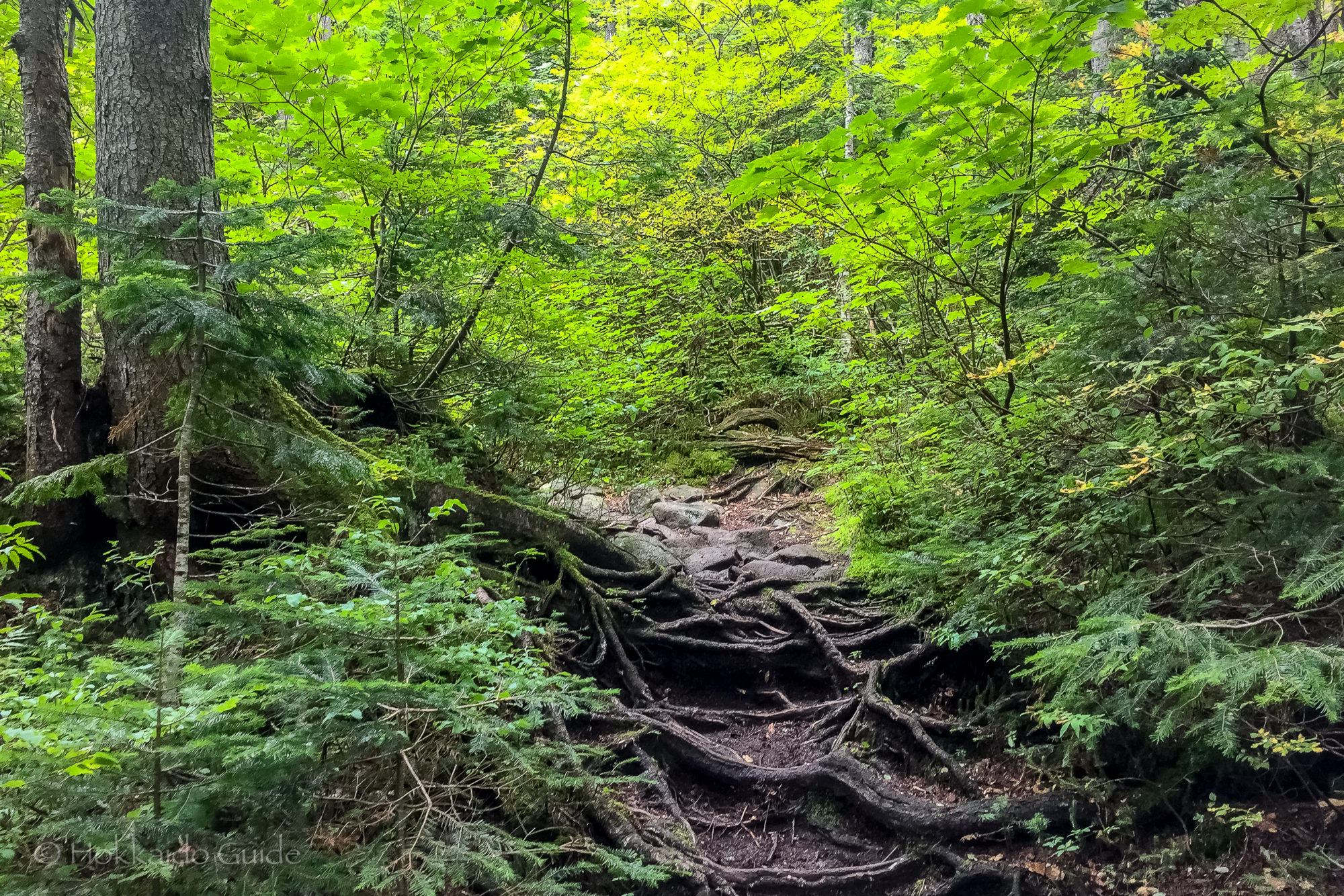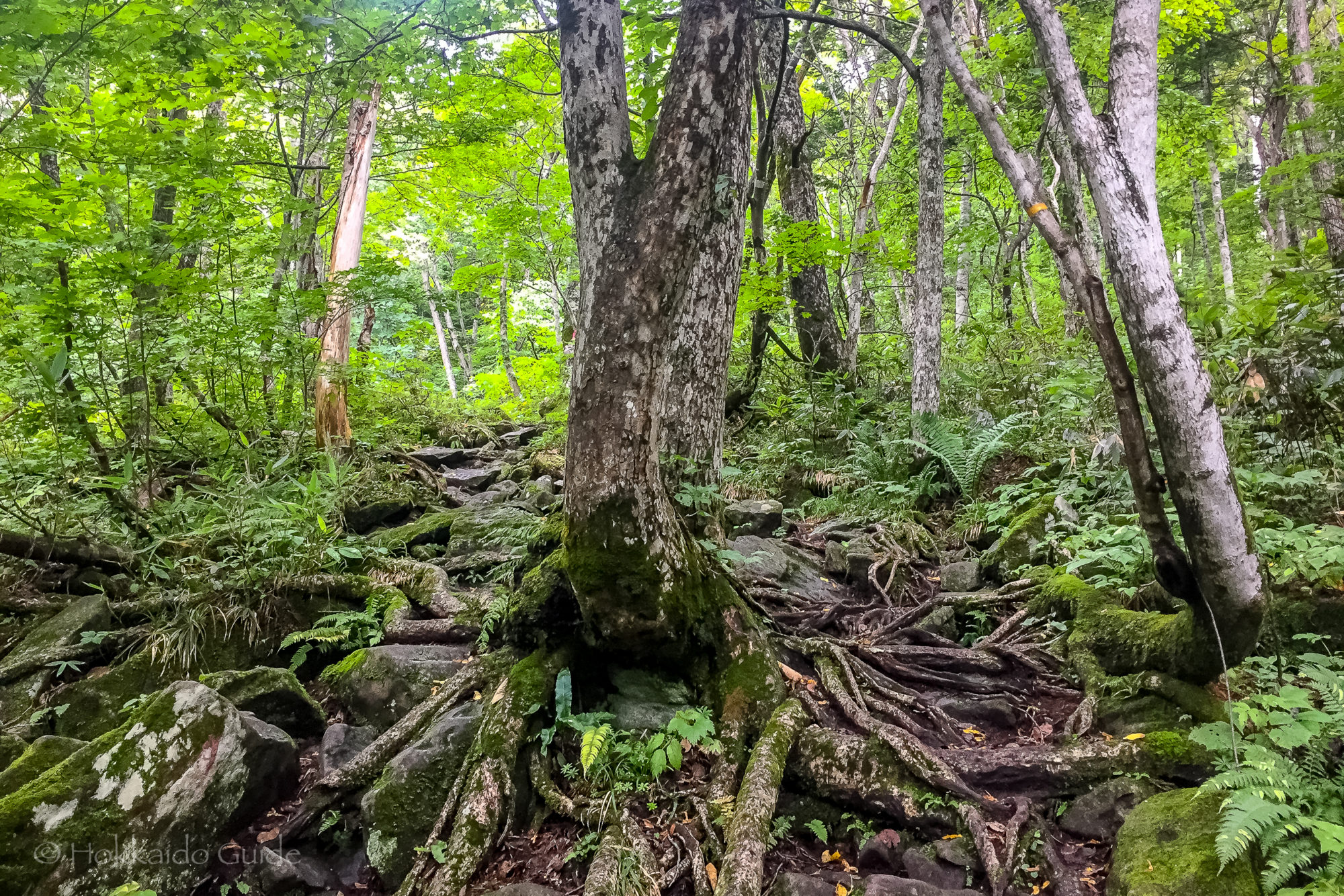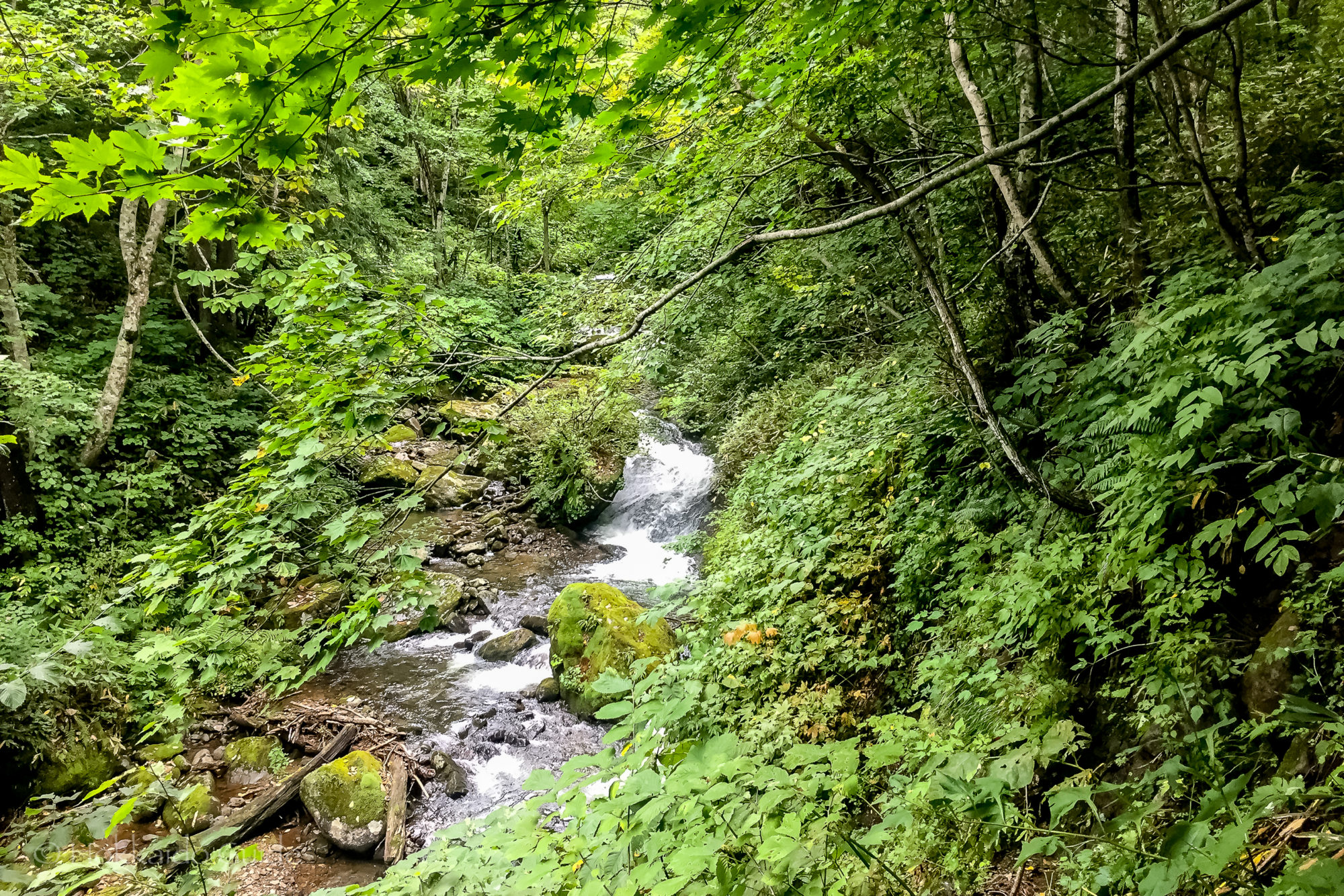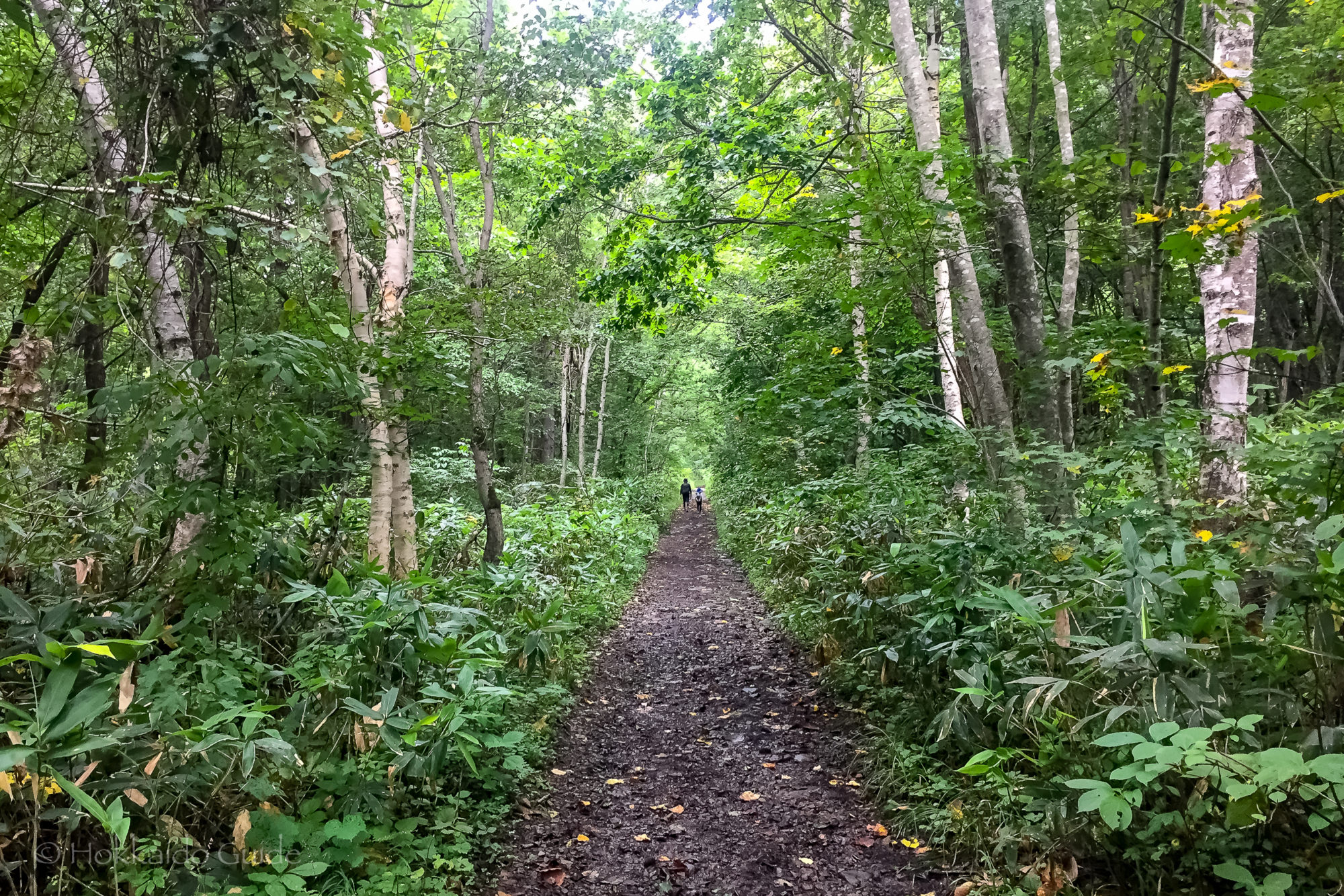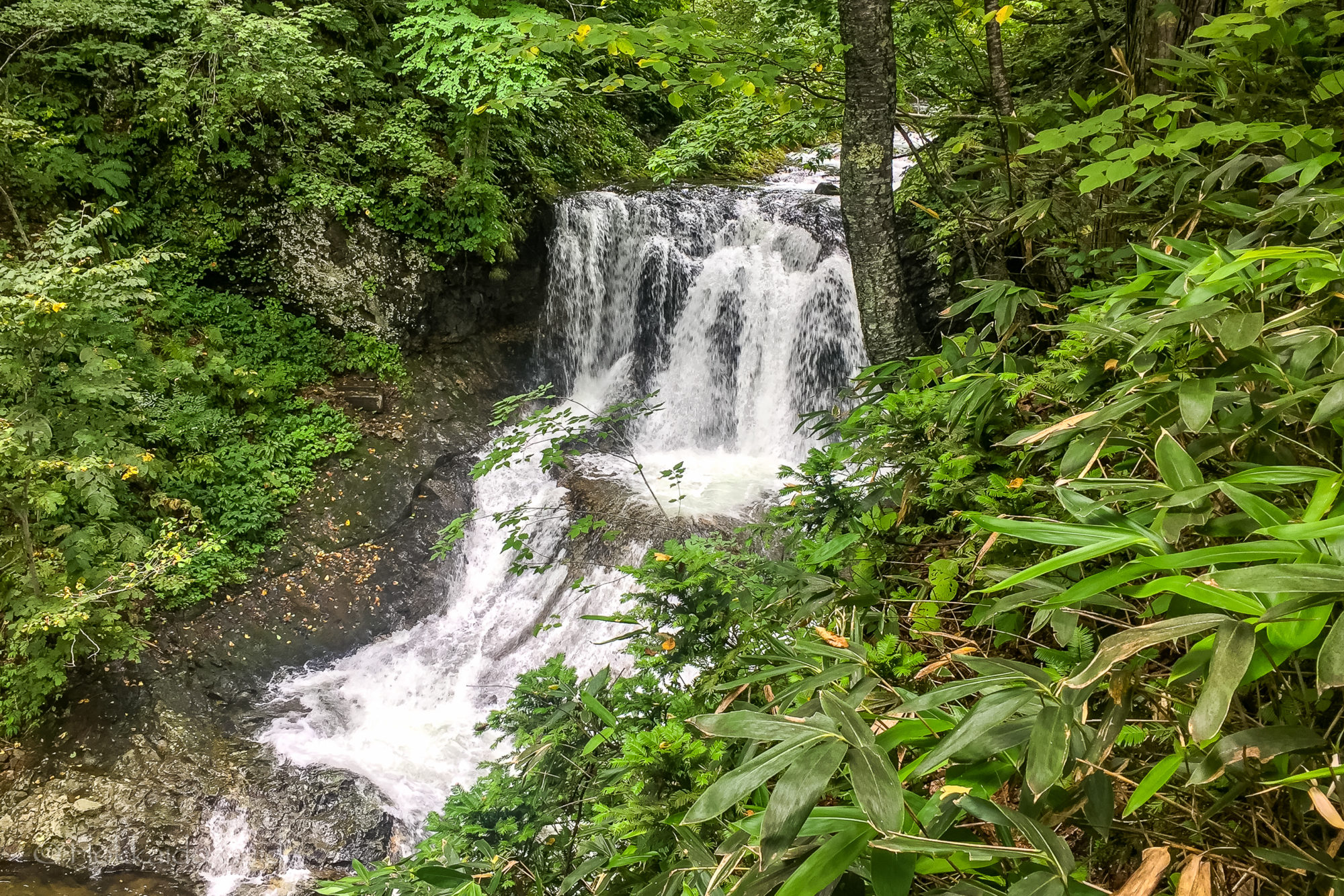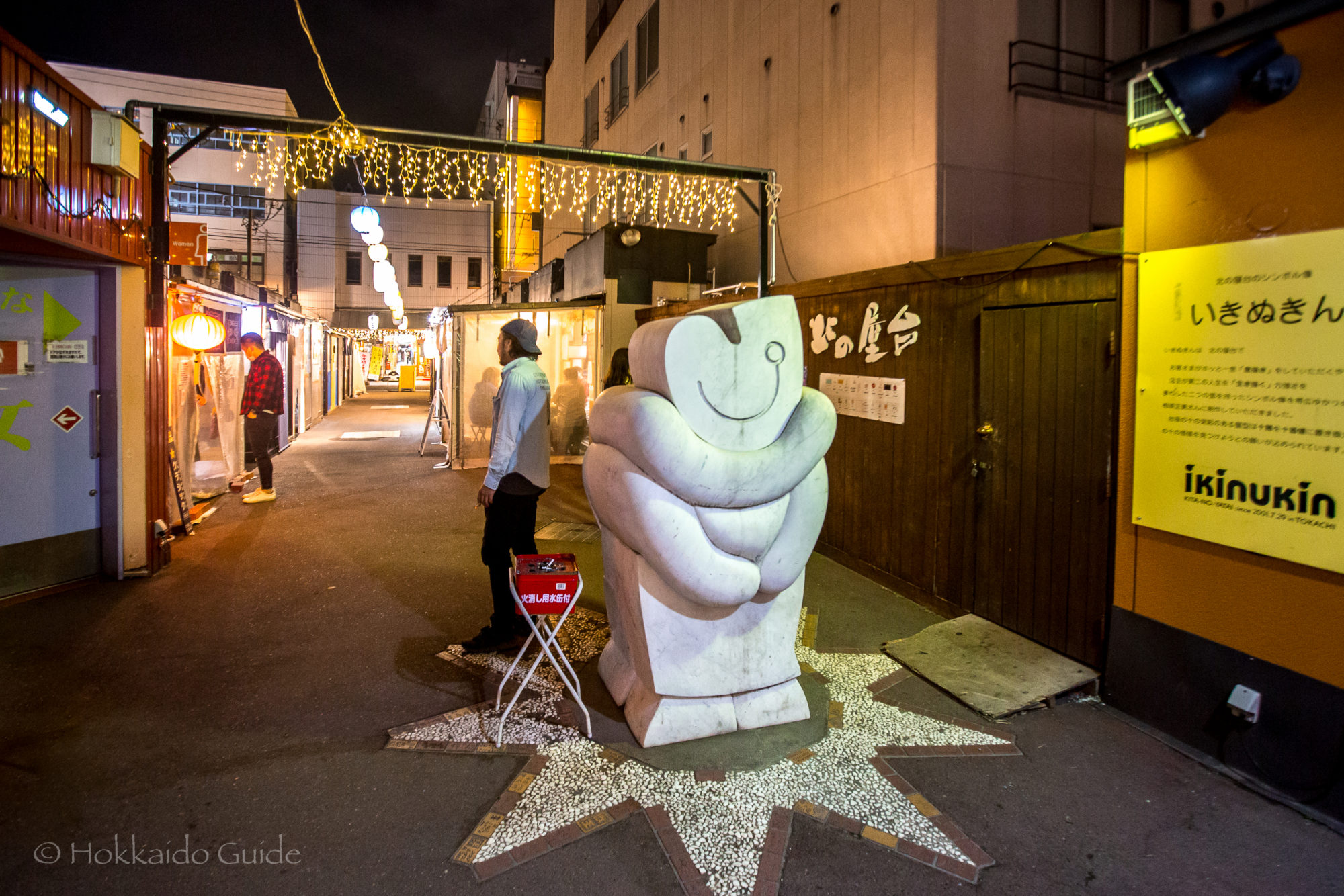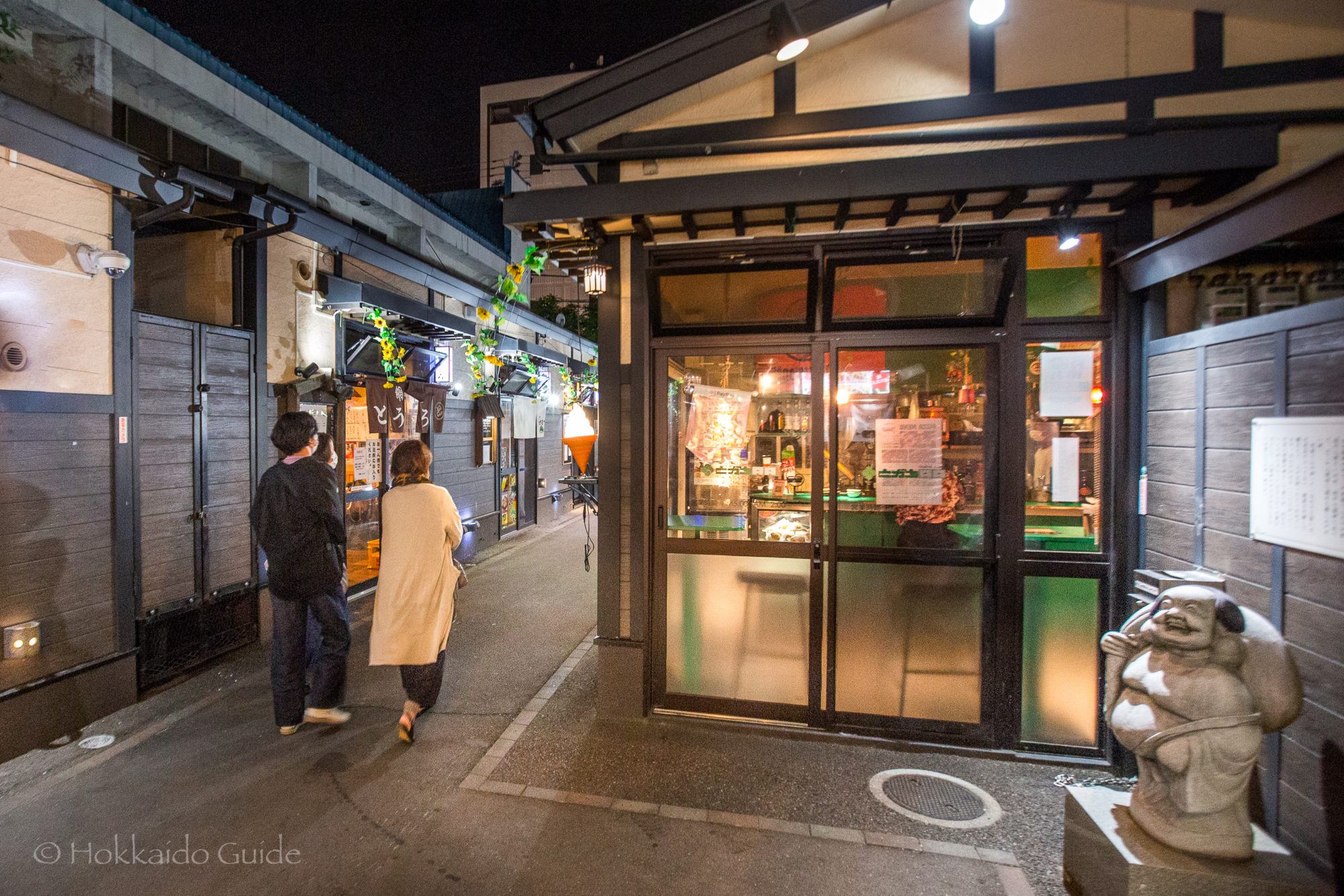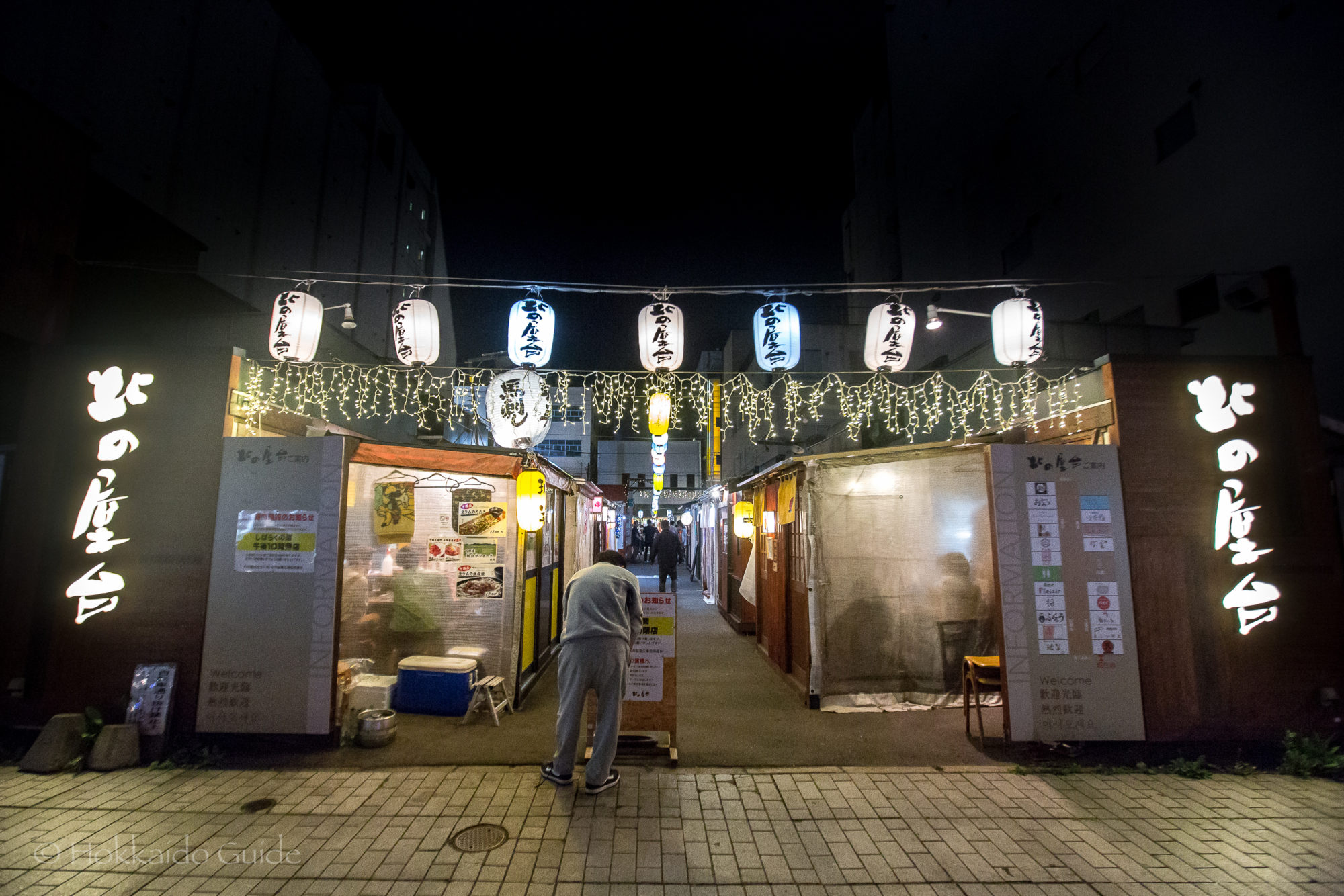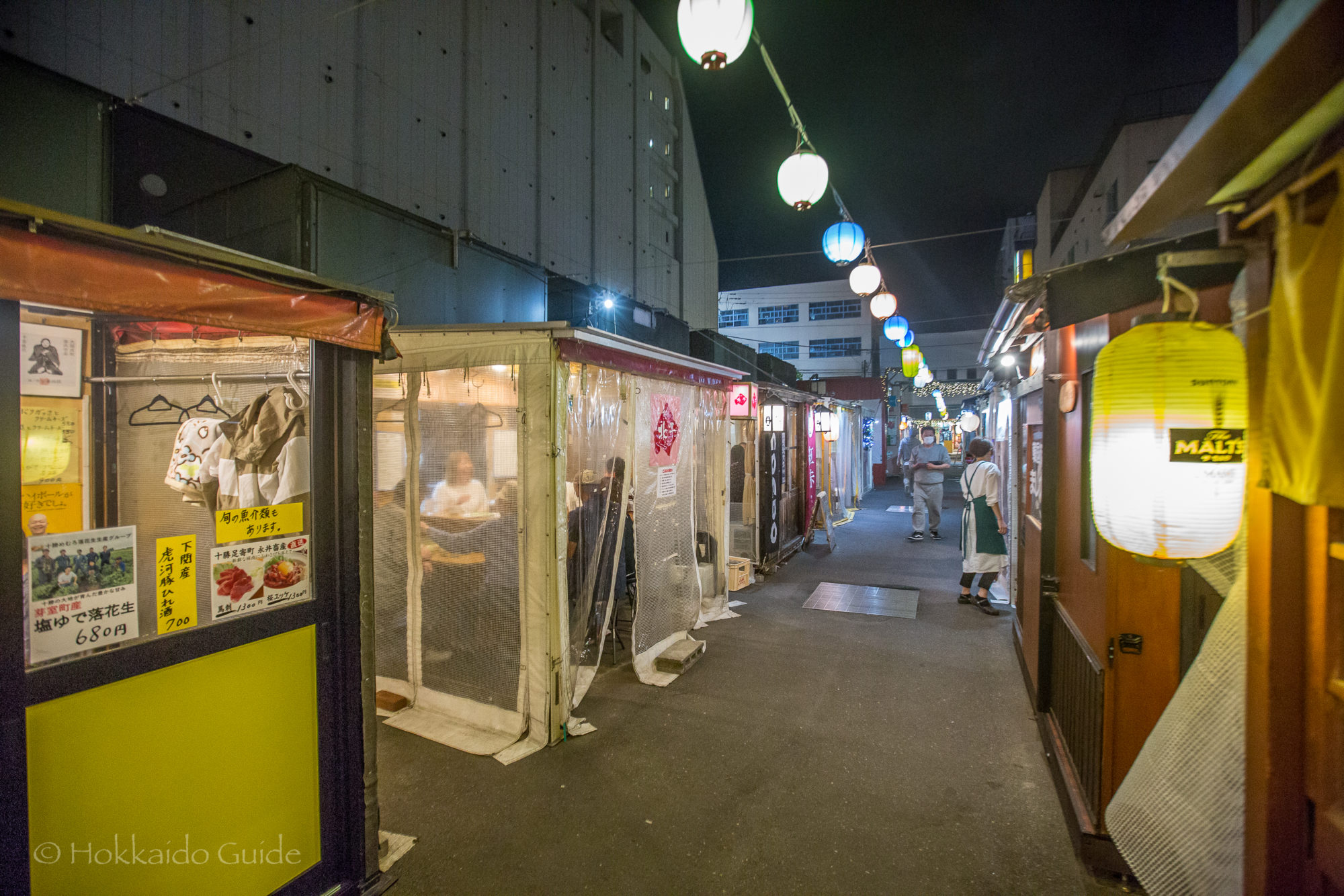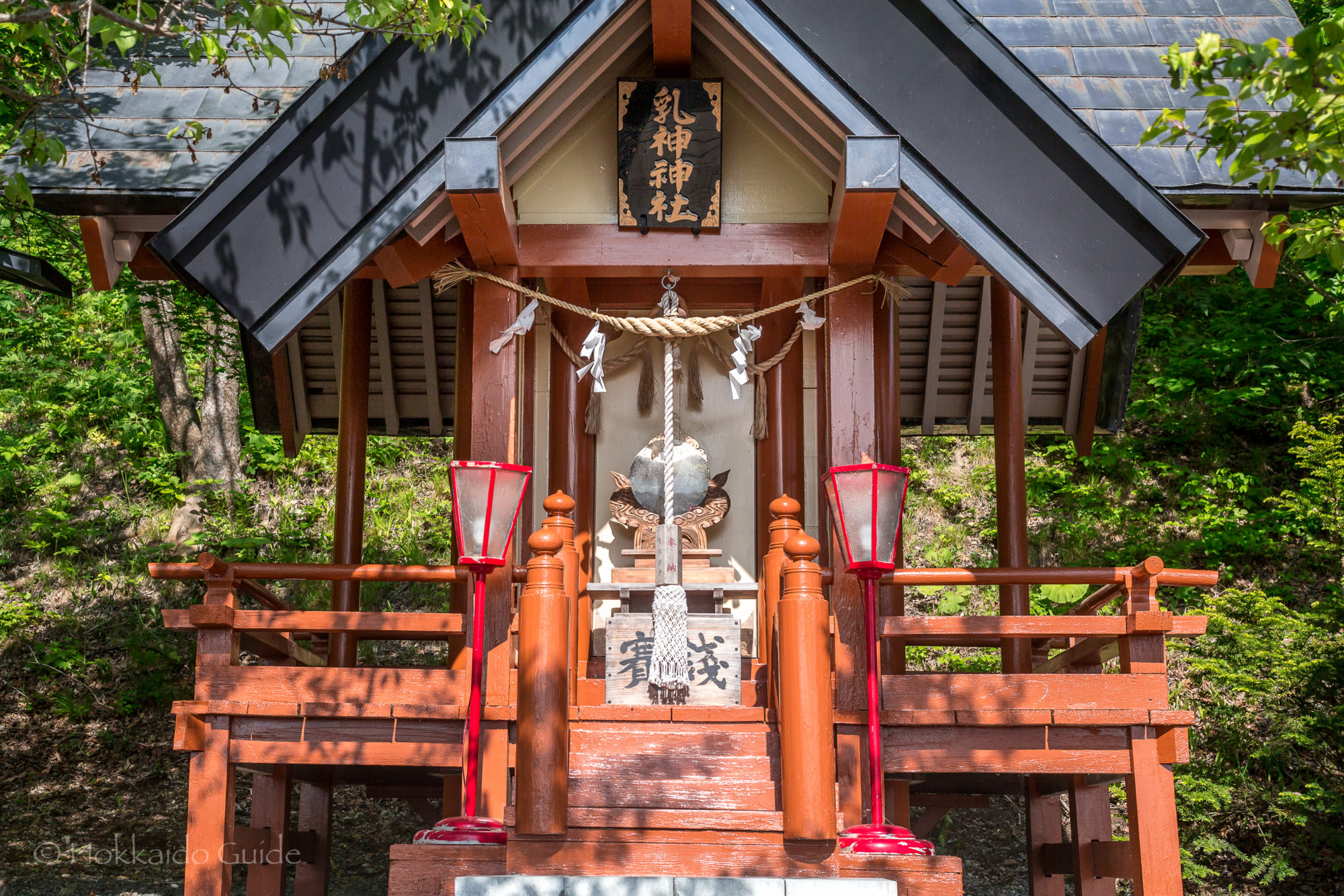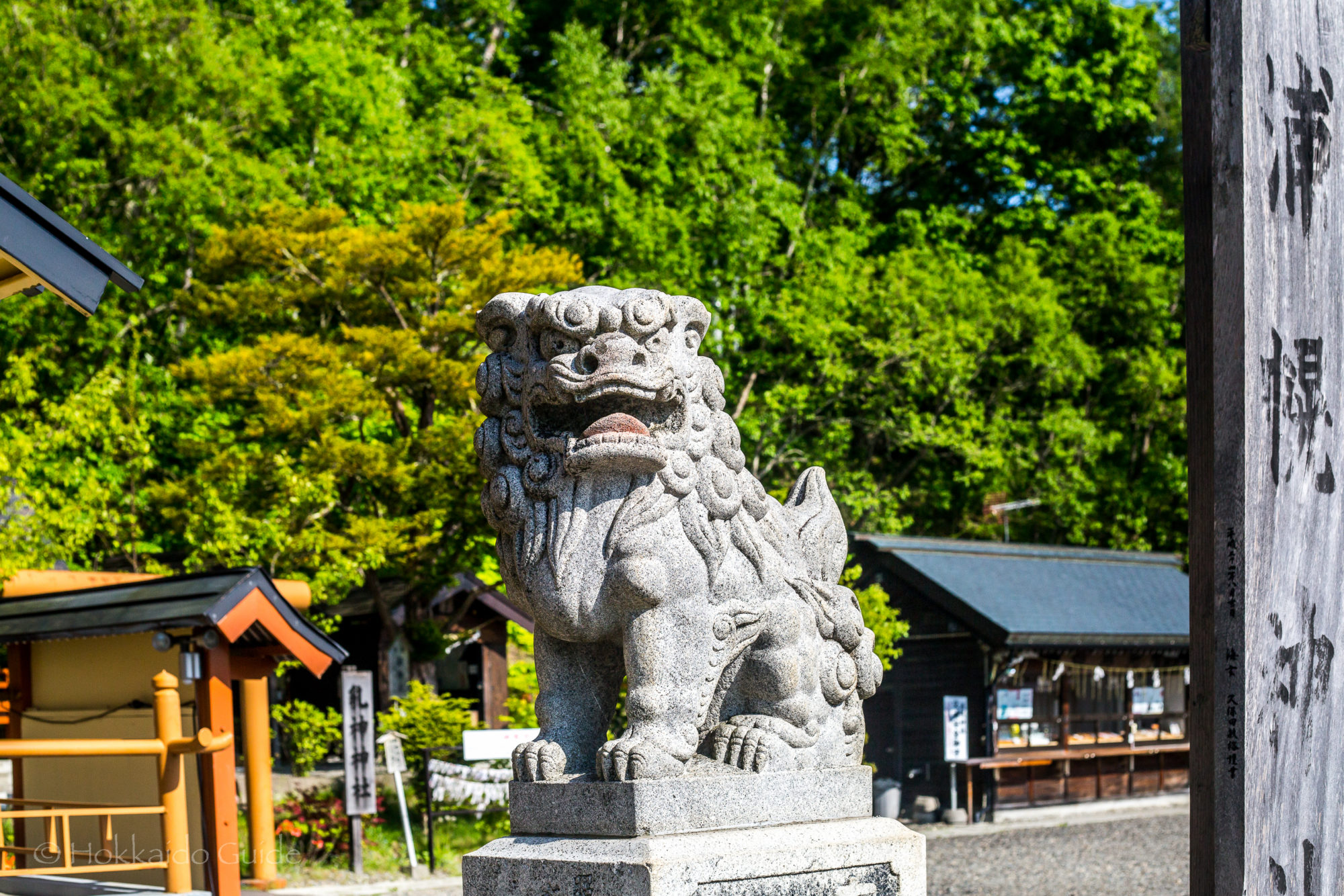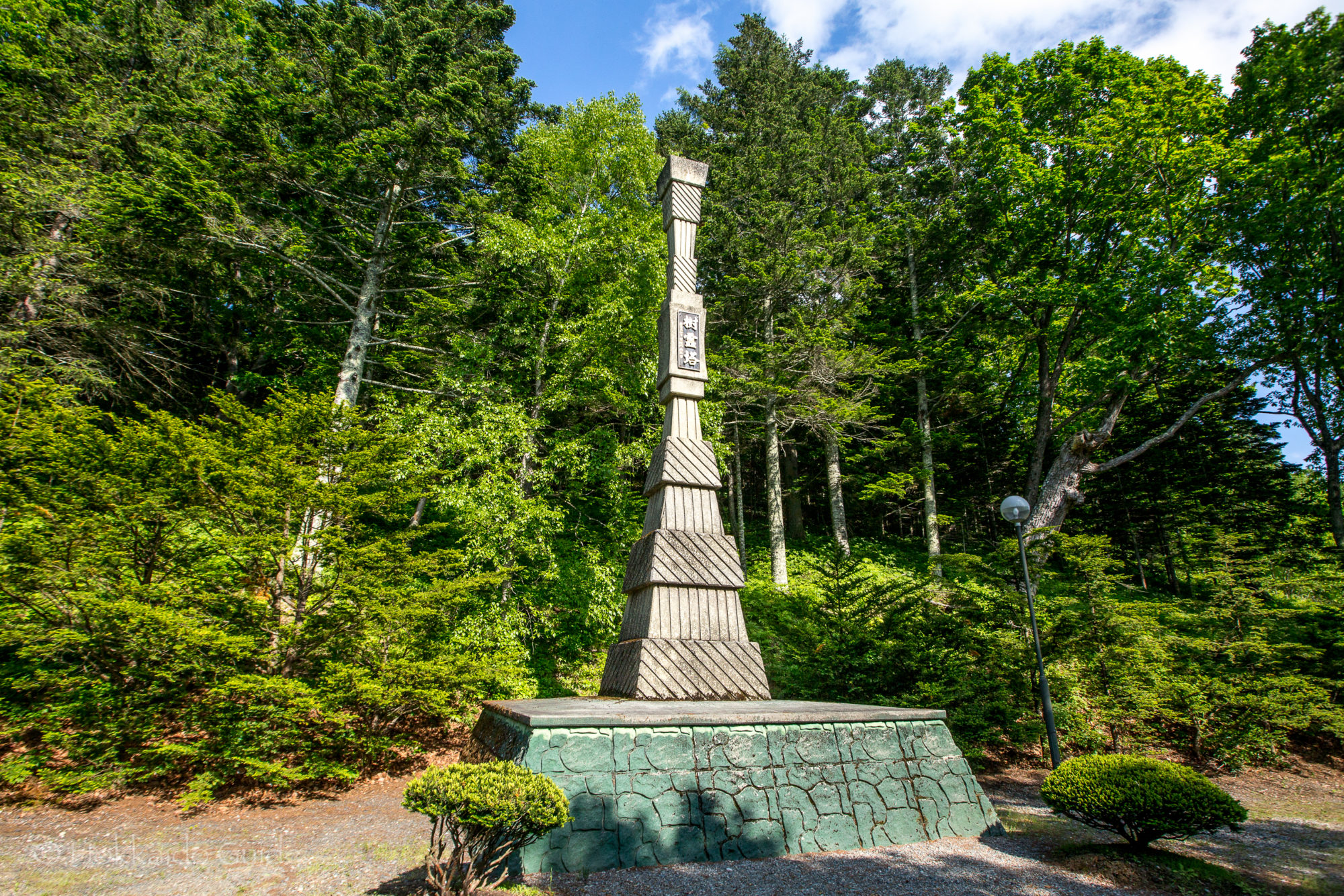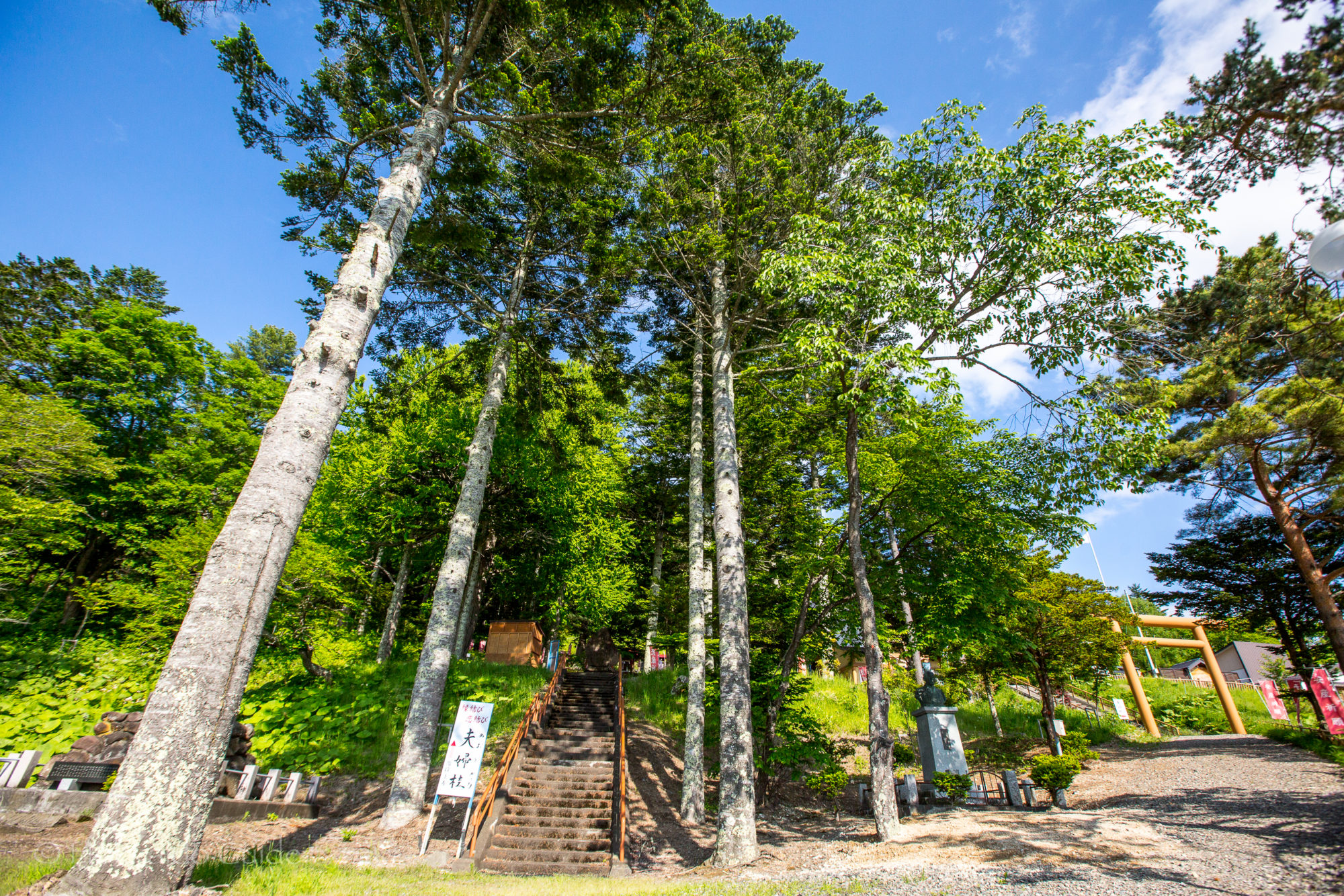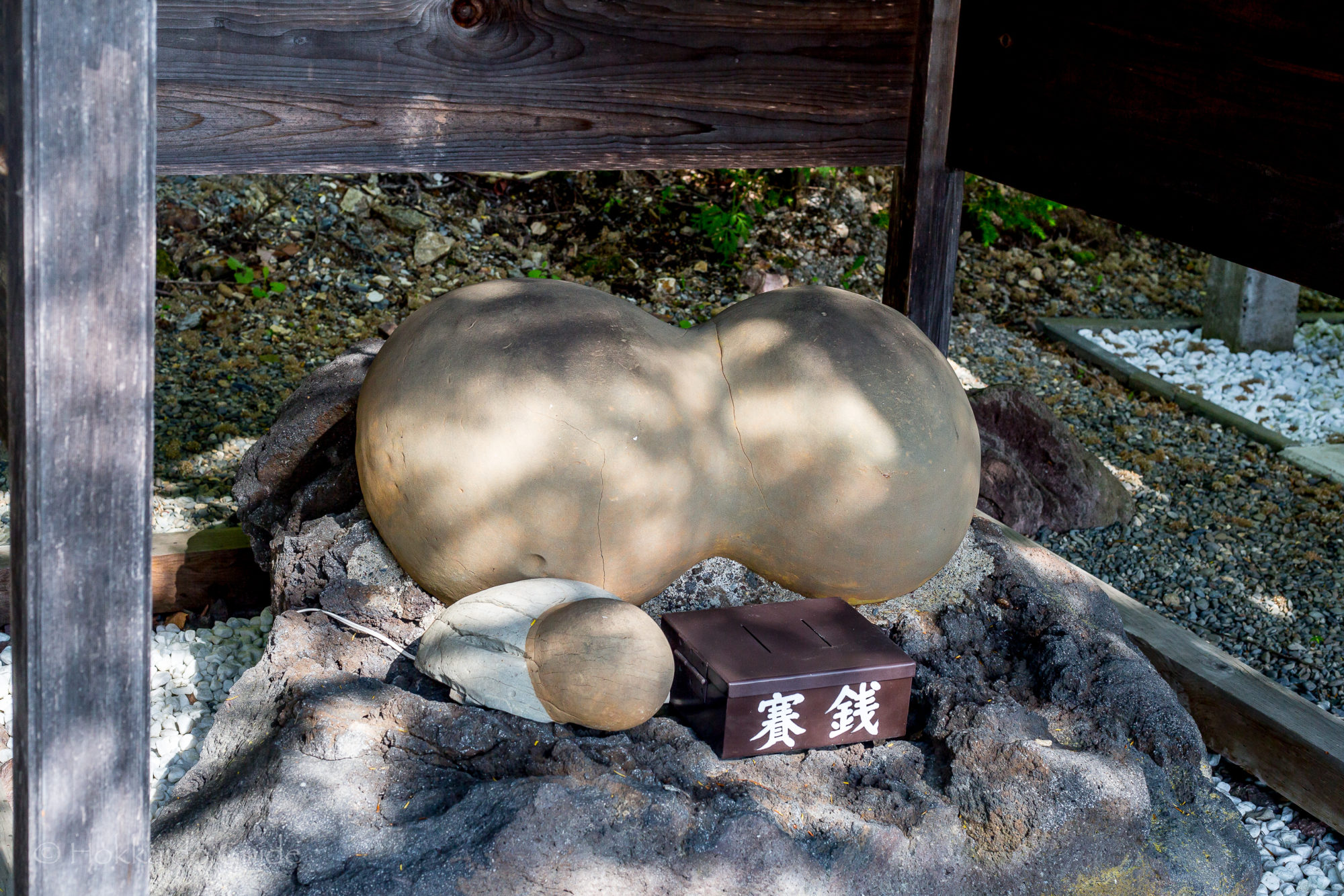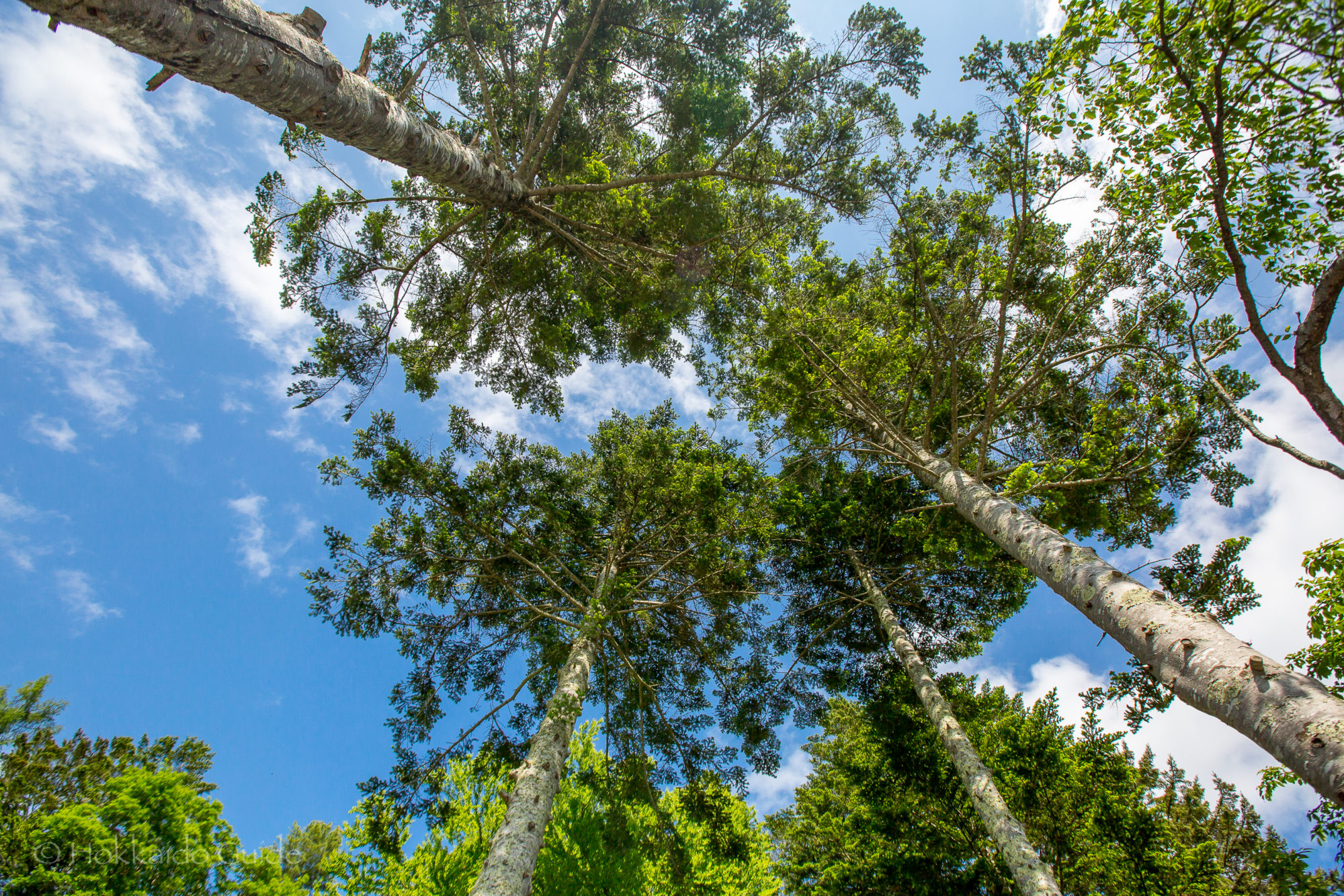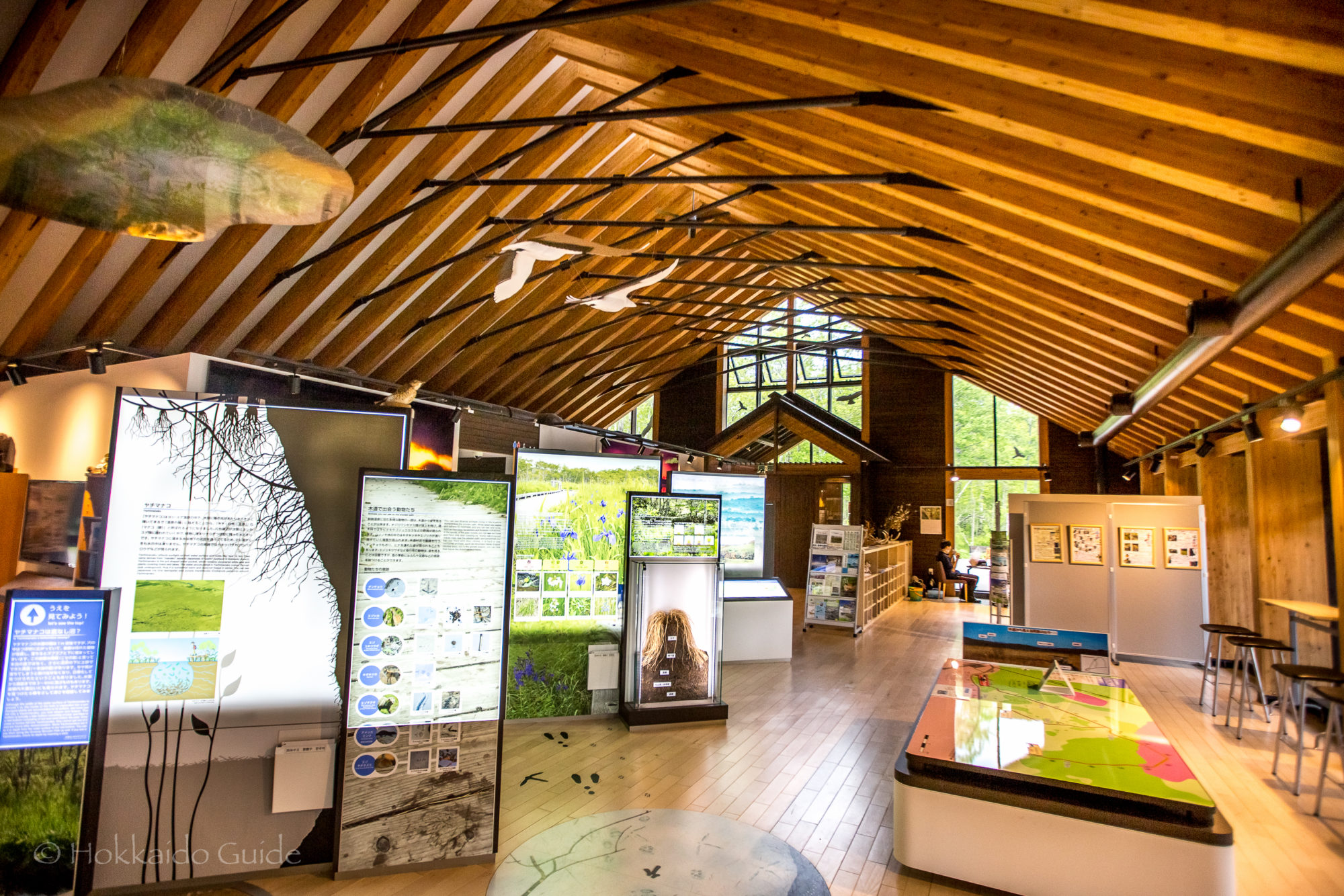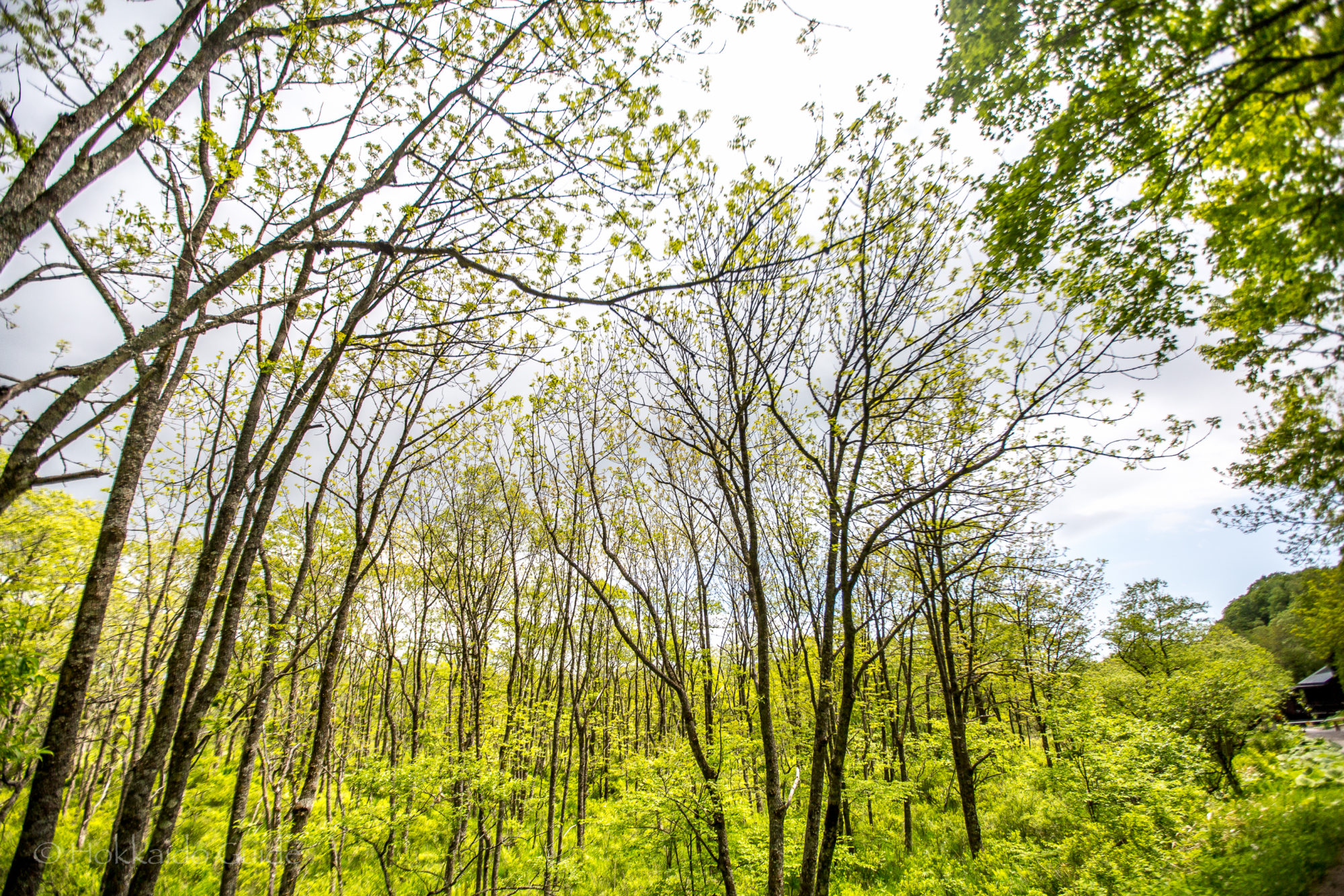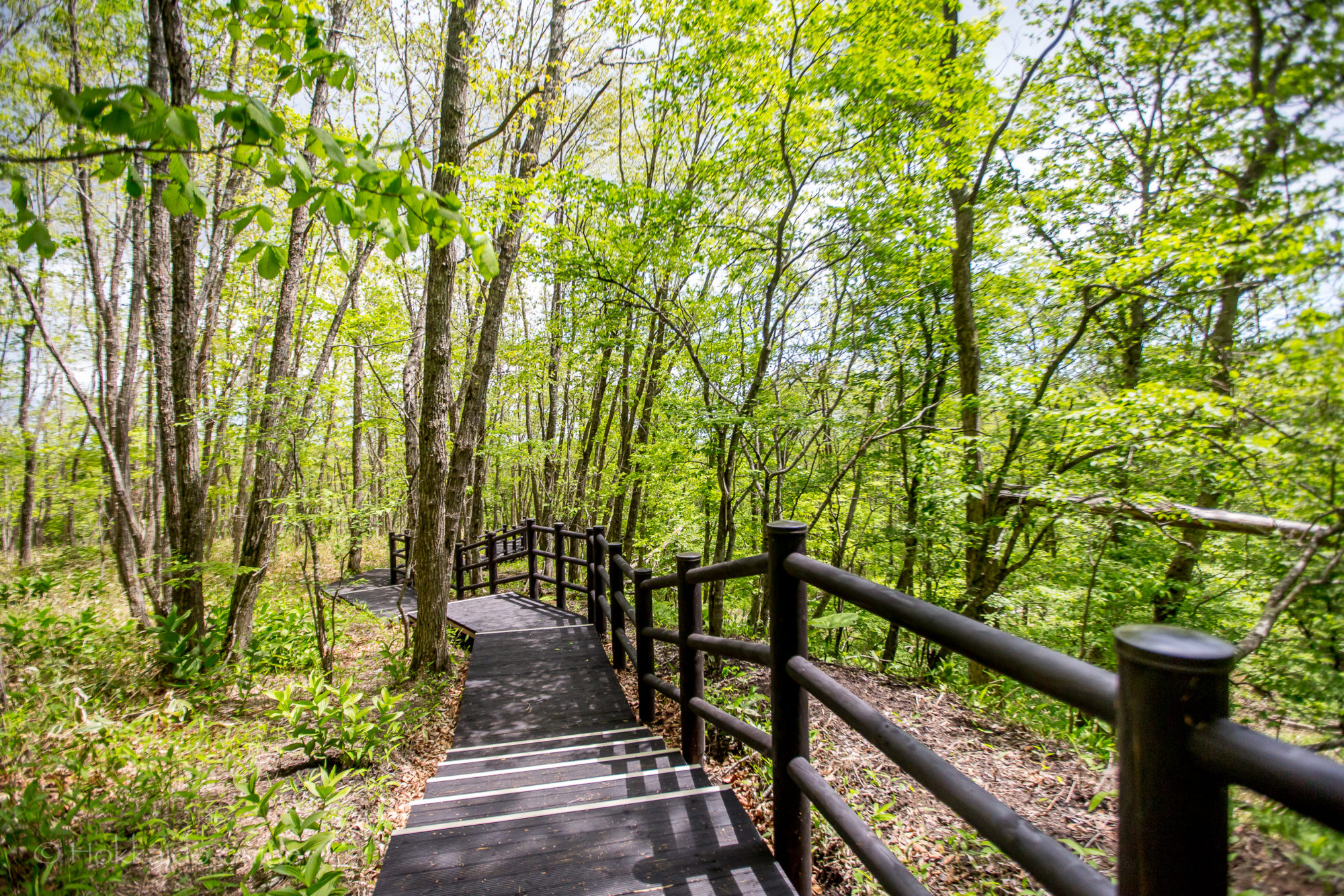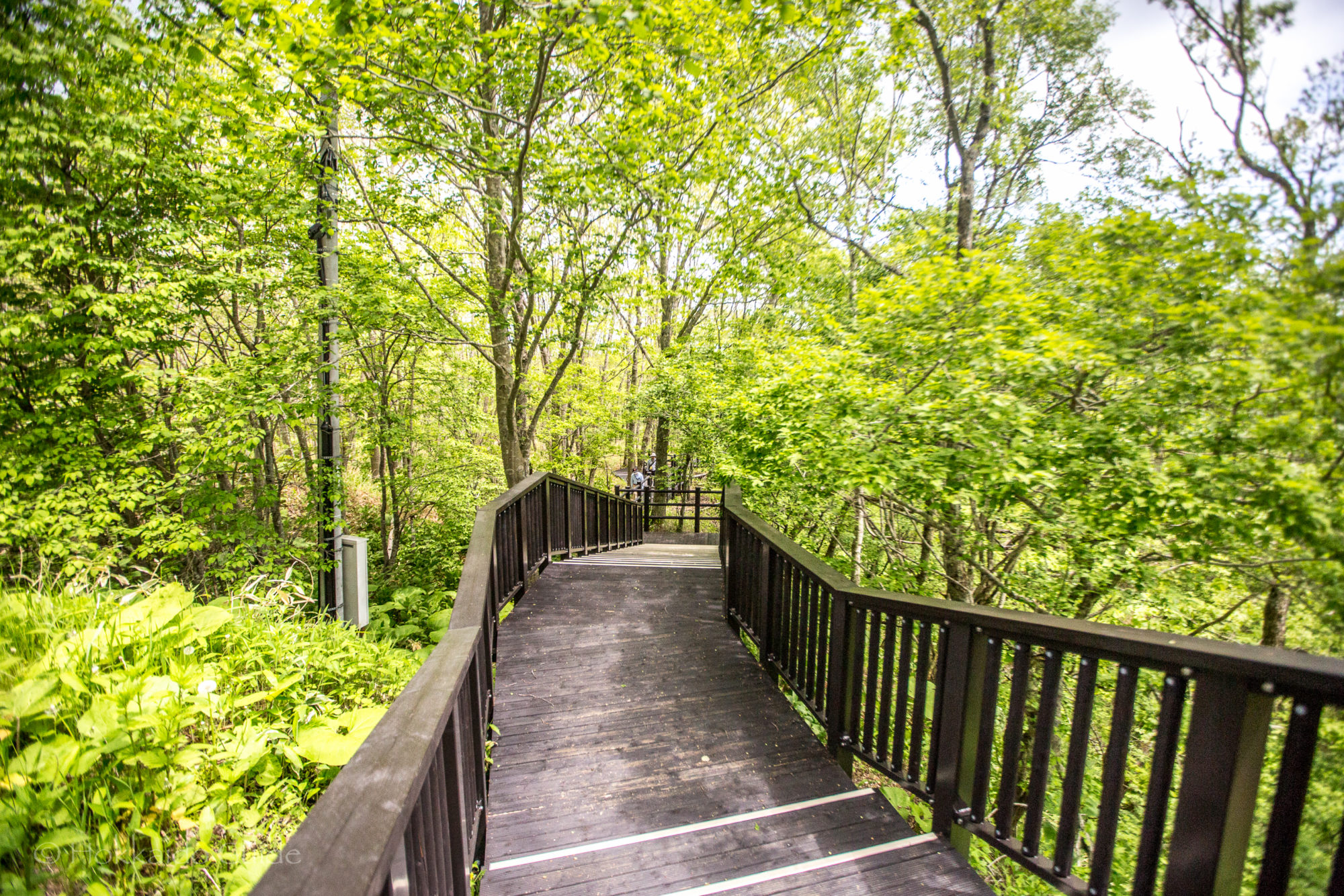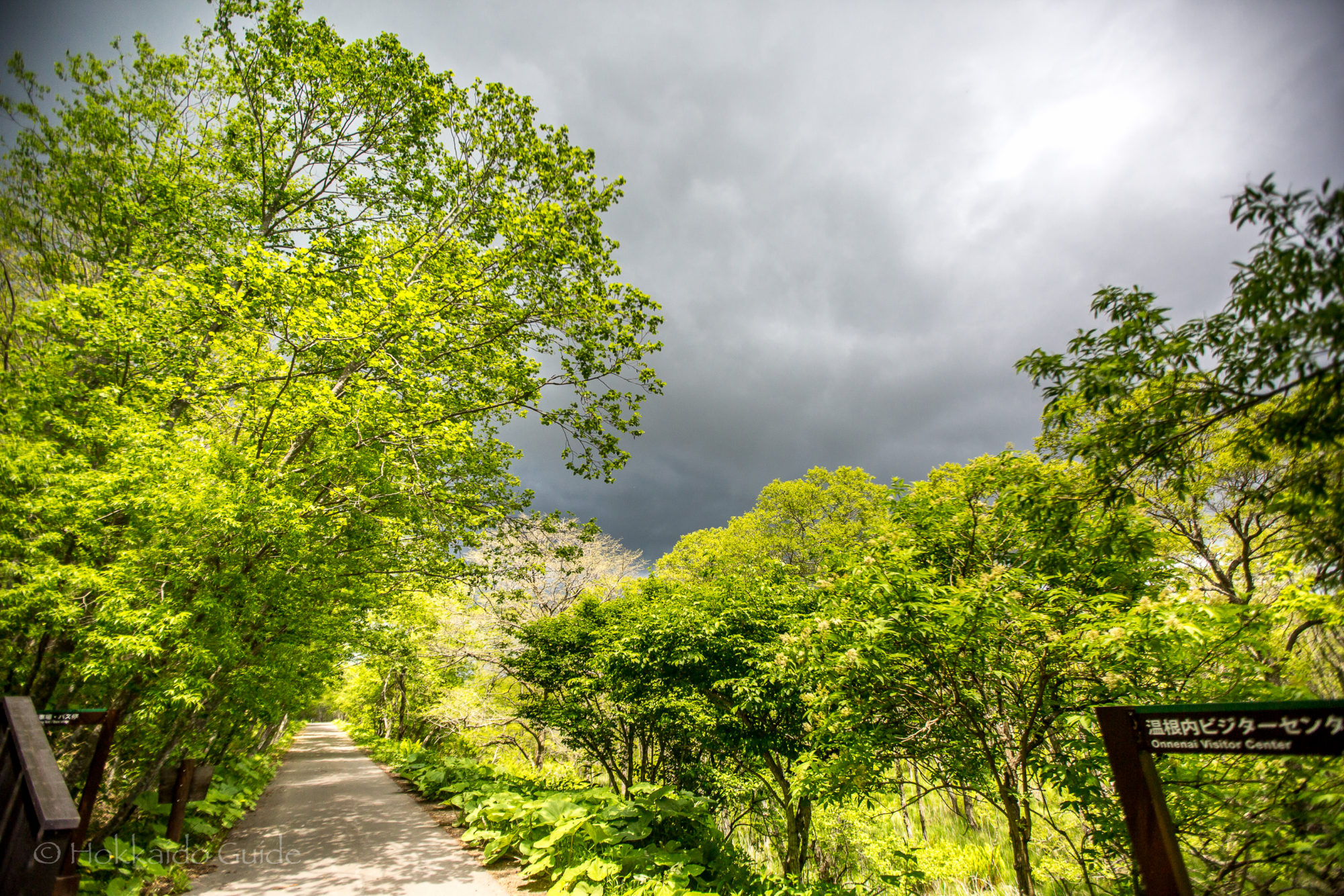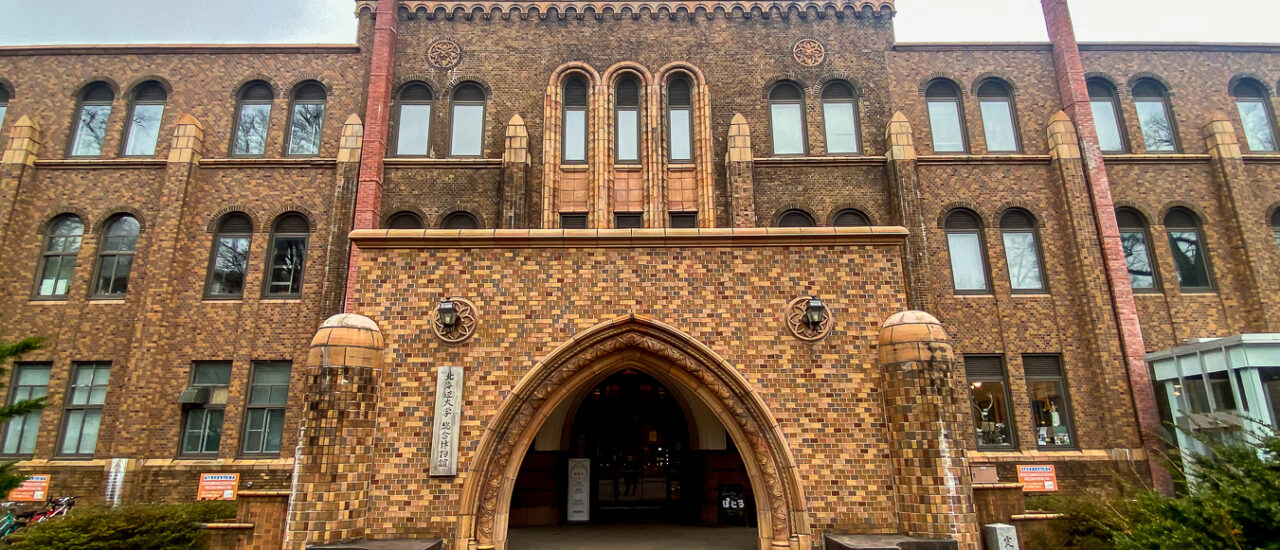
Tag: Sightseeing

Otaru Canal Museum & Information Center

| Admission | ¥300 |
| Opening Hours | 9:30 - 17:00 Information center closes at 18:00 |
| Closed | - |
| Contact | 013-4221-258 |
| Notes | Museum, wheelchair access, lockers available, sled activities (winter), paid parking close by |
| Location / Getting There | The museum is located right by Otaru Canal. It is a 10 minute walk south from Otaru train station. From the exit, walk down the main road to the canal. The museum is on the left, along route 454 2 Chome-1-20 Ironai, Otaru, Hokkaido 047-0031 |
 Otaru City General Museum Canal Museum has an extensive collection that introduces the history of Otaru City including information on the natural environment. The exhibition includes 20,000 objects and materials in its collection. The museum is located by Otaru Canal and can be found in the ‘former Otaru warehouse’. This beautiful building was constructed in 1887. The museum itself is a historical icon. In 2007, the museum was opened as well as the Otaru Information Center which has direct access to the museum.
Otaru City General Museum Canal Museum has an extensive collection that introduces the history of Otaru City including information on the natural environment. The exhibition includes 20,000 objects and materials in its collection. The museum is located by Otaru Canal and can be found in the ‘former Otaru warehouse’. This beautiful building was constructed in 1887. The museum itself is a historical icon. In 2007, the museum was opened as well as the Otaru Information Center which has direct access to the museum.
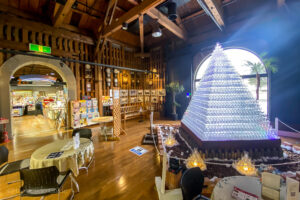 The first exhibition room looks at the history of Otaru from its origins connected with the Ainu. There are materials related to the Ainu as well as the herring fishing industry. The latter part of the exhibition looks at a cityscape of Otaru during the Taisho era (1912 – 1926). There are some hands on exhibits here. The second exhibition room looks at the extensive flora and fauna of the Otaru area. These fascinating exhibits include a skeleton of a giant sea lion. Apart from the museum, there is a nice small coffee shop located in the information center. The information center is recognizable by its champagne glass pyramid. This room as tonnes of information about Otaru. Very useful for tourists.
The first exhibition room looks at the history of Otaru from its origins connected with the Ainu. There are materials related to the Ainu as well as the herring fishing industry. The latter part of the exhibition looks at a cityscape of Otaru during the Taisho era (1912 – 1926). There are some hands on exhibits here. The second exhibition room looks at the extensive flora and fauna of the Otaru area. These fascinating exhibits include a skeleton of a giant sea lion. Apart from the museum, there is a nice small coffee shop located in the information center. The information center is recognizable by its champagne glass pyramid. This room as tonnes of information about Otaru. Very useful for tourists.
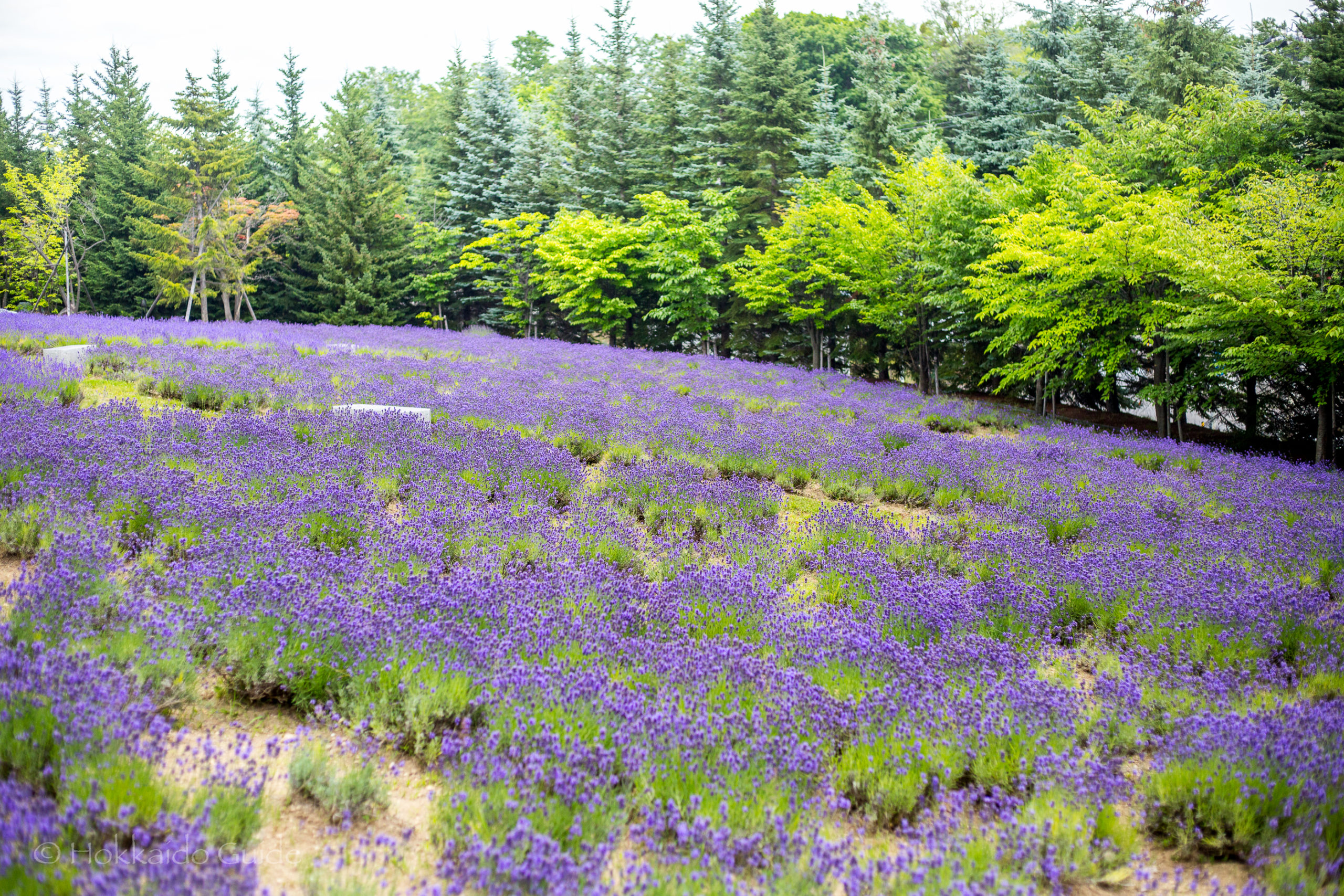
Tokai Lavender Fields
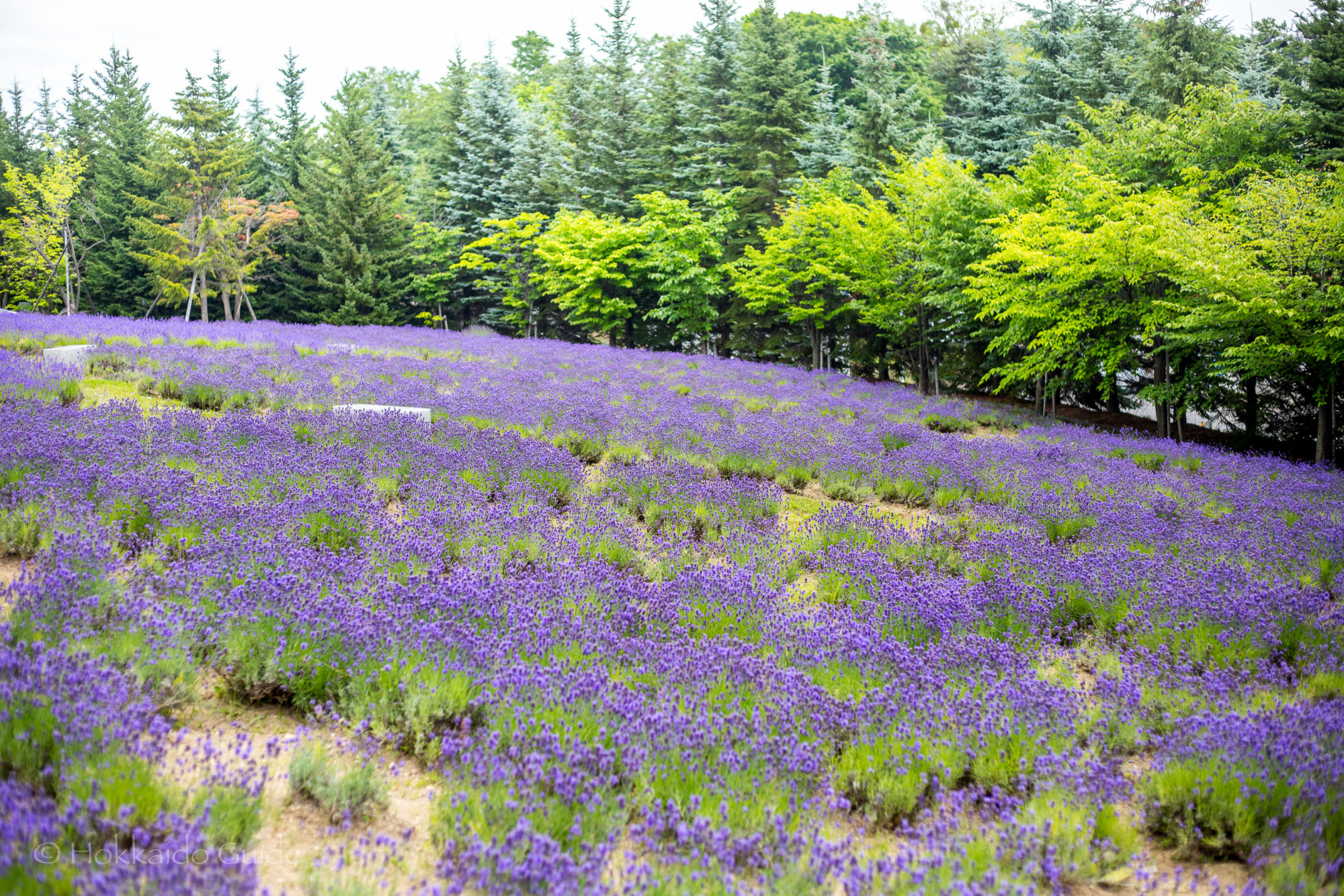
| Admission | Free |
| Opening Hours | - |
| Viewing times | July & August |
| Closed | - |
| Contact | - |
| Notes | Car needed, small parking area, festival in mid July |
| Location / Getting There | Located at Tokai School campus. It's a 30 minute drive from central Sapporo. Head south along Ishiyama Road and turn right onto route 82. Public transport, take the subway to Makomanai Station (Nanboku line). From here take the bus 24 to Tokai Highschool. 1 Chome-1-1 Minamisawa 5 Jo, Minami Ward, Sapporo, Hokkaido 005-8602 |
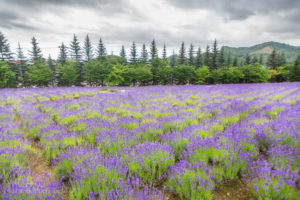 On the Tokai Sapporo School campus the grounds really comes alive with lavender. It is said that the south district of Sapporo, where the campus is located, is known as the birthplace of lavender cultivation in Japan. The lavender field here has been planned since 2002 and now it has 3,600 lavender plants that create a beautiful scene from late June to mid August. There is a festival held here annually in mid July. This includes a “lavender concert” which is performed by the brass band of the school here (noted as the best school brass band in Japan).
On the Tokai Sapporo School campus the grounds really comes alive with lavender. It is said that the south district of Sapporo, where the campus is located, is known as the birthplace of lavender cultivation in Japan. The lavender field here has been planned since 2002 and now it has 3,600 lavender plants that create a beautiful scene from late June to mid August. There is a festival held here annually in mid July. This includes a “lavender concert” which is performed by the brass band of the school here (noted as the best school brass band in Japan).
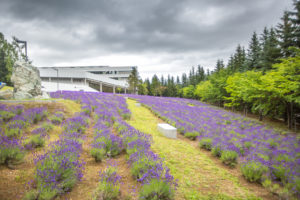 During the festival a ‘Yosakoi Soran’ dance is also performed by the students. The festival has become an annual event not only for the students but also for the whole community. The fields are accessed easier by car. There is a large parking lot right near the campus grounds and this parking is free. For those taking the bus, the bus stop is directly in front of the school. These lavender fields are pleasant to walk around. They have a few benches on which to rest. The backdrop of the new modern school is also nice. These small lavender fields are not well known so for those traveling you can experience a very local and non touristy sightseeing spot!
During the festival a ‘Yosakoi Soran’ dance is also performed by the students. The festival has become an annual event not only for the students but also for the whole community. The fields are accessed easier by car. There is a large parking lot right near the campus grounds and this parking is free. For those taking the bus, the bus stop is directly in front of the school. These lavender fields are pleasant to walk around. They have a few benches on which to rest. The backdrop of the new modern school is also nice. These small lavender fields are not well known so for those traveling you can experience a very local and non touristy sightseeing spot!
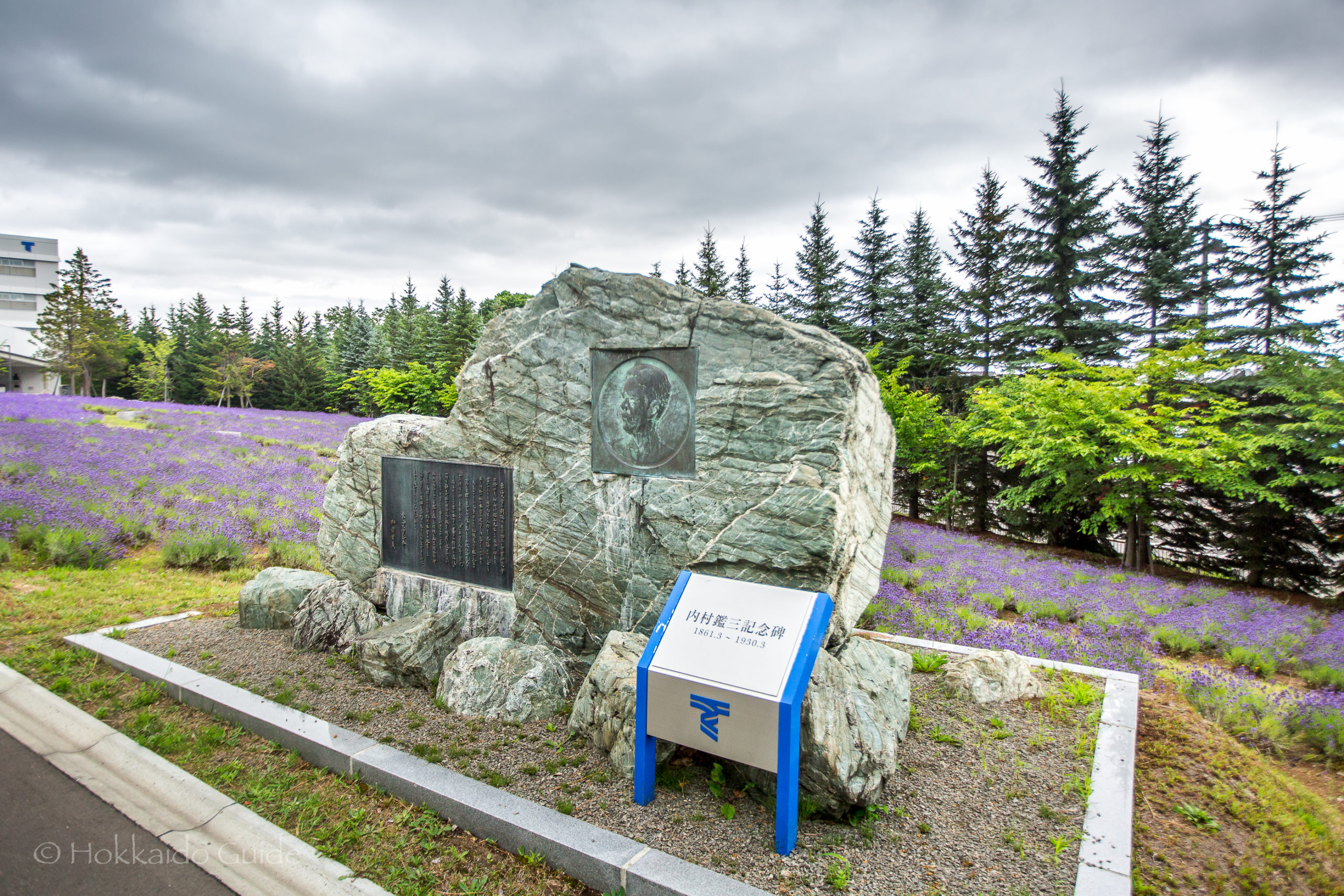
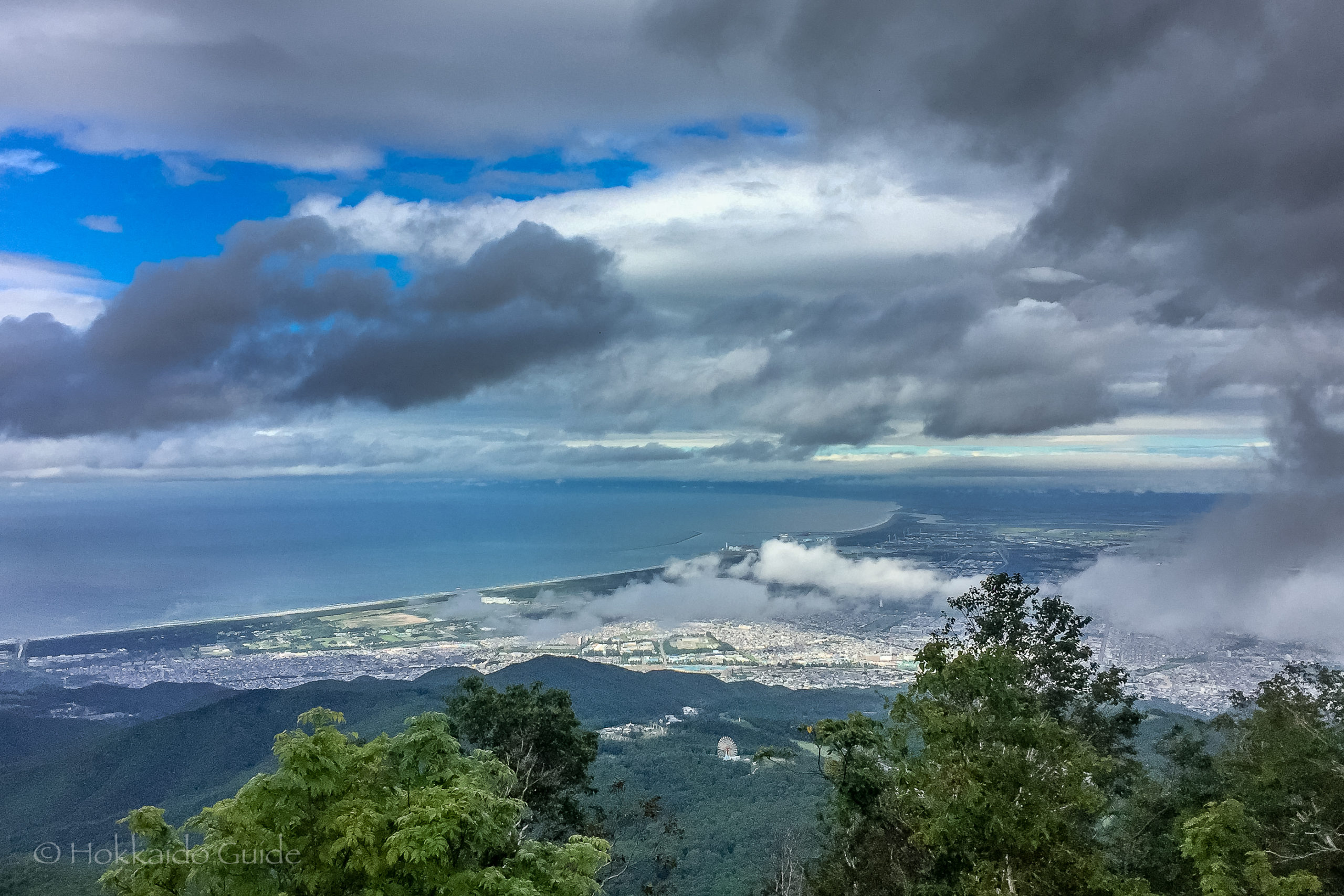
Mt. Teine
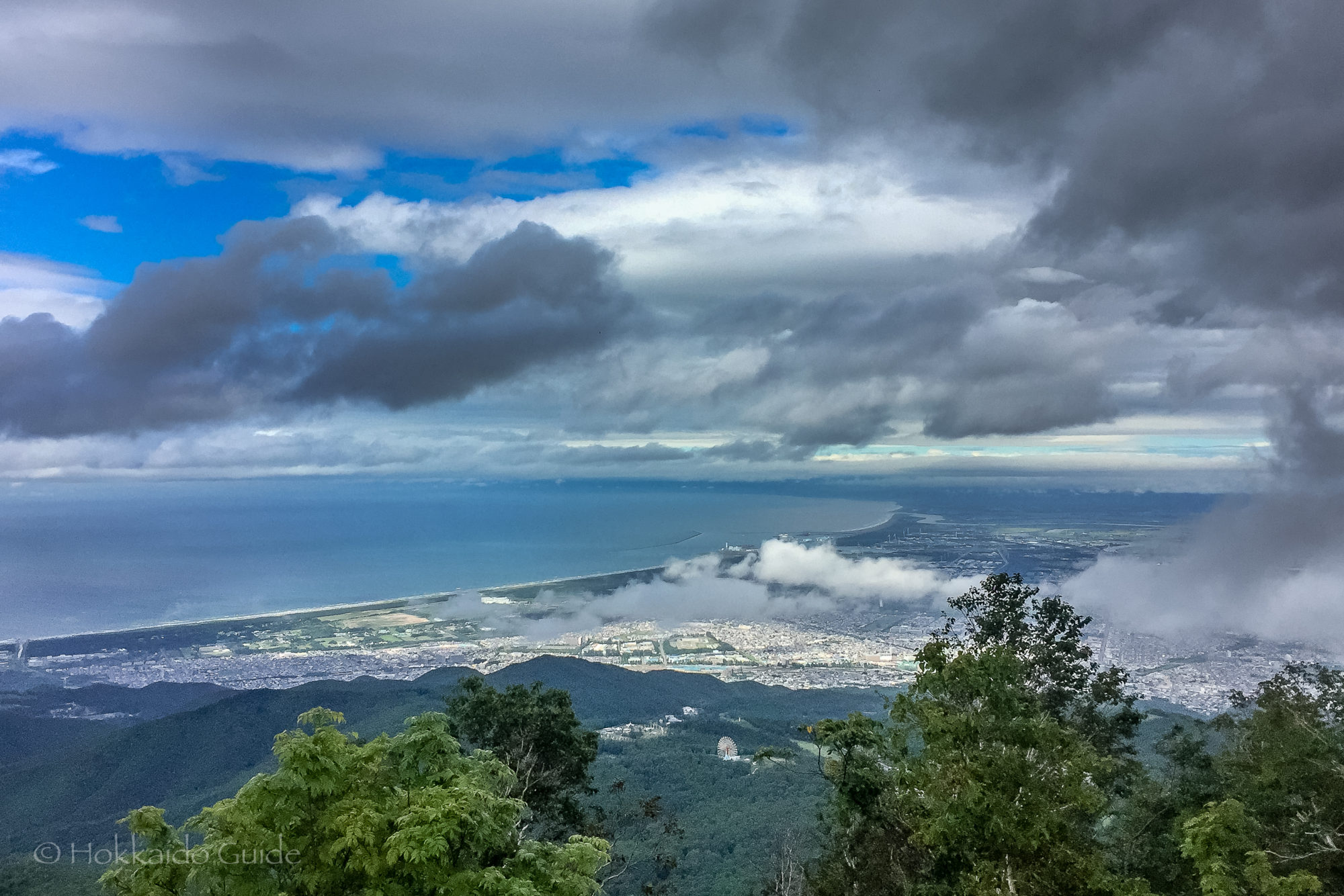
| Height | 1,023 metres |
| Length | 10km round trip |
| Hiking Time | Summer - 3 hours to summit |
| Notes | Hiking trail, popular ski field in winter, car access |
| Location / Getting There | To hike the trail during summer. Drive to Heiwa no Taki (peace waterfall). This drive is a 30 minute drive east from central Sapporo. From the shrine near the waterfall you can find the trail head. During winter, it is a 1 hour drive from central Sapporo. The easiest route is to get on route 5 and then turn left onto the road that leads up to the mountain top. Heiwa, Nishi Ward, Sapporo, Hokkaido 063-0029 |
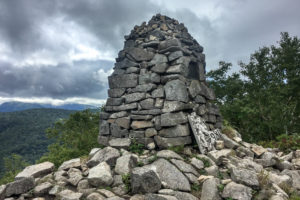 Mt Teine is a very popular mountain on the western outskirts of the city of Sapporo. The mountain has an elevation of 1,023 meters, or 3,356 feet. This mountain is busy during summer as well as winter. During the winter months Mt Teine serves as a ski resort which sees thousands of locals and visitors enjoying the ski slopes whether it be skiing, or snowboarding. Mt Teine was one of the sites of the first Winter Olympics held in Asia, in 1972. This mountain hosted the giant slalom and slalom events in alpine skiing.
Mt Teine is a very popular mountain on the western outskirts of the city of Sapporo. The mountain has an elevation of 1,023 meters, or 3,356 feet. This mountain is busy during summer as well as winter. During the winter months Mt Teine serves as a ski resort which sees thousands of locals and visitors enjoying the ski slopes whether it be skiing, or snowboarding. Mt Teine was one of the sites of the first Winter Olympics held in Asia, in 1972. This mountain hosted the giant slalom and slalom events in alpine skiing.
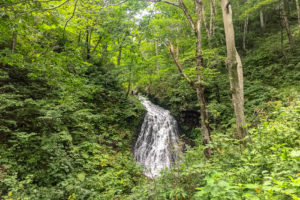 During the summer months there are hiking trails that lead to the summit of the mountain. For those who don’t wish to hike the trail (which takes about 2 hours to the top), there is an access road which can be used to drive up where you can enjoy the views over Sapporo and Ishikari Bay. The trail head can be found at Heiwa no Taki (peace waterfall). There is parking here and you can find the trail next to an old shrine here. Along the path you can see the Nunojikino Falls, a small waterfall, plus along the path you can pick wild vegetables including mushrooms. The trail turns into a rocky slope near the top so be sure to wear suitable foot wear.
During the summer months there are hiking trails that lead to the summit of the mountain. For those who don’t wish to hike the trail (which takes about 2 hours to the top), there is an access road which can be used to drive up where you can enjoy the views over Sapporo and Ishikari Bay. The trail head can be found at Heiwa no Taki (peace waterfall). There is parking here and you can find the trail next to an old shrine here. Along the path you can see the Nunojikino Falls, a small waterfall, plus along the path you can pick wild vegetables including mushrooms. The trail turns into a rocky slope near the top so be sure to wear suitable foot wear.
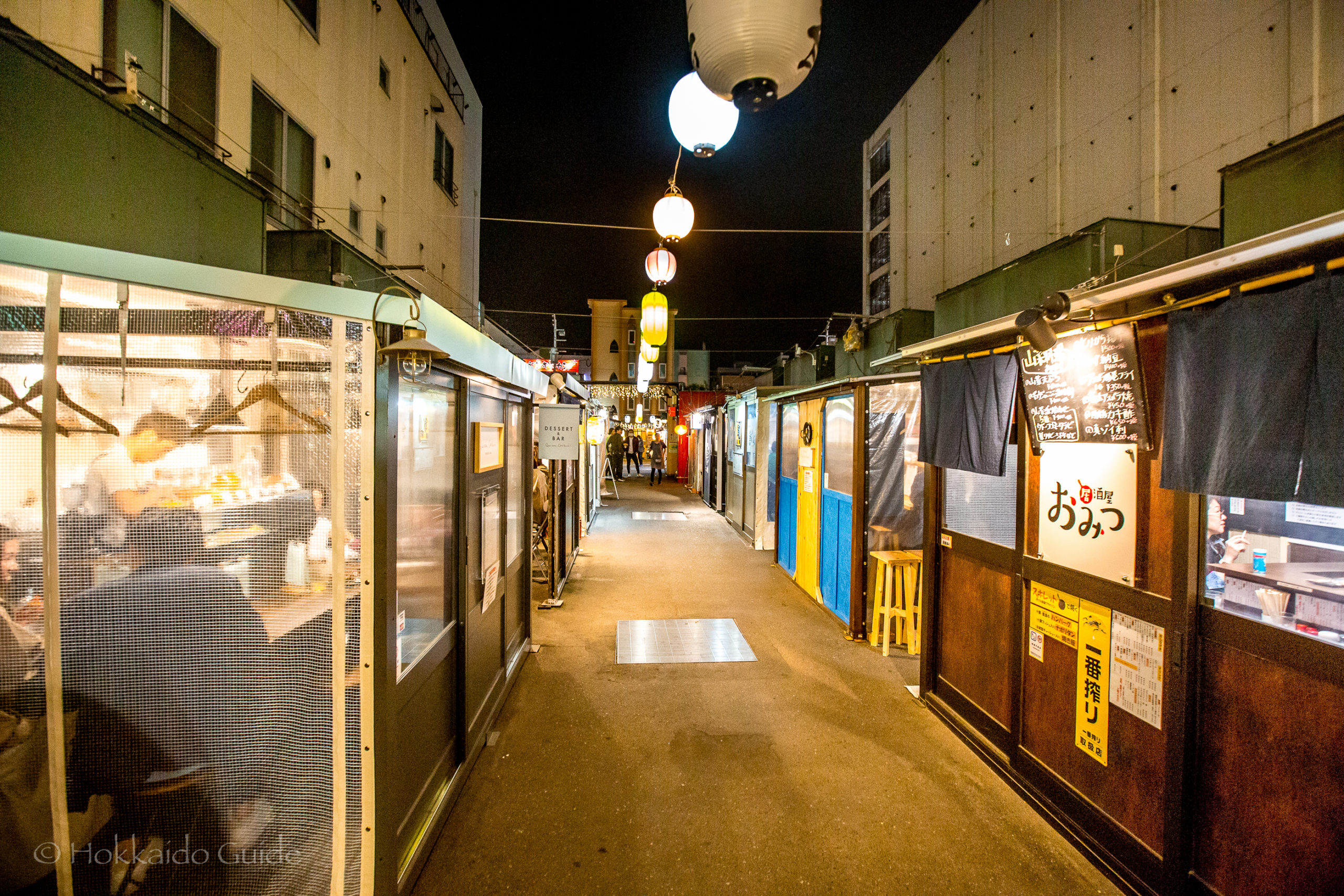
Tokachi No Nagaya & Kita No Yatai
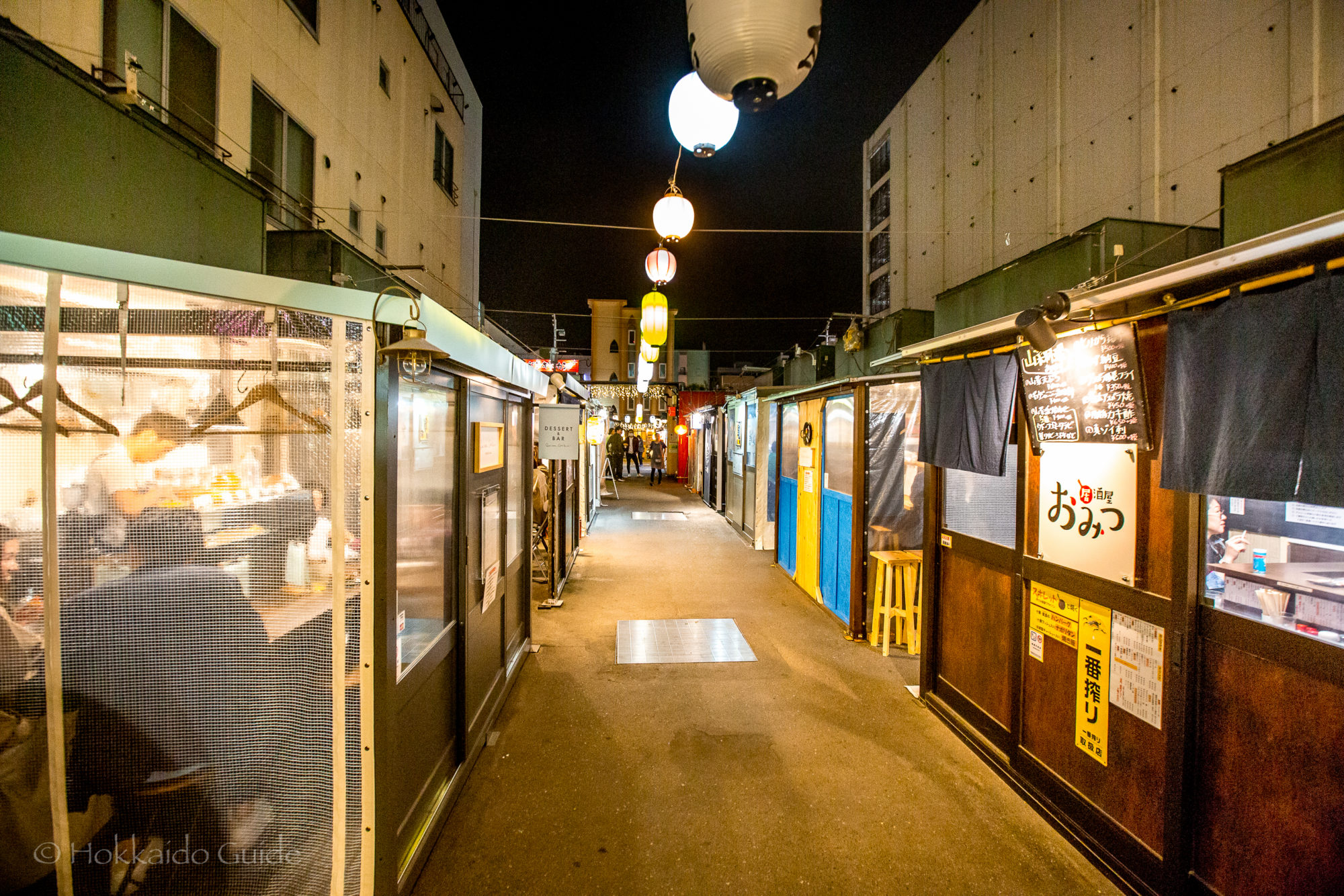
| Opening Hours | *17:00 - 24:00 Each bar has its own opening and closing times. Some stay open until 03:00 |
| Closed | *Depends on bar |
| Contact | 0155-26-2330 http://www.tokachinonagaya.com/nagaya |
| Notes | Walking street with small bars and restaurants, toilets, smoking area, paid parking near the area. |
| Location / Getting There | The street is a 7 minute walk north from the JR Obihiro station. From the airport it's 40 minutes to Obihiro Station Bus Terminal by city hotel patrol bus (¥1000 one way). 10-chome, Nishi 1 Jominami, Obihiro-shi, Hokkaido |
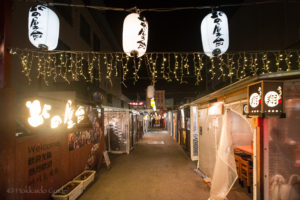 For a night out on the town in Obihiro most of the bars and restaurants are on the north side of Obihiro Station. Walking the streets you will come across Tokachi No Nagaya & Kitanoyatai. These narrow streets cover two blocks and seem to be one of the most popular areas for the locals. Lining the streets are around forty small bars, izakayas, and restaurants. They are all quite compact and can fit up to around twelve people (some even have standing space only). Each bar is unique and as you walk down the street you can see and hear the revelers enjoying a good night out on the town.
For a night out on the town in Obihiro most of the bars and restaurants are on the north side of Obihiro Station. Walking the streets you will come across Tokachi No Nagaya & Kitanoyatai. These narrow streets cover two blocks and seem to be one of the most popular areas for the locals. Lining the streets are around forty small bars, izakayas, and restaurants. They are all quite compact and can fit up to around twelve people (some even have standing space only). Each bar is unique and as you walk down the street you can see and hear the revelers enjoying a good night out on the town.
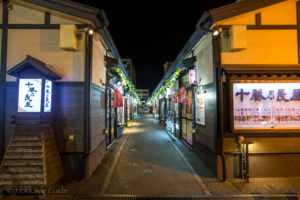 The compact shops at Kita no Yatai and Tokachi no Nagaya serve locally brewed sake and the food here is fantastic. You can find dishes made from the fresh produce of Tokachi. One of the great things about these bars is that they are open all year and can be enjoyed in any weather. They have covers to keep the warmth in winter and are opened out during the summer. There is a great atmosphere throughout the streets and is a great Japanese experience. These streets are a must see while in Obihiro and worth more than one visit to enjoy all the bars and restaurants!
The compact shops at Kita no Yatai and Tokachi no Nagaya serve locally brewed sake and the food here is fantastic. You can find dishes made from the fresh produce of Tokachi. One of the great things about these bars is that they are open all year and can be enjoyed in any weather. They have covers to keep the warmth in winter and are opened out during the summer. There is a great atmosphere throughout the streets and is a great Japanese experience. These streets are a must see while in Obihiro and worth more than one visit to enjoy all the bars and restaurants!
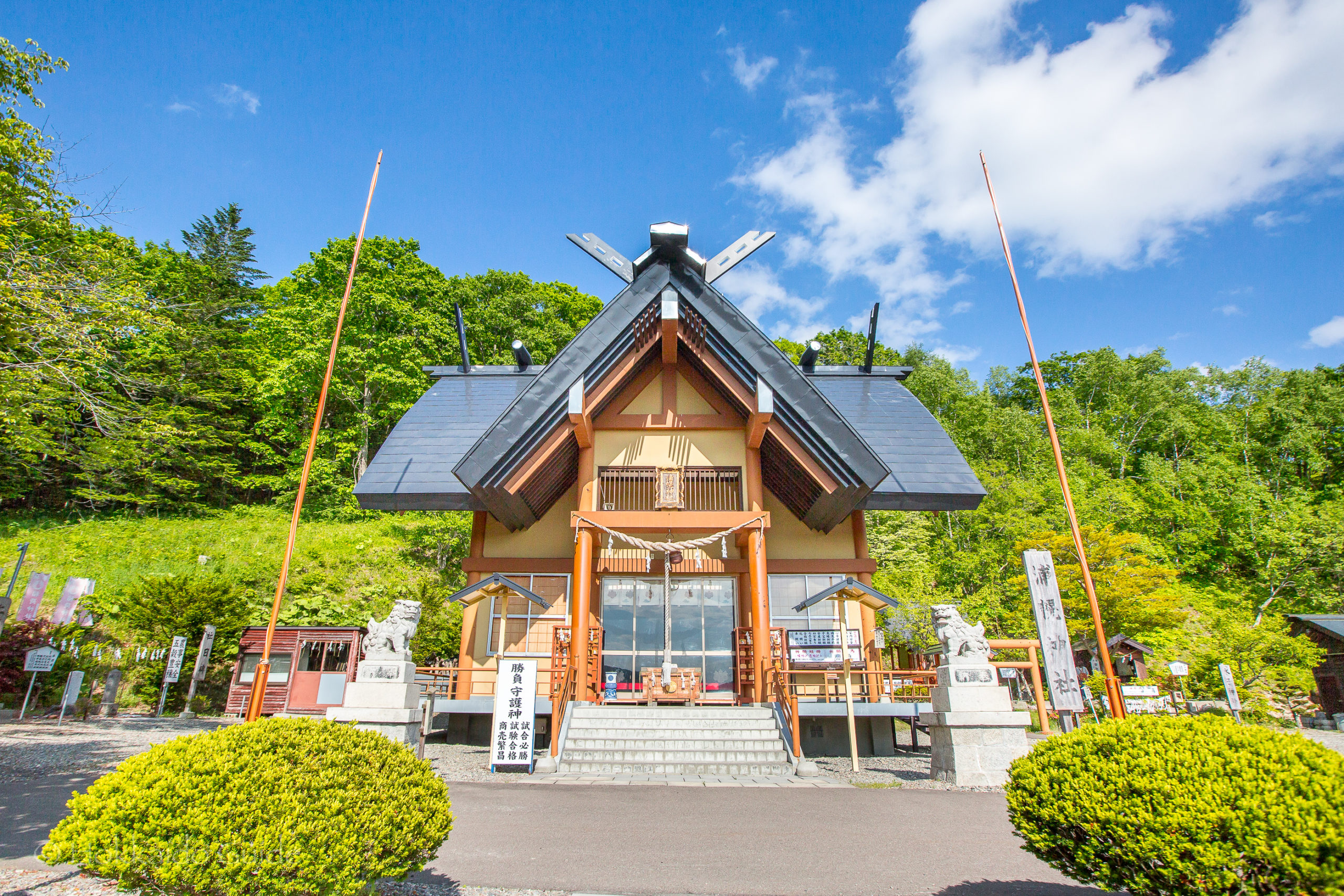
Urahoro Shrine

| Admission | - |
| Opening Hours | 8:00 - 20:00 |
| Closed | - |
| Contact | 011-5576-2448 |
| Notes | Shinto shrine, parking available |
| Location / Getting There | The shrine is located along route 38. It is overlooking the town of Urahoro. It is a 16 minute walk from Urahoro train station. 18-1 Higashiyamacho, Urahoro, Tokachi District, Hokkaido 089-5612 |
 During the Meiji Era, as the town of Urahoro (on the south east coast of Hokkaido) was being developed, the pioneers called for the construction of a shrine to serve as a spiritual centre. On August 15, 1896, a small shrine was erected, enshrining Amaterasu (goddess of the sun and the universe). In the latter half of the Meiji period, the small shrine was relocated to a location near the entrance to Forest Park in Urahoro. In 1923, the main shrine was built overlooking the town and stands as it is today. In 1996, the shrine building was renovated, and in August, the 100th anniversary of the founding of the shrine was celebrated.
During the Meiji Era, as the town of Urahoro (on the south east coast of Hokkaido) was being developed, the pioneers called for the construction of a shrine to serve as a spiritual centre. On August 15, 1896, a small shrine was erected, enshrining Amaterasu (goddess of the sun and the universe). In the latter half of the Meiji period, the small shrine was relocated to a location near the entrance to Forest Park in Urahoro. In 1923, the main shrine was built overlooking the town and stands as it is today. In 1996, the shrine building was renovated, and in August, the 100th anniversary of the founding of the shrine was celebrated.
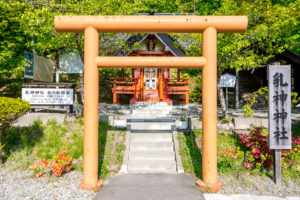 The grounds are also home to other points of interest. Nearby the main shrine, there is Nyukami Shrine. This shrine houses a sacred object. In the forest behind the shrine there was an old oak tree with two bumps that looked like breasts. In the Taisho era (1912-1926), an old woman named Yoshida prayed to this tree and the worship of the ‘milk goddess’ originated. The tree was destroyed by a typhoon in 1962 but the two humps of the tree were preserved and place in Nyukami Shrine. In 2015, a “Business Card Dedication Station” was built in the area, so that riders can pray for traffic safety. Next to Nyukami Shrine is Mizuko Shrine. The deities enshrined here are to comfort and protect the souls of water children.
The grounds are also home to other points of interest. Nearby the main shrine, there is Nyukami Shrine. This shrine houses a sacred object. In the forest behind the shrine there was an old oak tree with two bumps that looked like breasts. In the Taisho era (1912-1926), an old woman named Yoshida prayed to this tree and the worship of the ‘milk goddess’ originated. The tree was destroyed by a typhoon in 1962 but the two humps of the tree were preserved and place in Nyukami Shrine. In 2015, a “Business Card Dedication Station” was built in the area, so that riders can pray for traffic safety. Next to Nyukami Shrine is Mizuko Shrine. The deities enshrined here are to comfort and protect the souls of water children.
| 1st and 15th of every month | Prayers for the safety of the Imperial Family, peace for the nation, and peace for the Urahoro worshippers. |
| January 1 | New Years Day. Prayer for the safety of the Imperial Family, peace for the nation, and a good harvest for the year. |
| January 15 | The burning of old Shinto prayer cards and charms. Prayer for good health. On the day before the first day of spring, there is the purification the evil spirits. The doors of the main shrine are opened to offer thanks to the Milk God and prayer for spring. |
| June 30 | Grand purification ceremony and Nagoshi-no-harai (summer purification). A Shinto ritual to purge the sins and impurities of the past six months and pray for good health. |
| August | On the evening before the last Sunday of the month, There is the summer portable shrine procession festival (Mikoshi & Yoimiya Festival). The portable shrine is purified the night before the main festival, and the gods are notified that the big festival will be held tomorrow. On the last Sunday of the month, the portable shrine will be paraded through the town to pray for the safety of each family and the prosperity of each company. |
| September 20 | Autumn Grand Festival Prayers and dedication events are held for the Ujigami (local deity), which has been handed down from the pioneers. The doors of the main shrine are opened to offer thanks to the Goddess of Milk and pray for the autumn. The god of the land and the god of agriculture are invited to give thanks for the year's harvest and to pray for the safety. Prayers are offered to the gods for the healthy growth of children who are three, five, and seven years old. Prayers are offered for the harvest and labor to the gods of the 24 shrines in Urahoro Town. |
| December 31 | New Year's Eve Purification Ceremony and Nightfall Festival is held to purify the sins and impurities of the year from the body and soul using dolls, and to pray for good health in the New Year. |
| December 30 to January 5 | The shrine grounds are illuminated. |
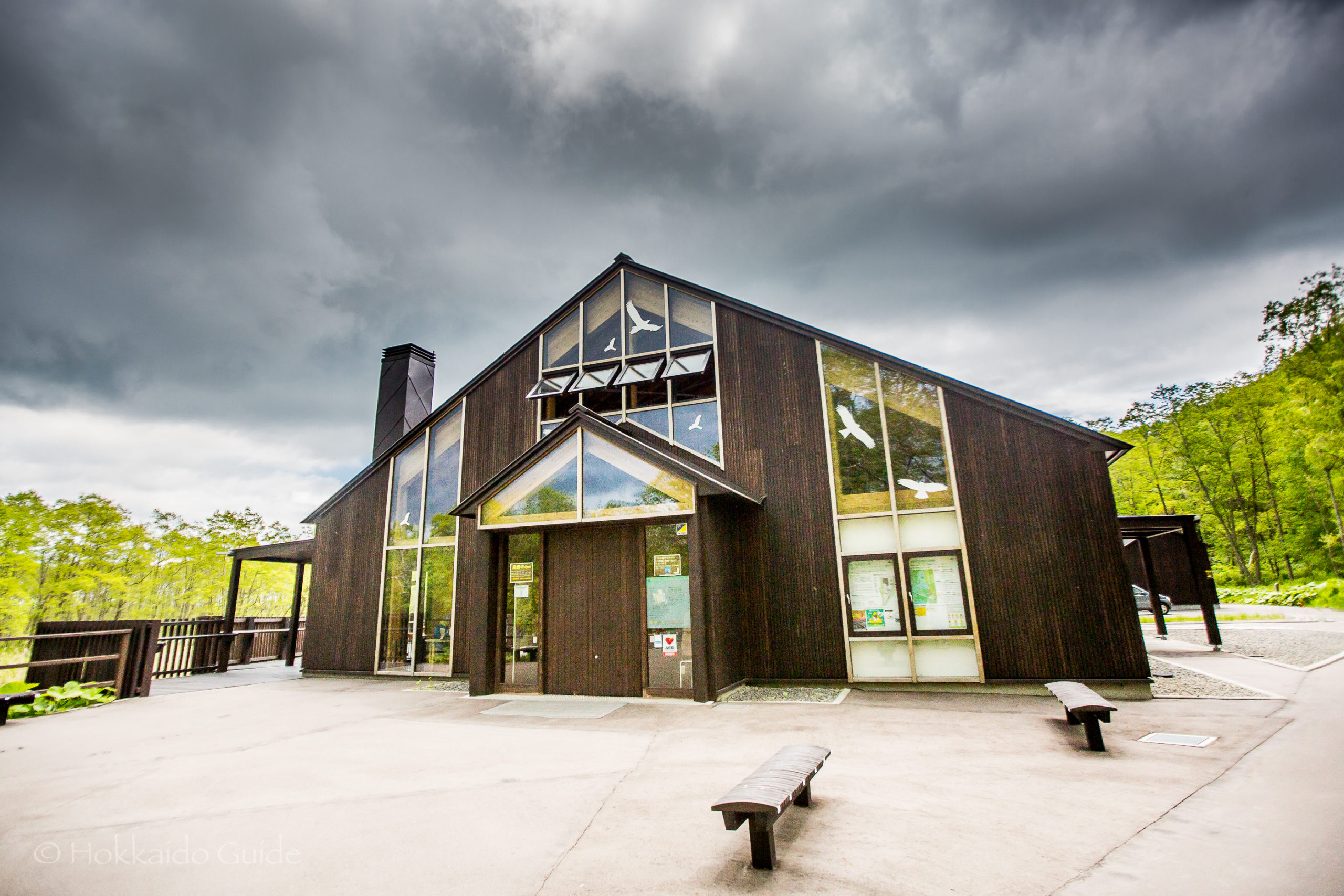
Onnenai Visitor Center
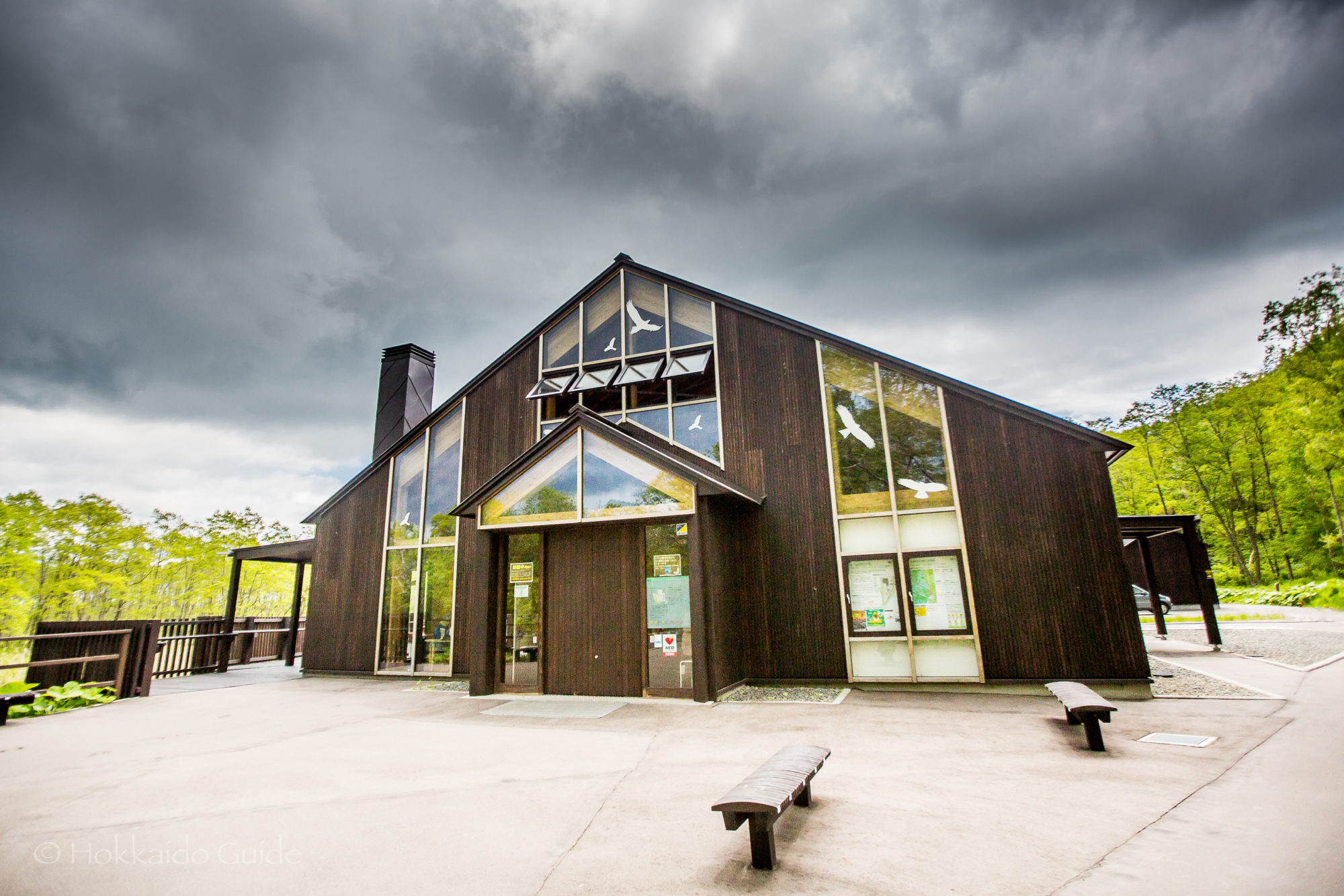
| Admission | Free |
| Opening Hours | 9:00 to 17:00 April - October 9:00 to 16:00 November - March |
| Closed | Tuesdays New Year Holidays |
| Contact | 011-5465-2323 |
| Notes | Museum, information center, restrooms, *wheelchair access, walking paths *contact center prior to arrival for special parking access |
| Location / Getting There | About 40 minutes by car from Kushiro Station, there is a parking lot along Route 53. For public transport take the 'Akan Bus' Tsurui Line / Hororo Line to the Onnenai Visitor Center Bus Stop. The center is a 5 minutes walk away from the parking. Onnenai, Tsurui, Akan District, Hokkaido 085-1145 |
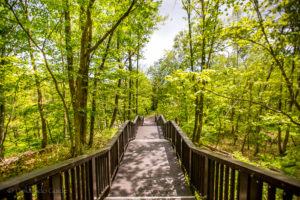 The Kushiro Shitsugen National Park, also known as the Kushiro Marshland is a sprawling national park to the north of Kushiro. There are half a dozen observation decks, museums, and walking paths that surround the park. The Onnenai Visitor Center is one of these museums and can be found on the western side of the marshland. It is a point of contact between the marsh and the forest that leads down to the national park. It is here, that visitors can learn about the marsh, take a break, plus enjoy the walking courses throughout the year.
The Kushiro Shitsugen National Park, also known as the Kushiro Marshland is a sprawling national park to the north of Kushiro. There are half a dozen observation decks, museums, and walking paths that surround the park. The Onnenai Visitor Center is one of these museums and can be found on the western side of the marshland. It is a point of contact between the marsh and the forest that leads down to the national park. It is here, that visitors can learn about the marsh, take a break, plus enjoy the walking courses throughout the year.
[the_ad id=”4264″]
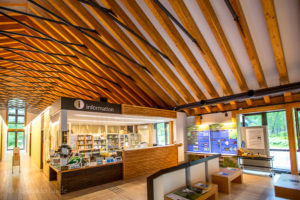 At the center, via video panels, you can learn about the plants and animals that live in the national park. This area can be visited in any season. The lush greenery in spring, the golden leaves in autumn, the winter snow, and during the summer months of July and August, you can see the marsh lit by the glow of fireflies. Cross-country skiing is possible in the winter, and you can rent skis and snowshoes free of charge from the facility. There are three separate walking courses from the center. The shortest being a short ten minute course. the middle course is 2 kilometers, and the longest course is around 3.1 kilometers. Free and paid guided nature walks are available. Cross-country skiing is possible in the winter, and you can rent skis and snowshoes free of charge from the facility.
At the center, via video panels, you can learn about the plants and animals that live in the national park. This area can be visited in any season. The lush greenery in spring, the golden leaves in autumn, the winter snow, and during the summer months of July and August, you can see the marsh lit by the glow of fireflies. Cross-country skiing is possible in the winter, and you can rent skis and snowshoes free of charge from the facility. There are three separate walking courses from the center. The shortest being a short ten minute course. the middle course is 2 kilometers, and the longest course is around 3.1 kilometers. Free and paid guided nature walks are available. Cross-country skiing is possible in the winter, and you can rent skis and snowshoes free of charge from the facility.

